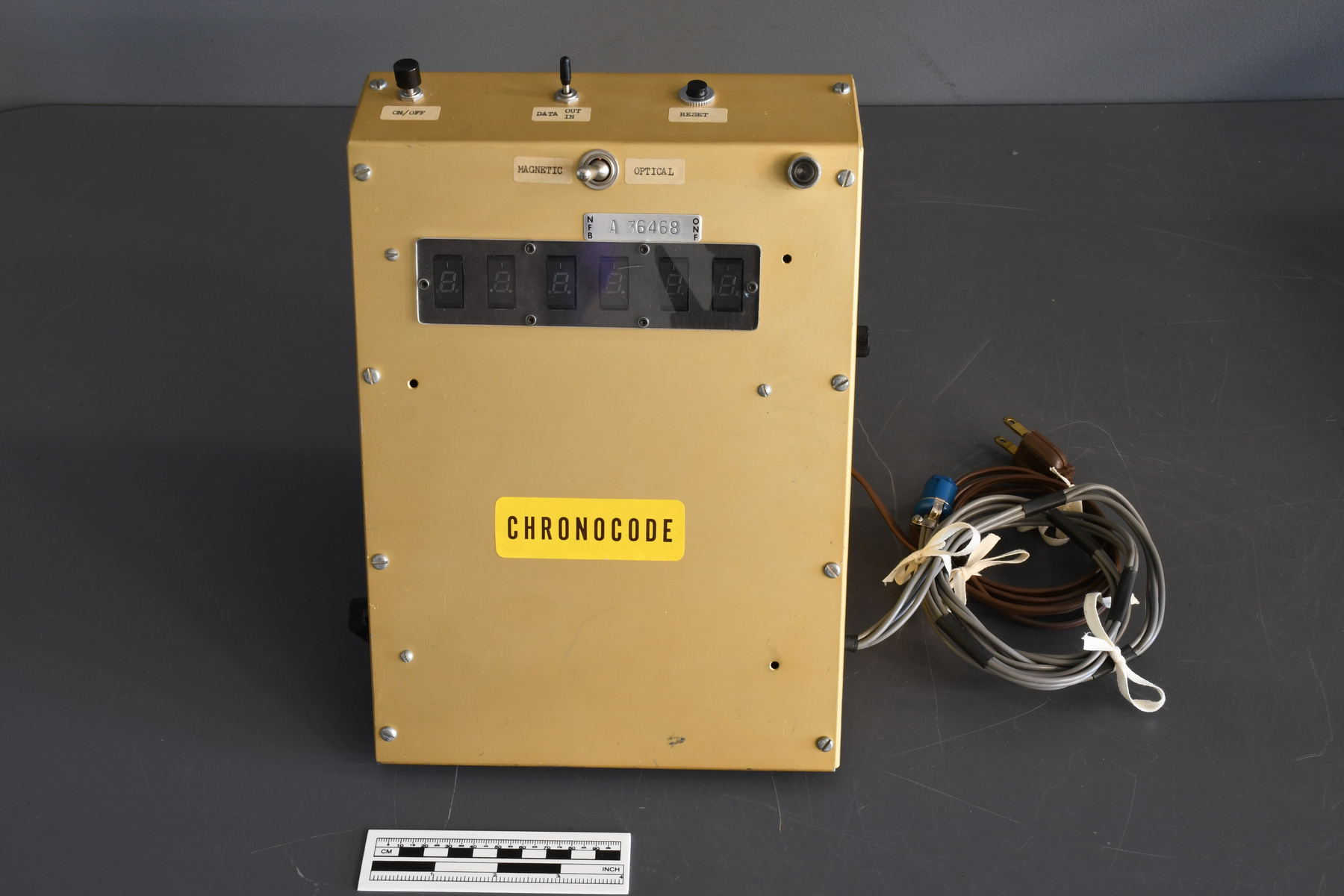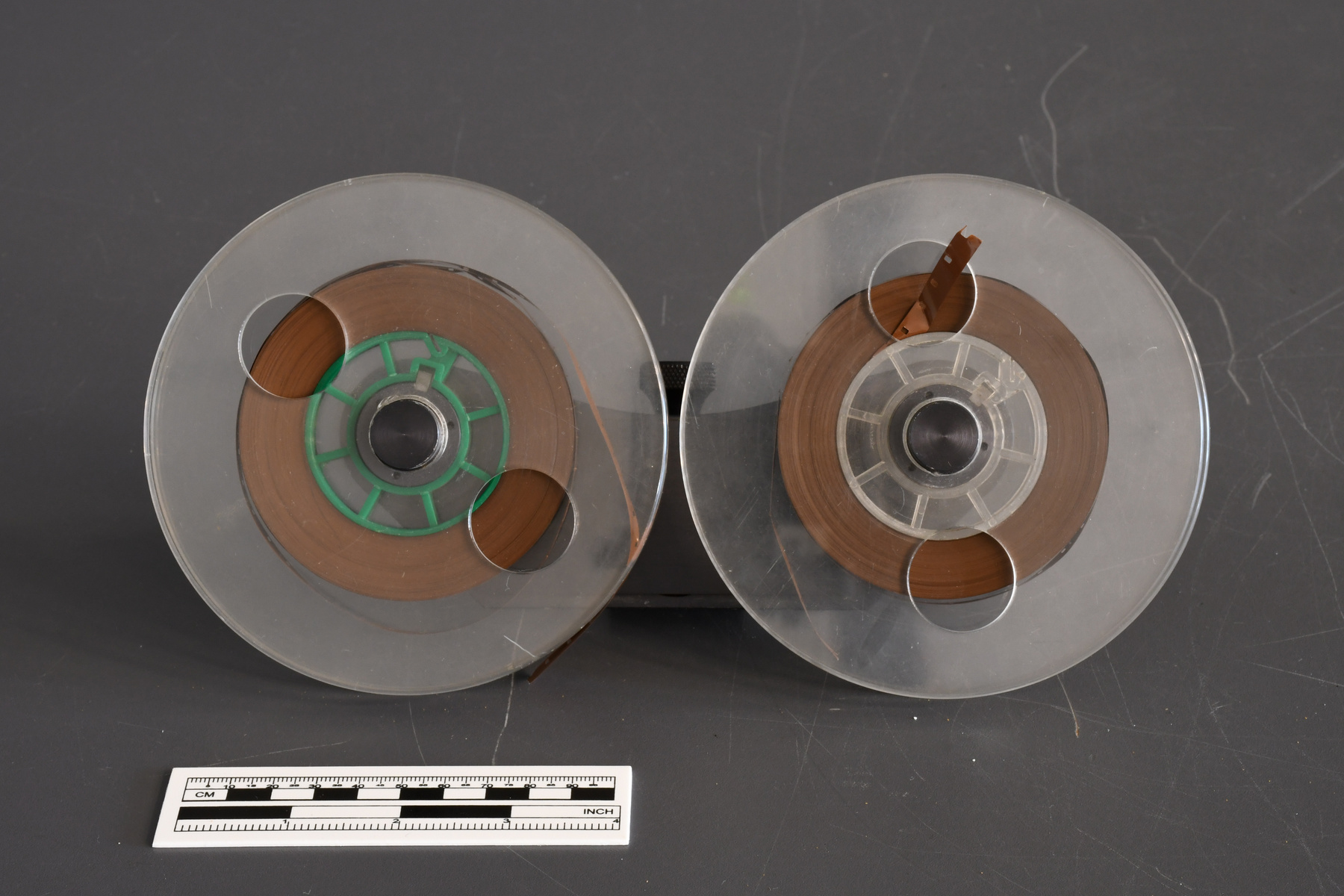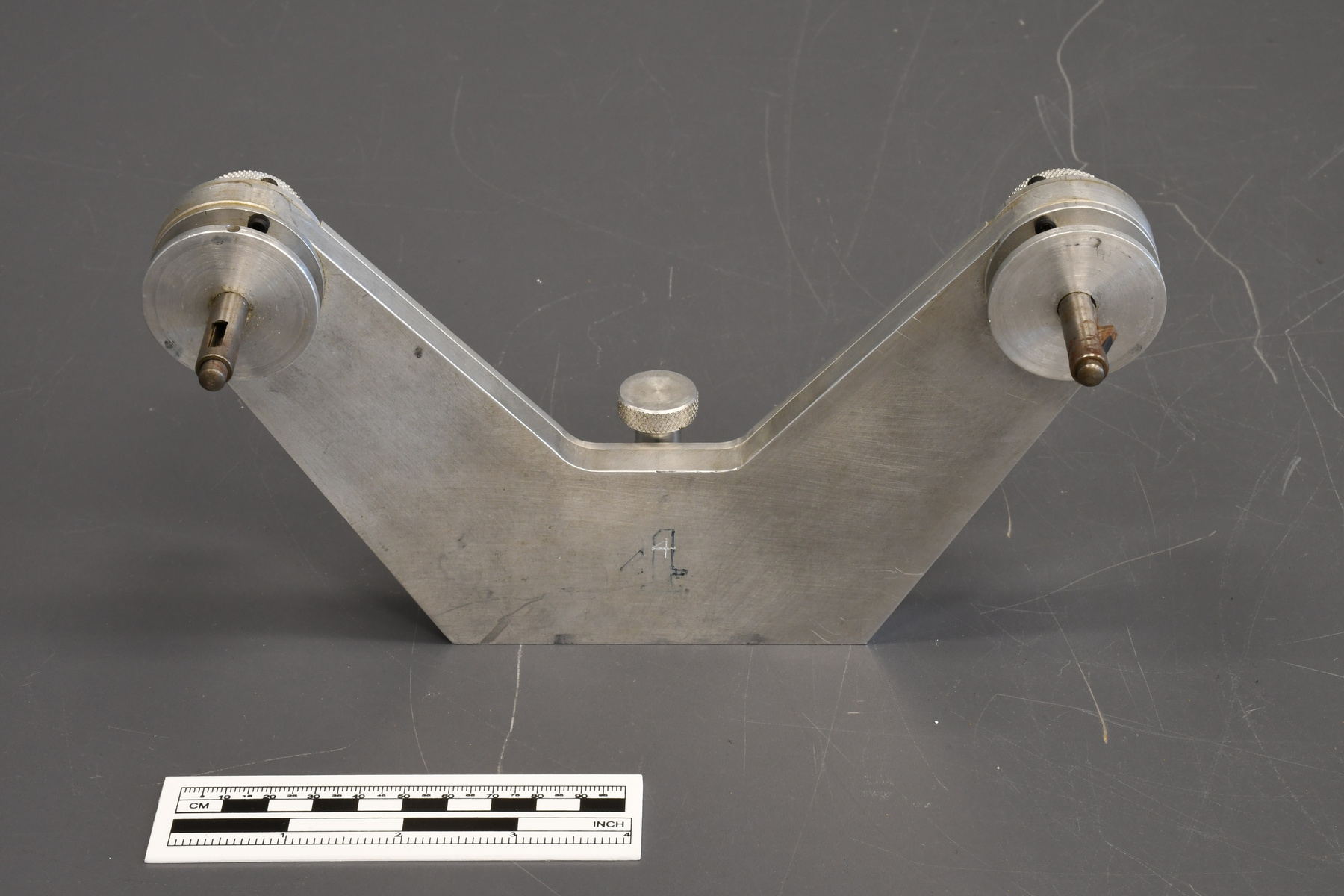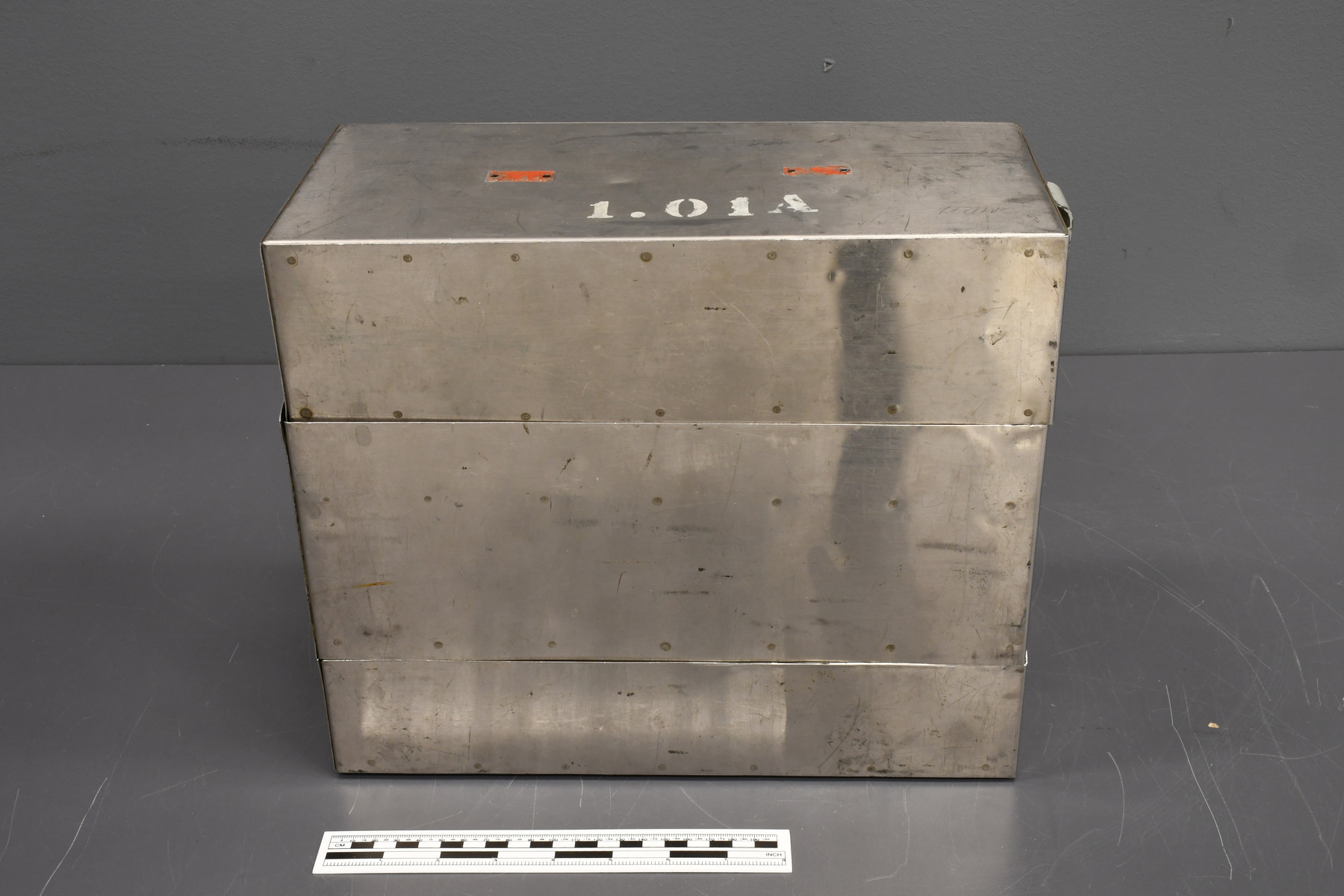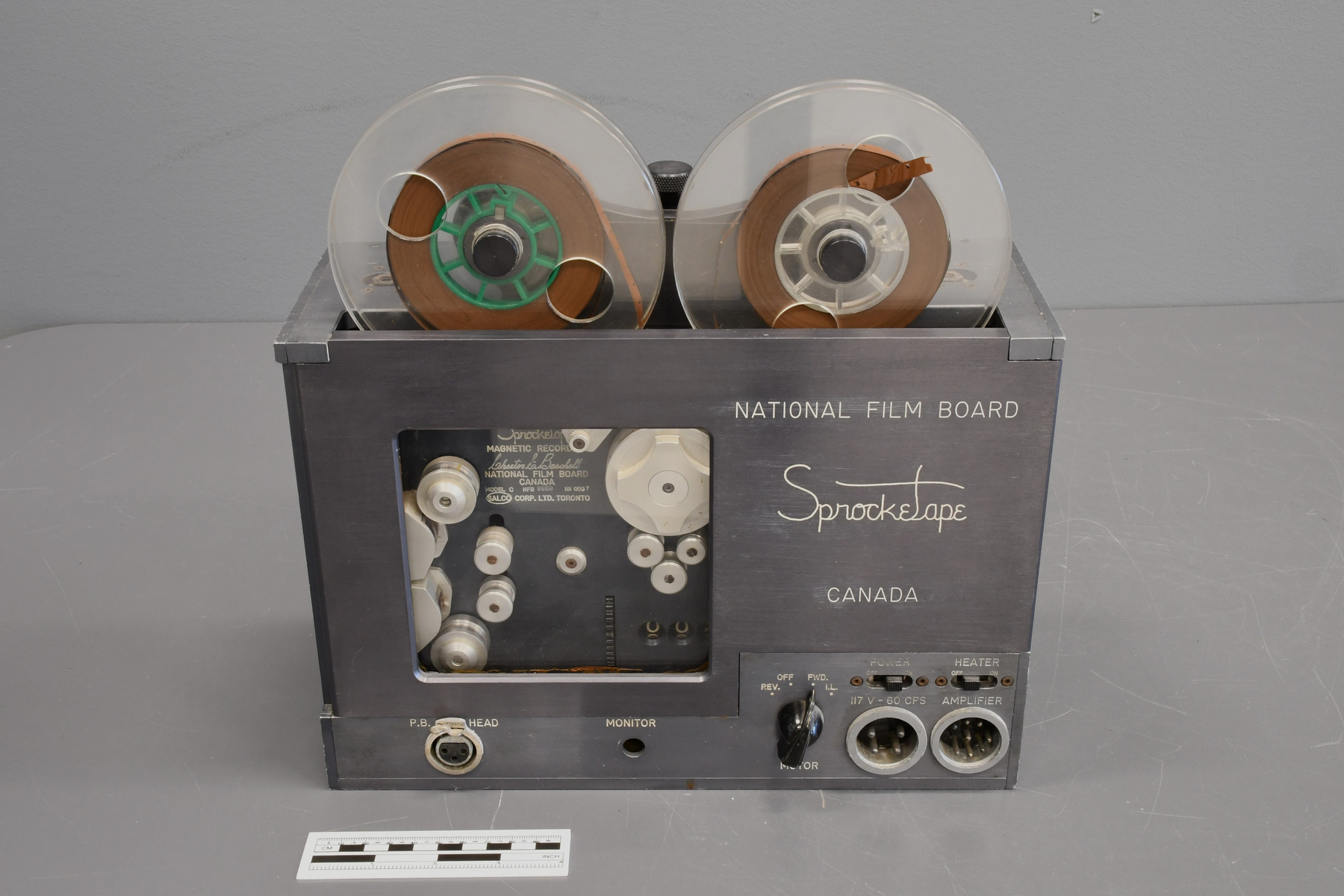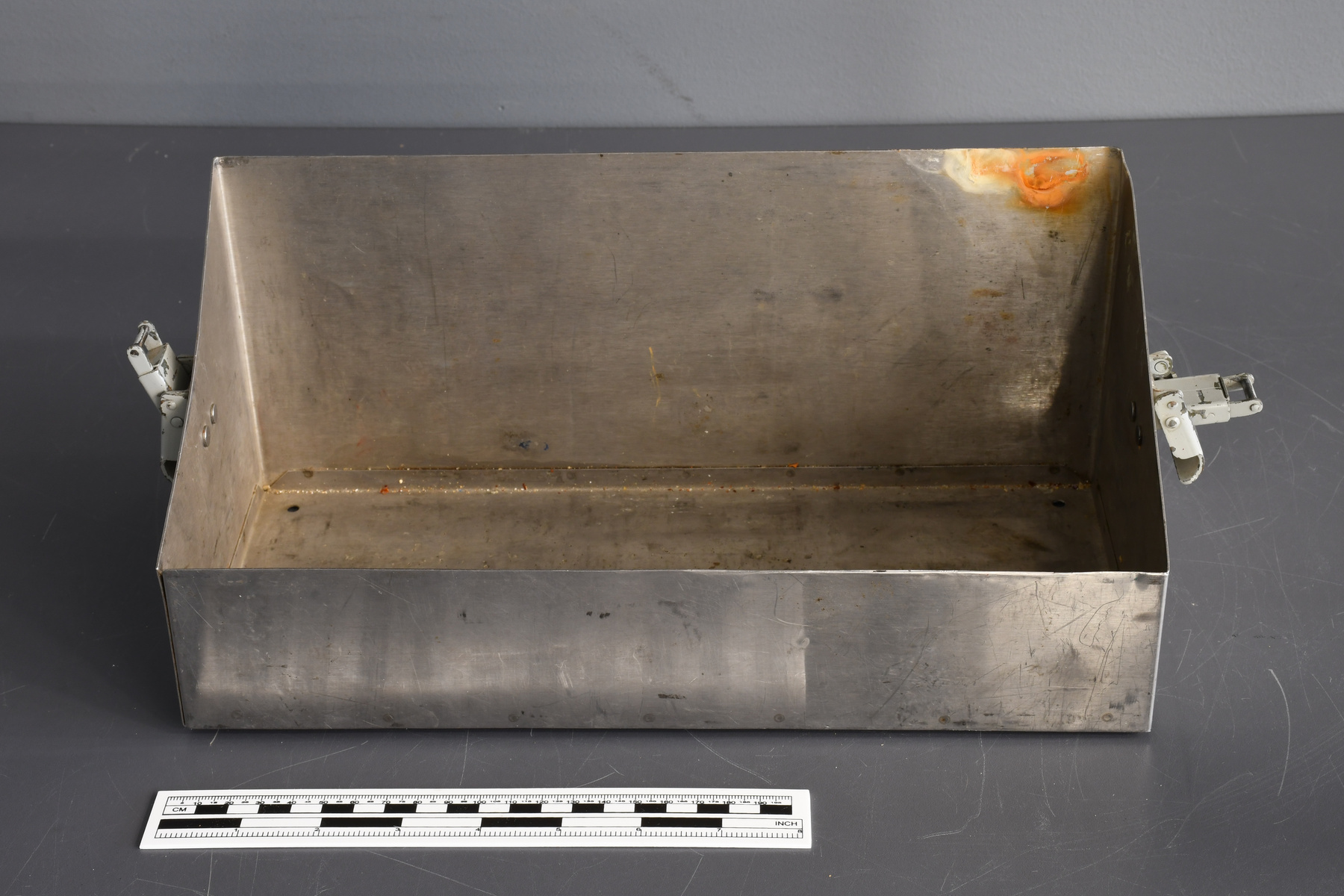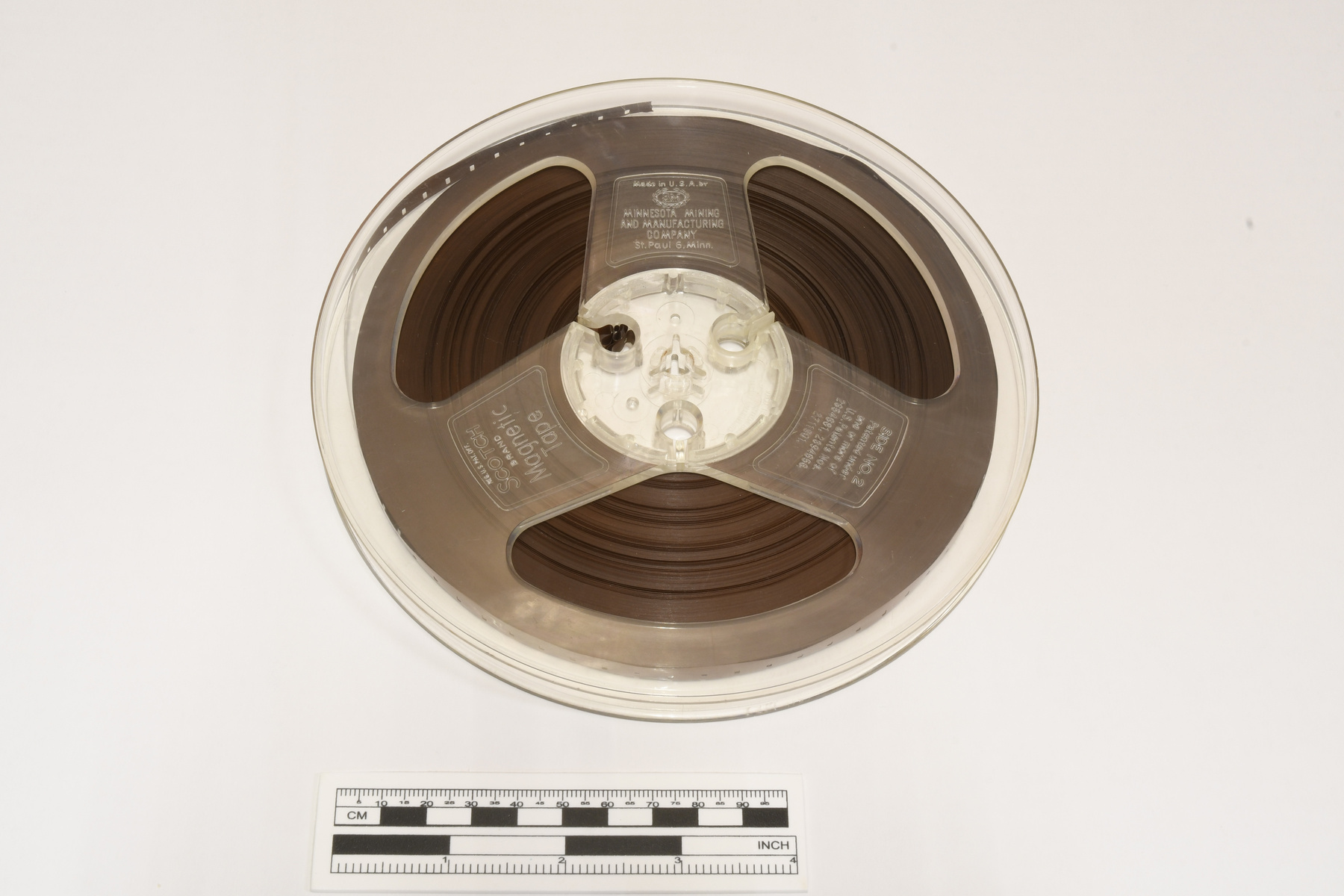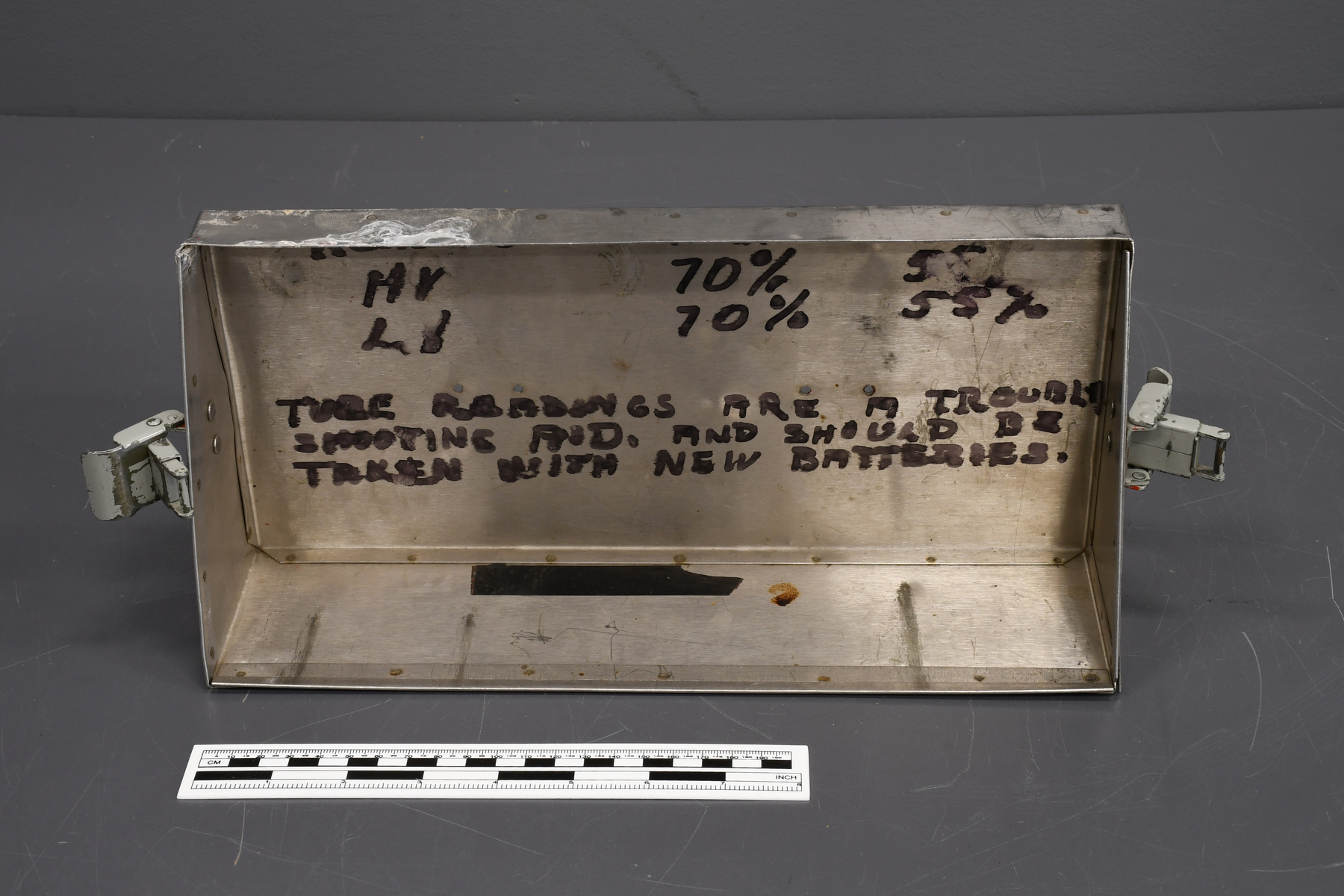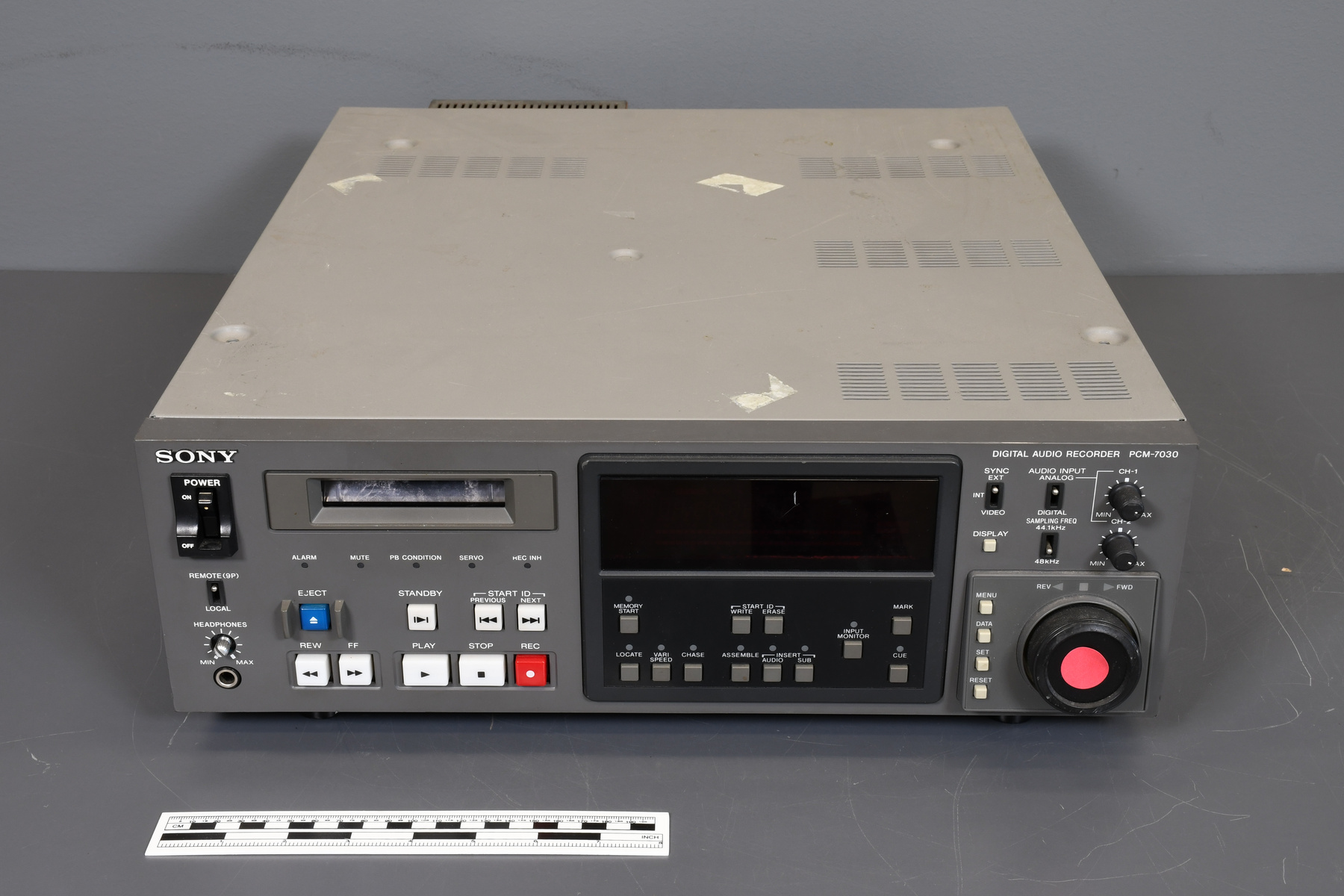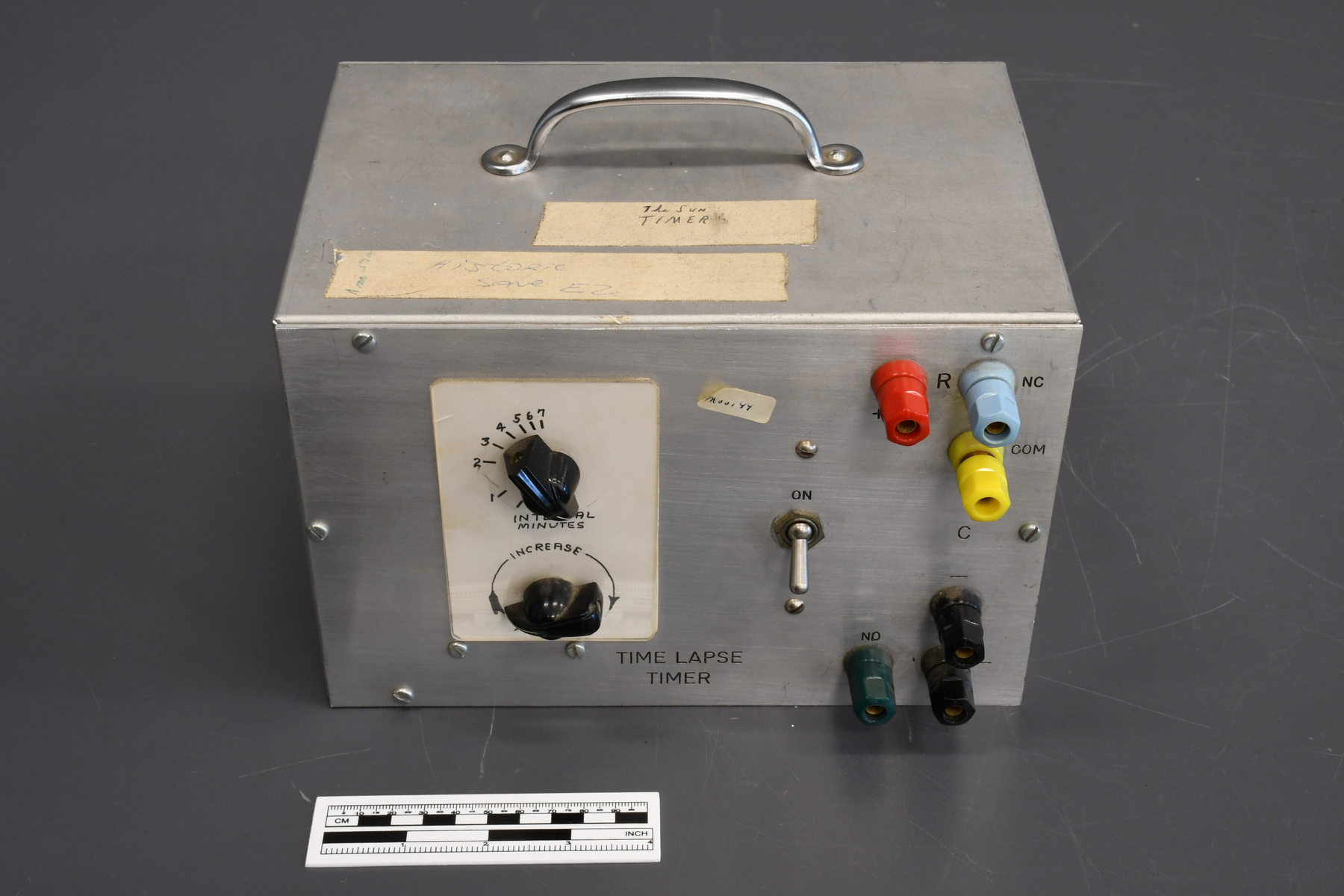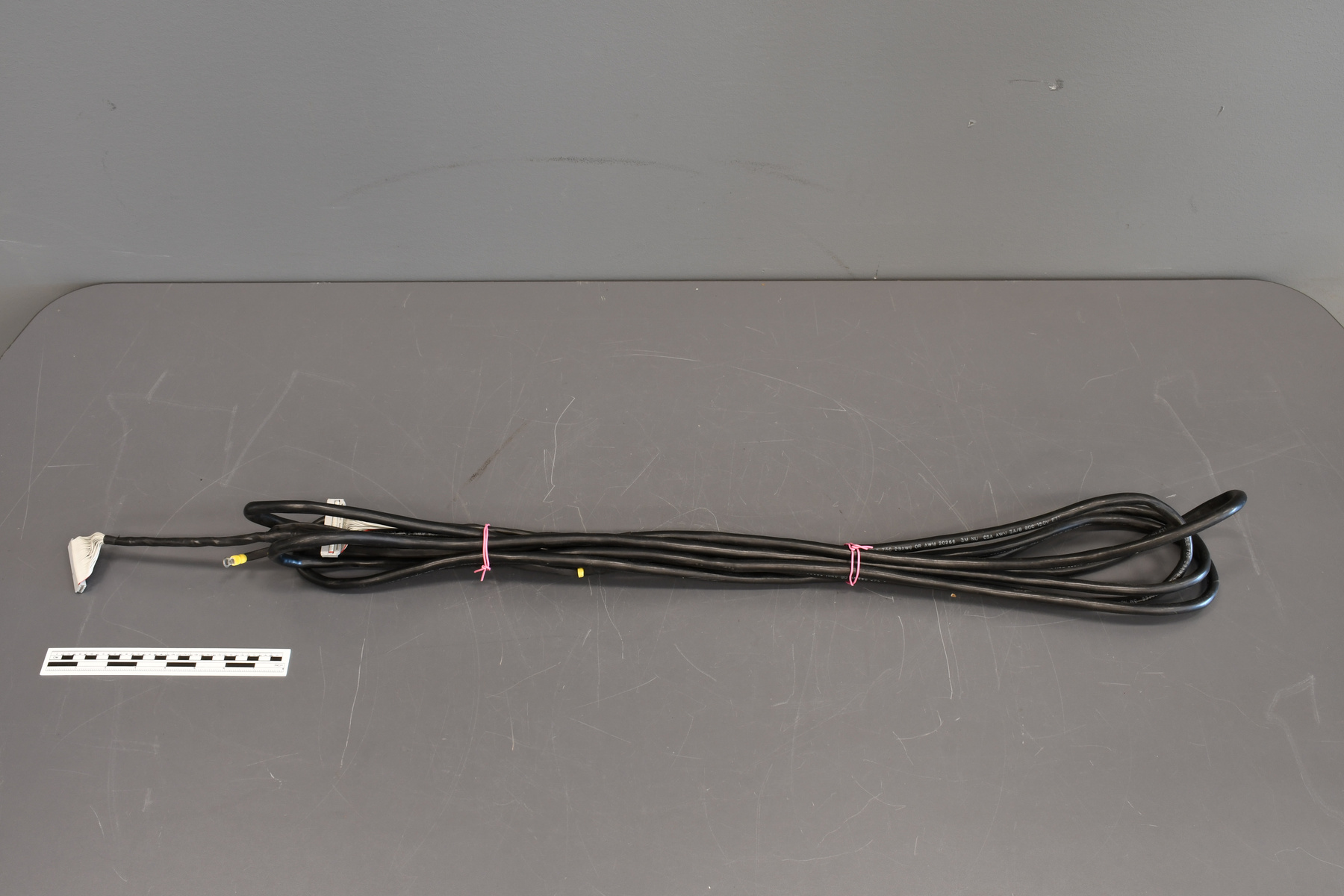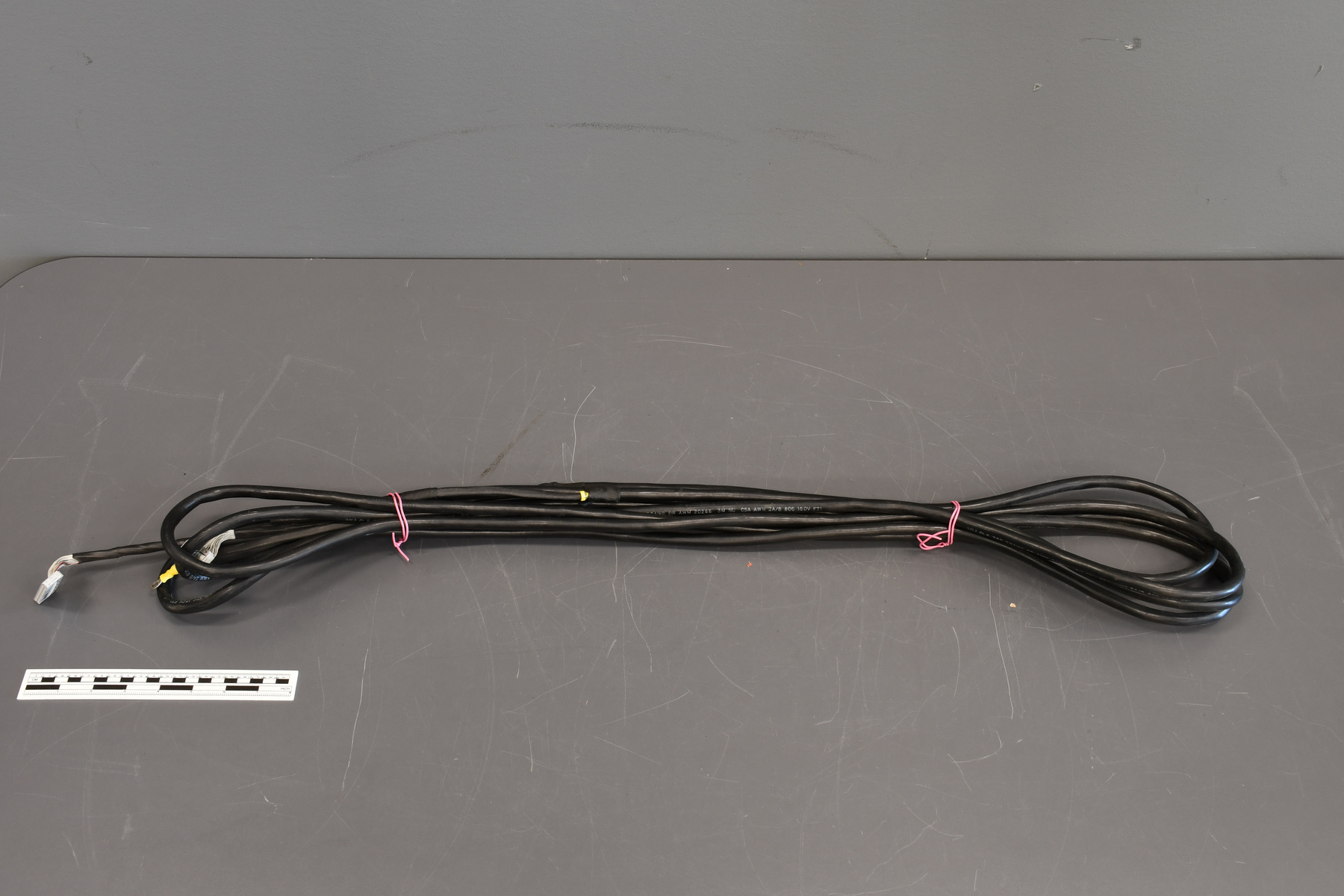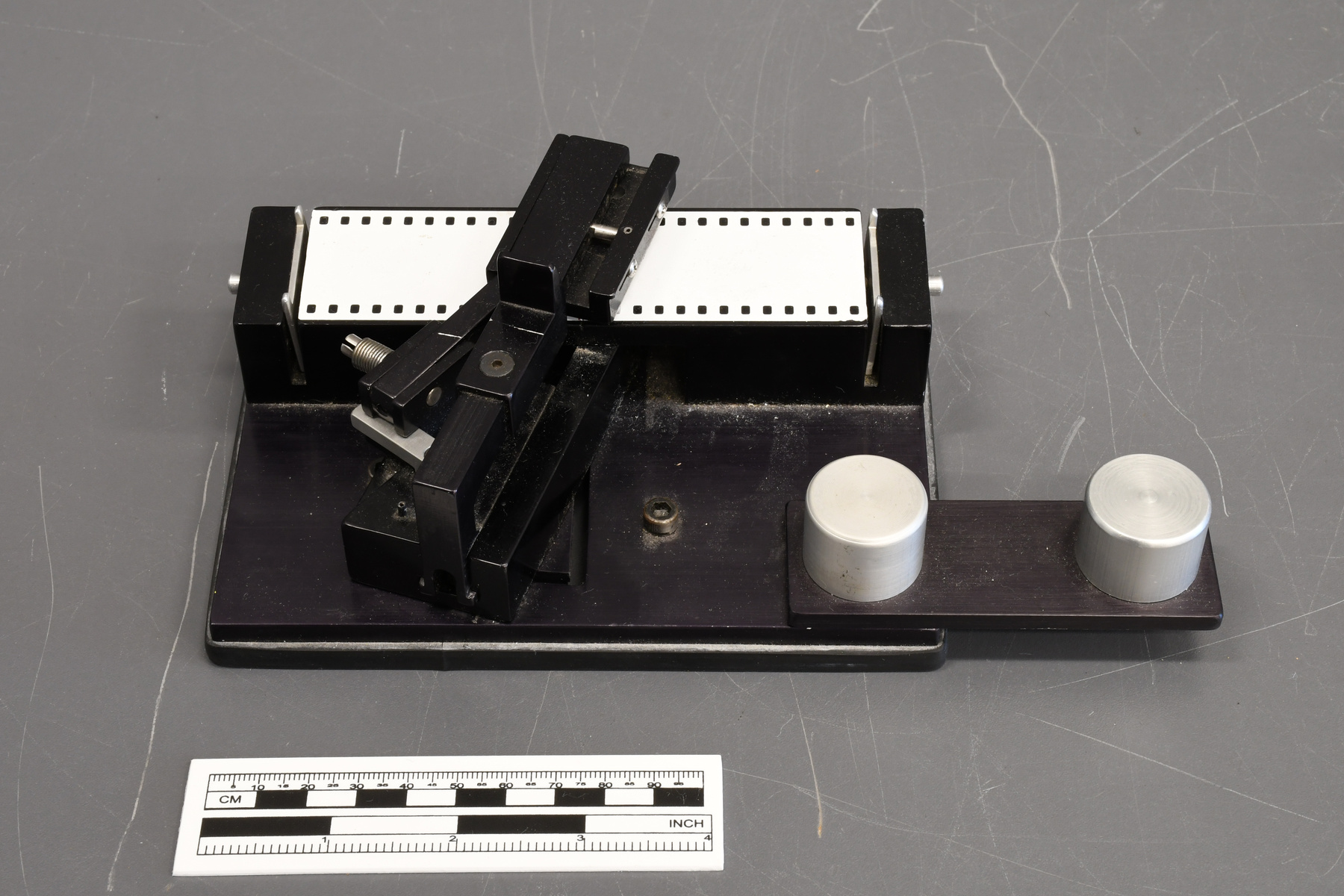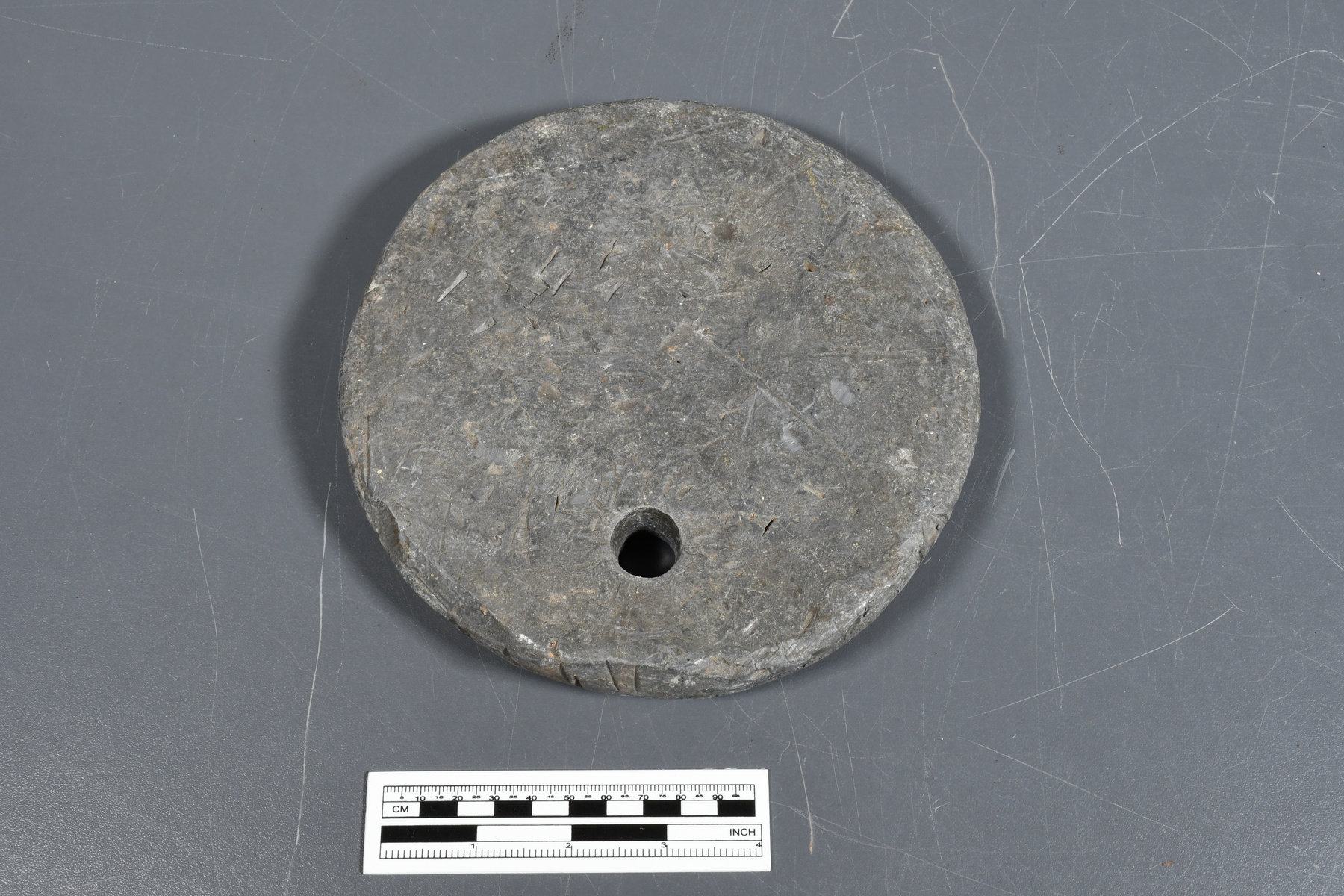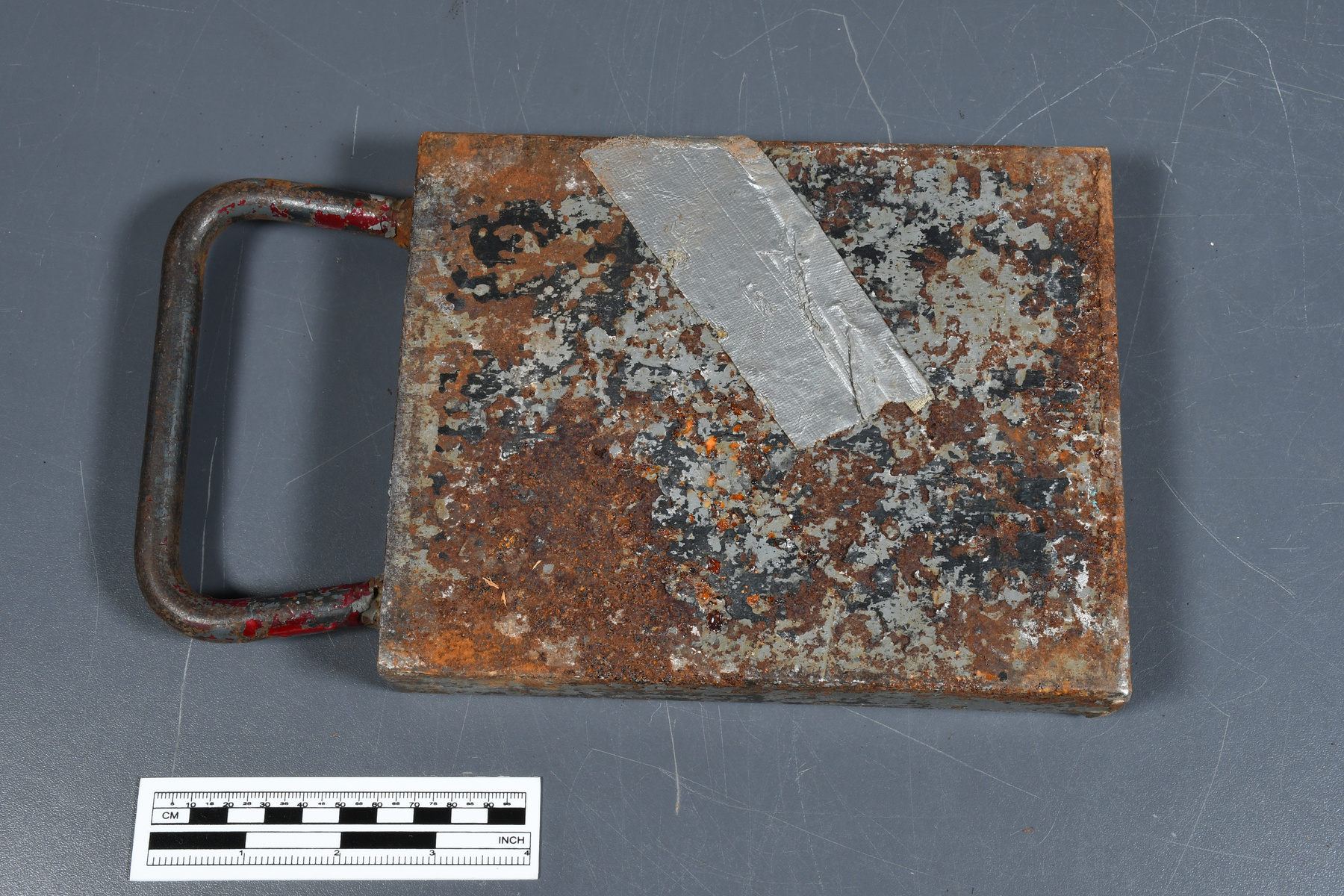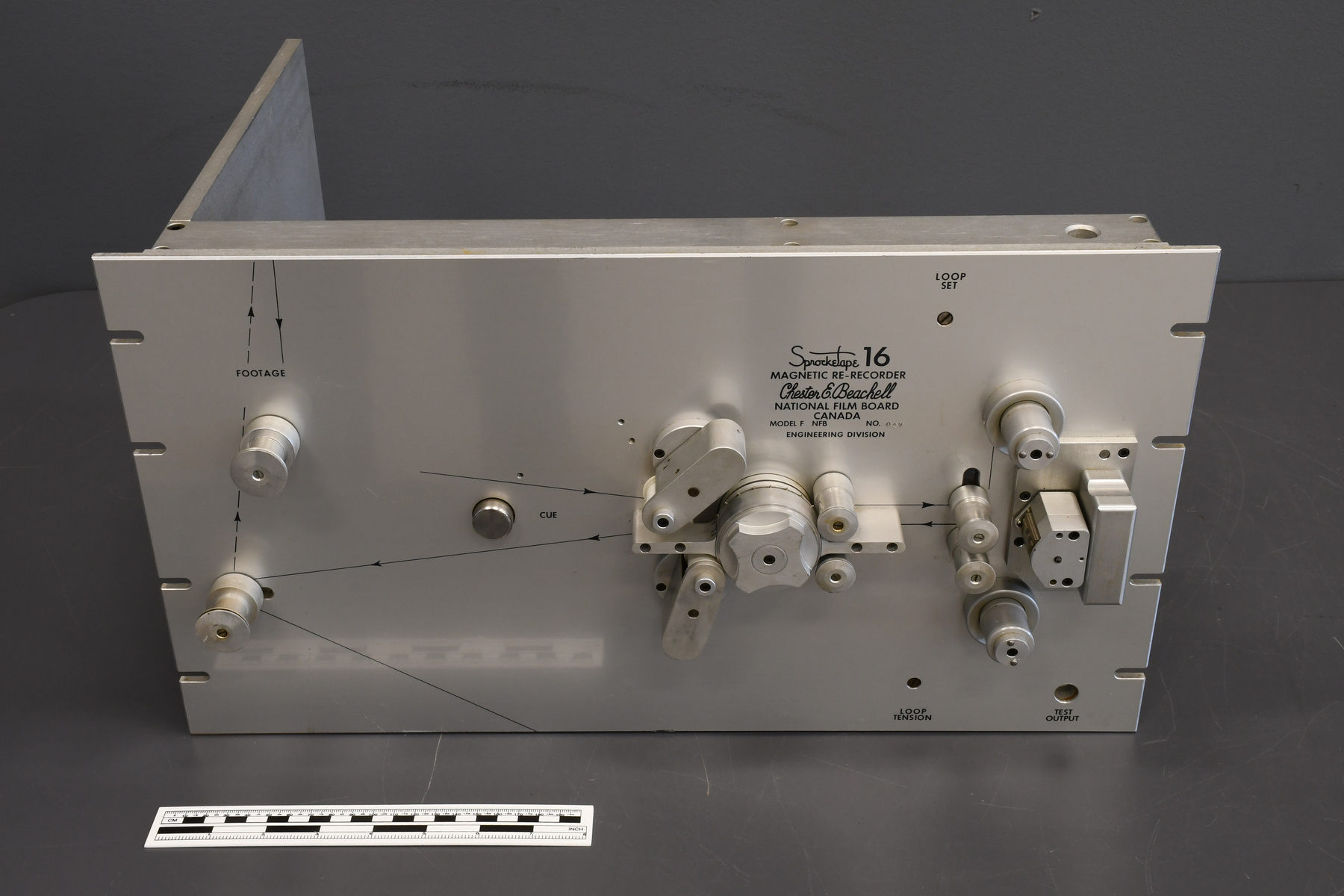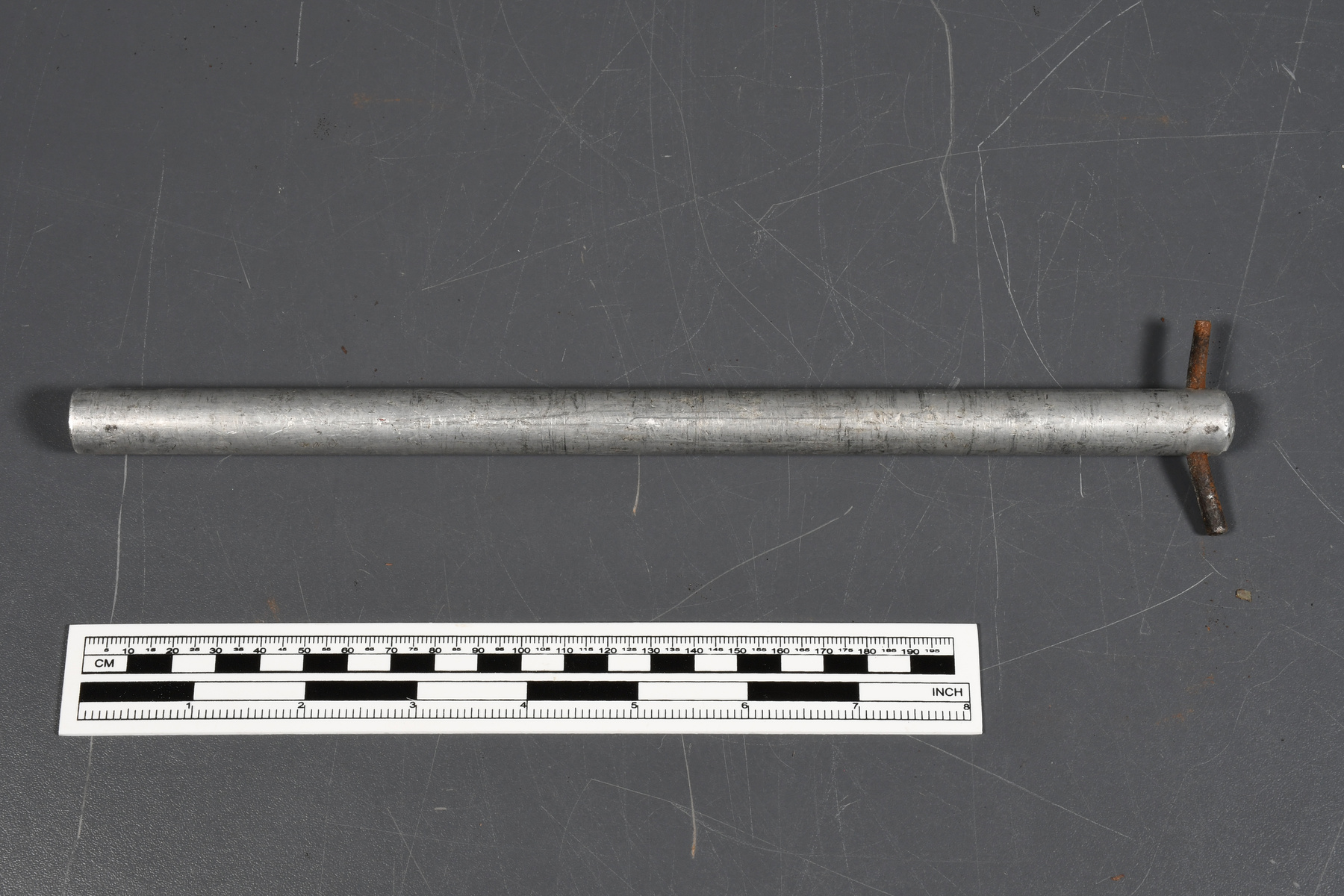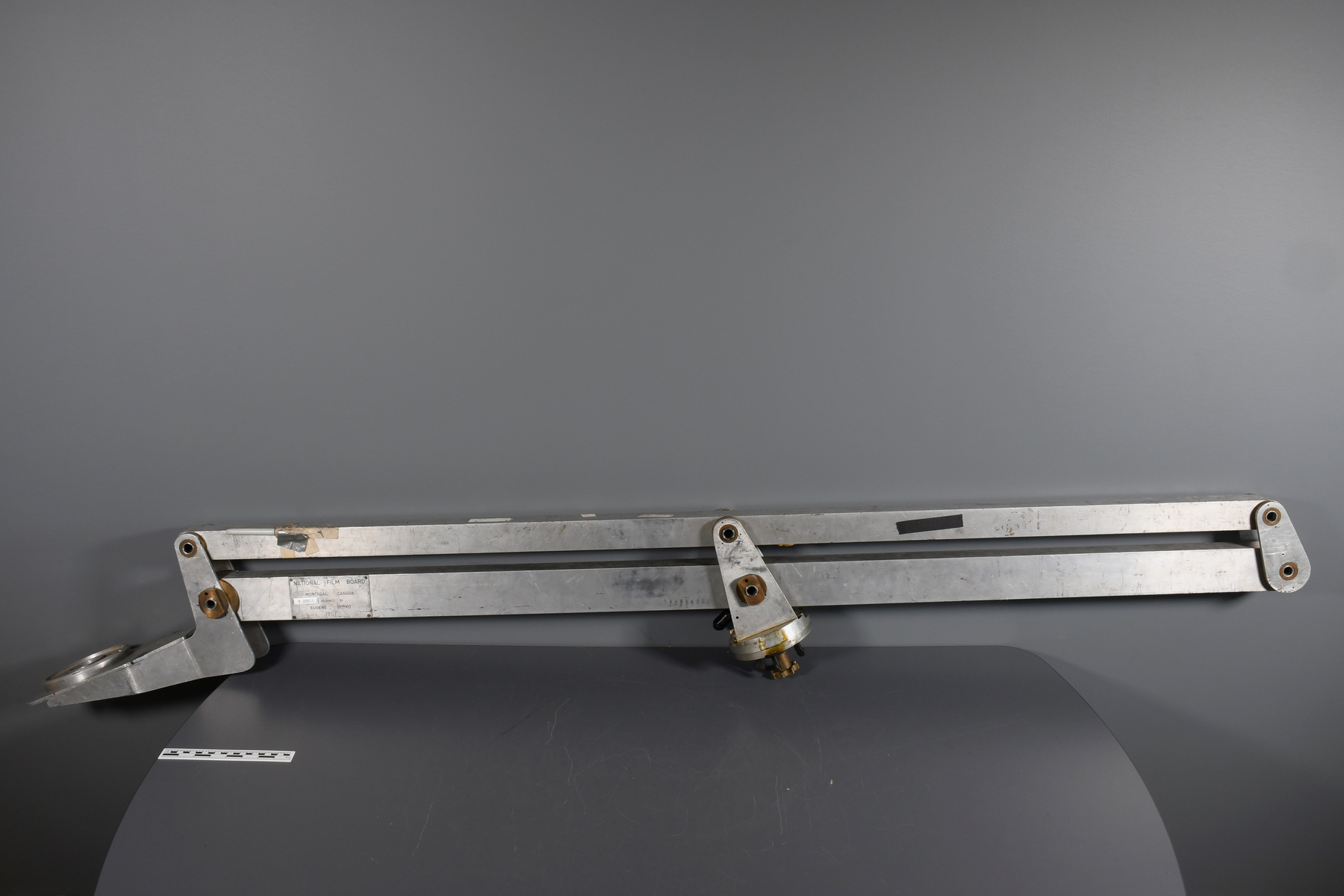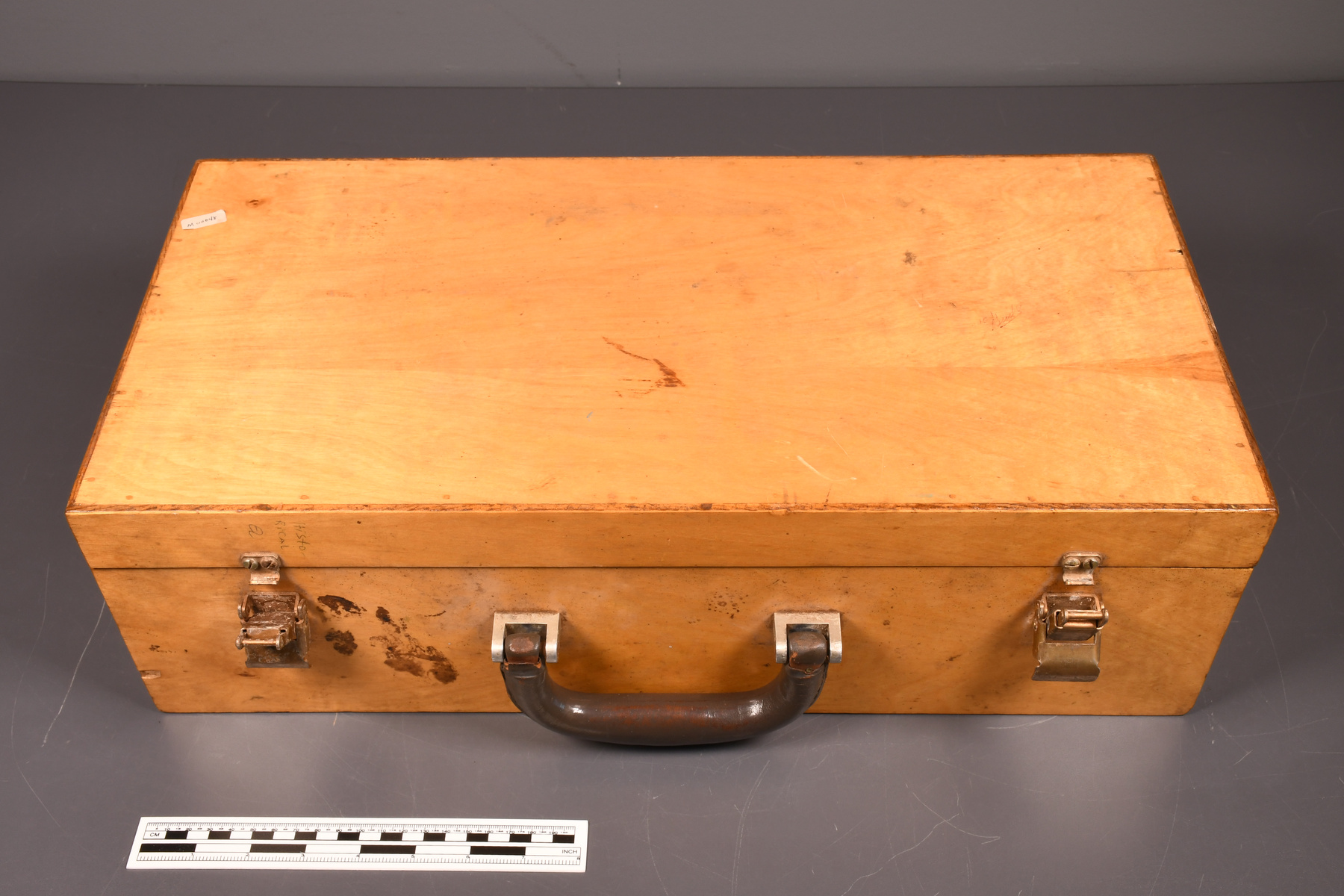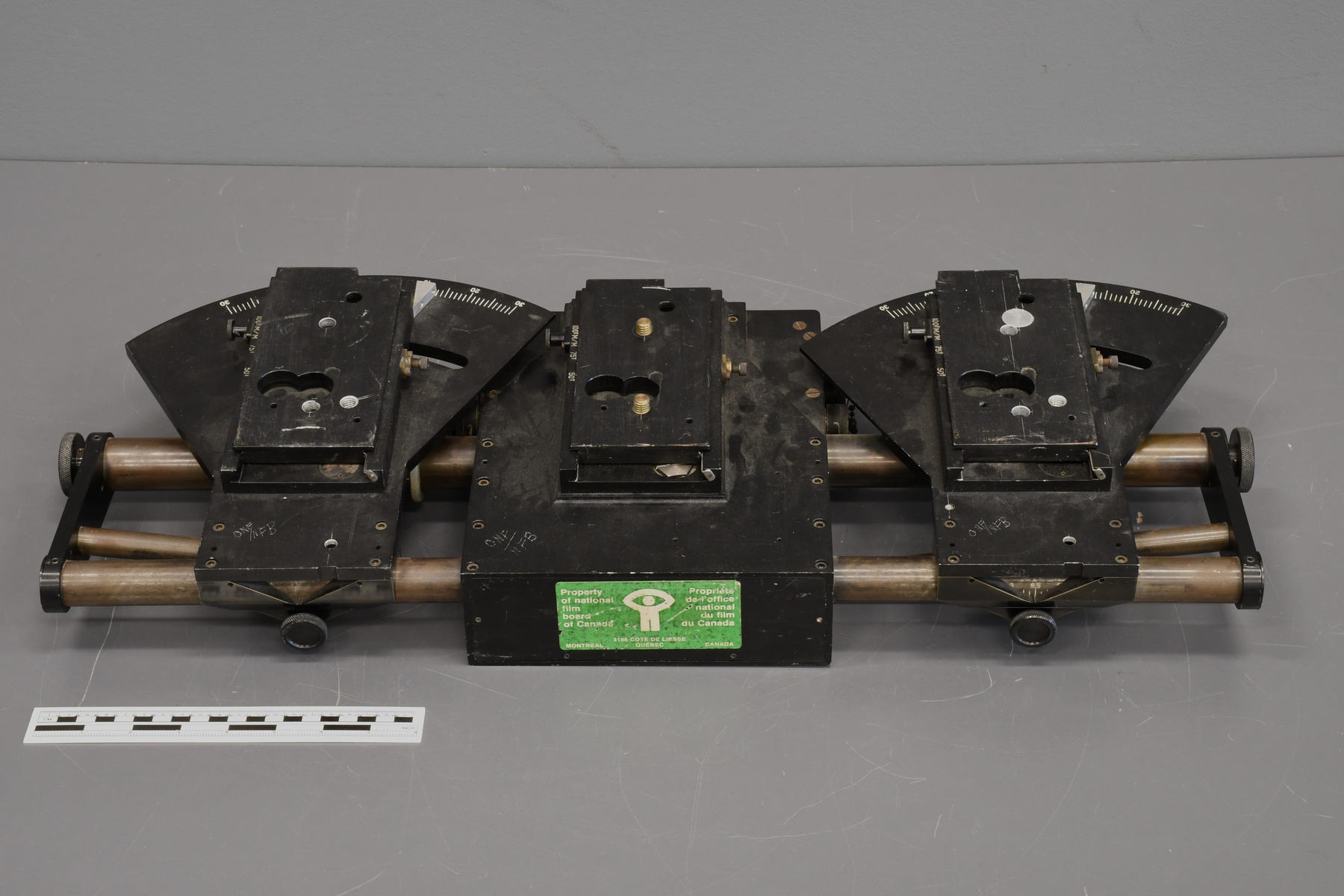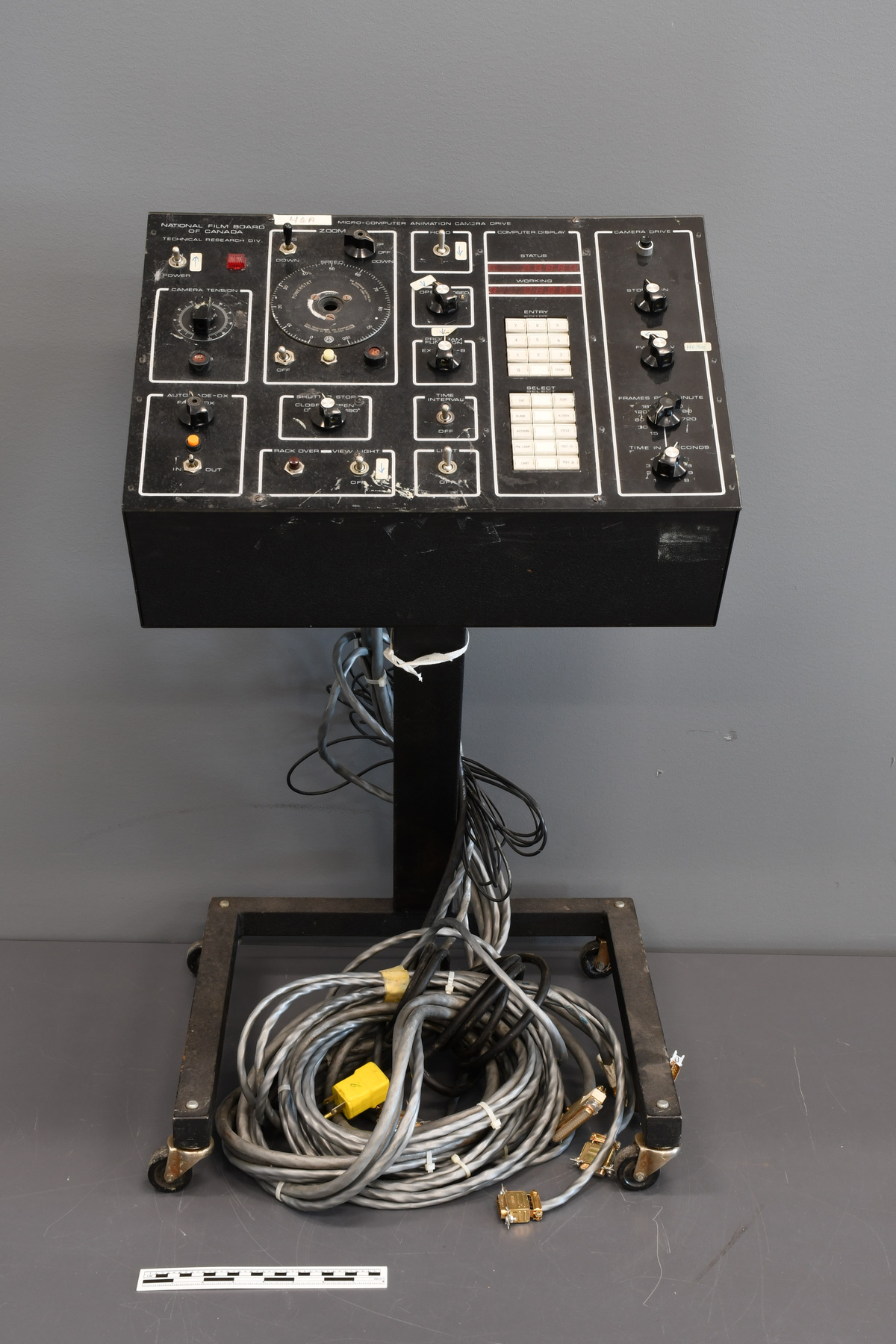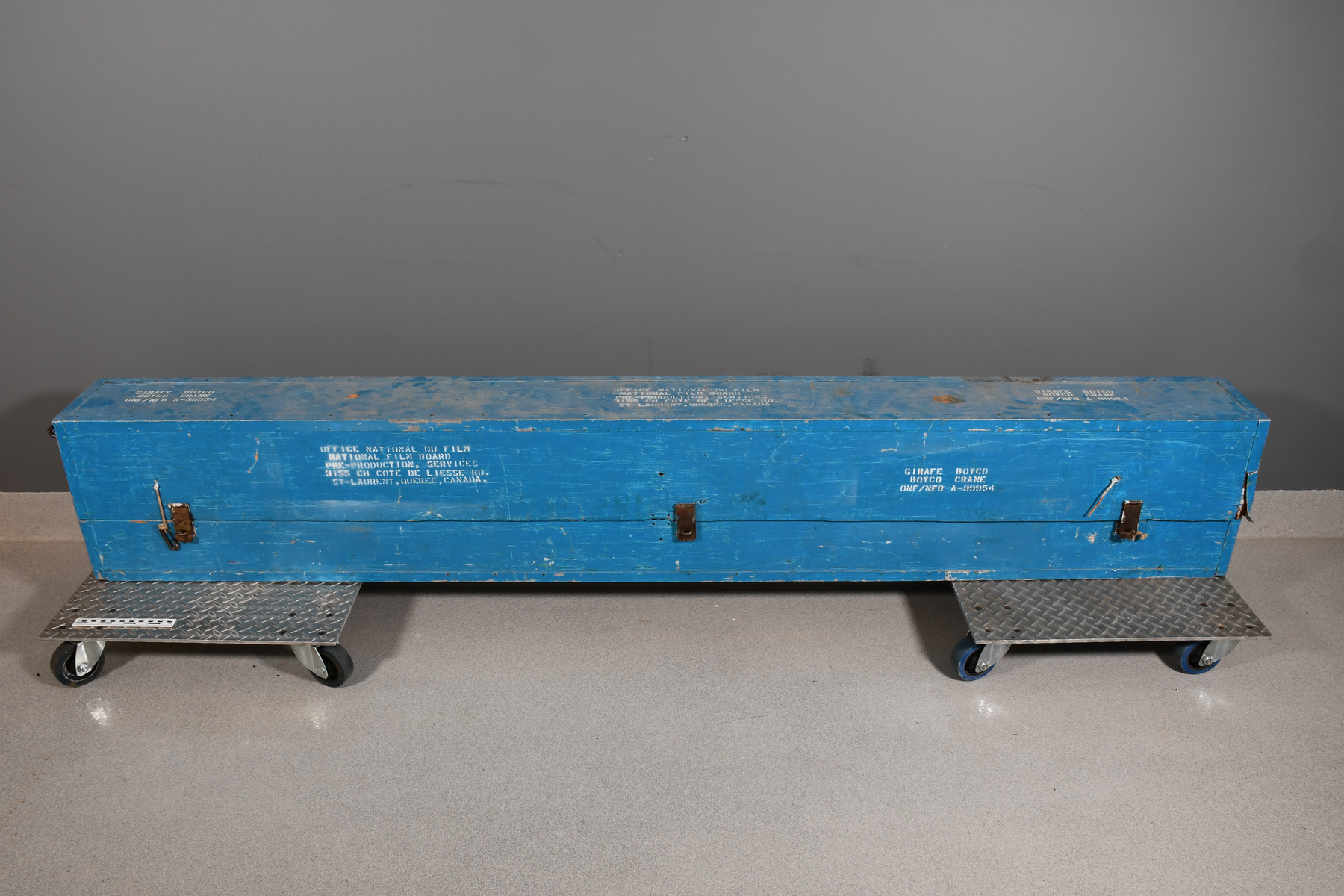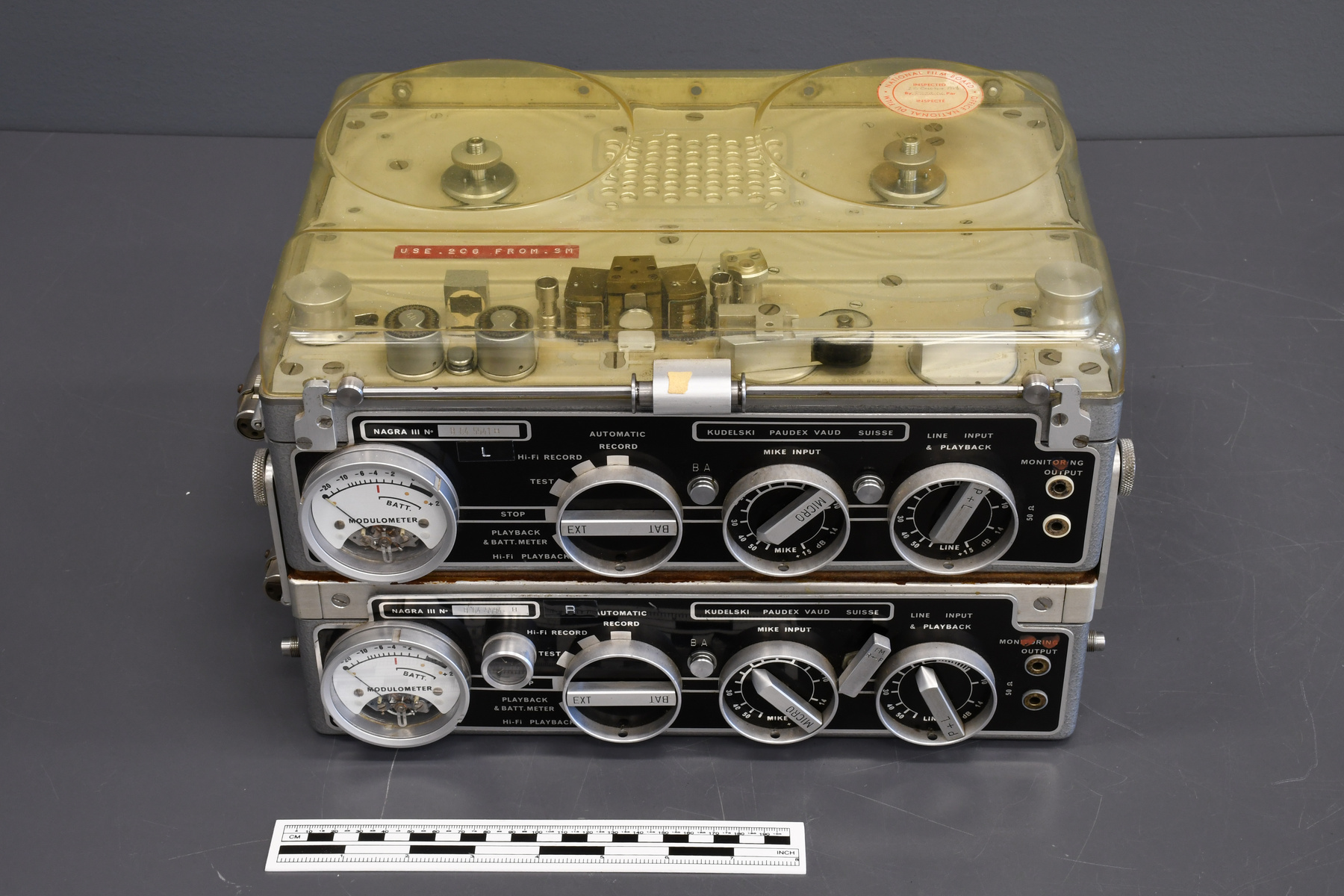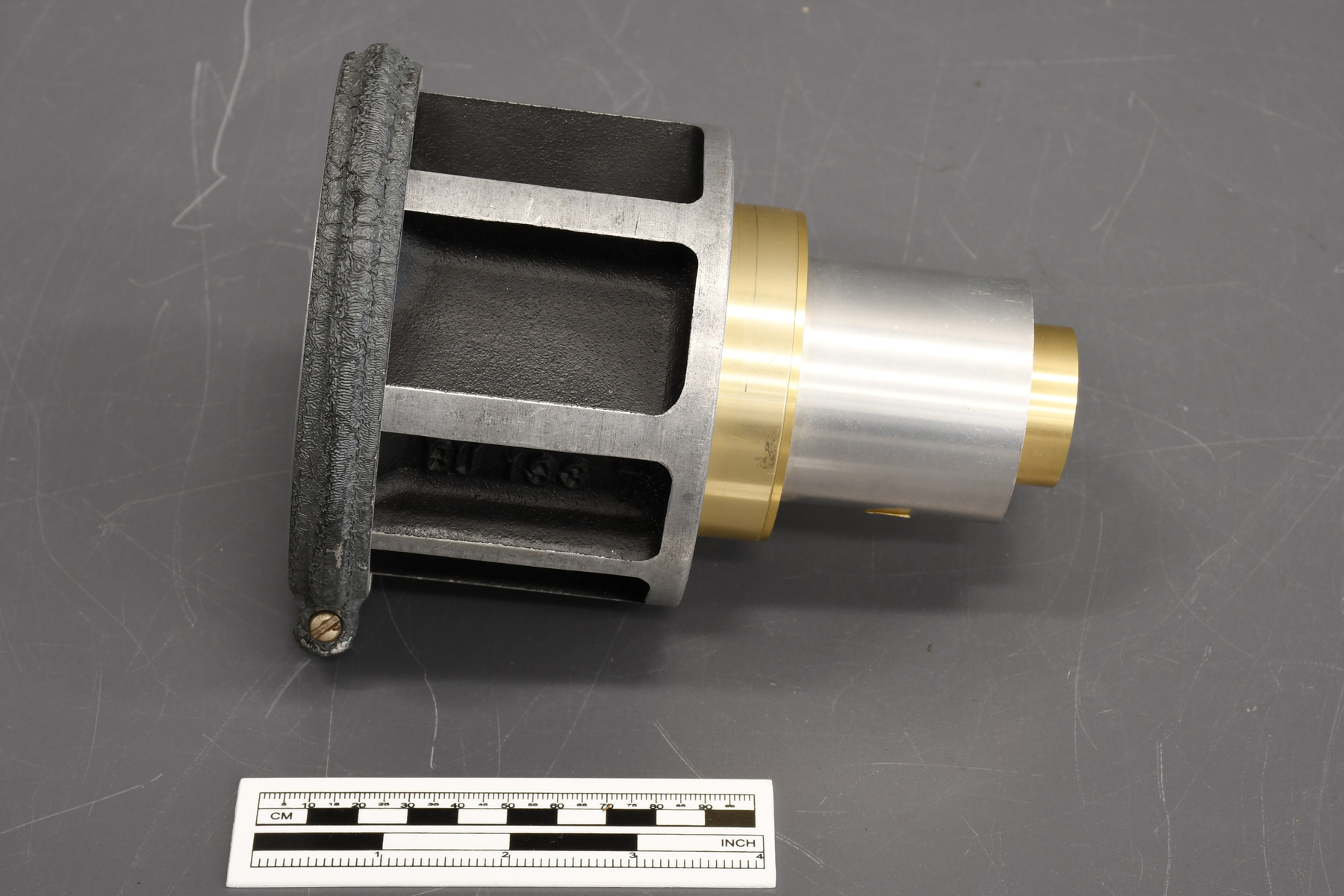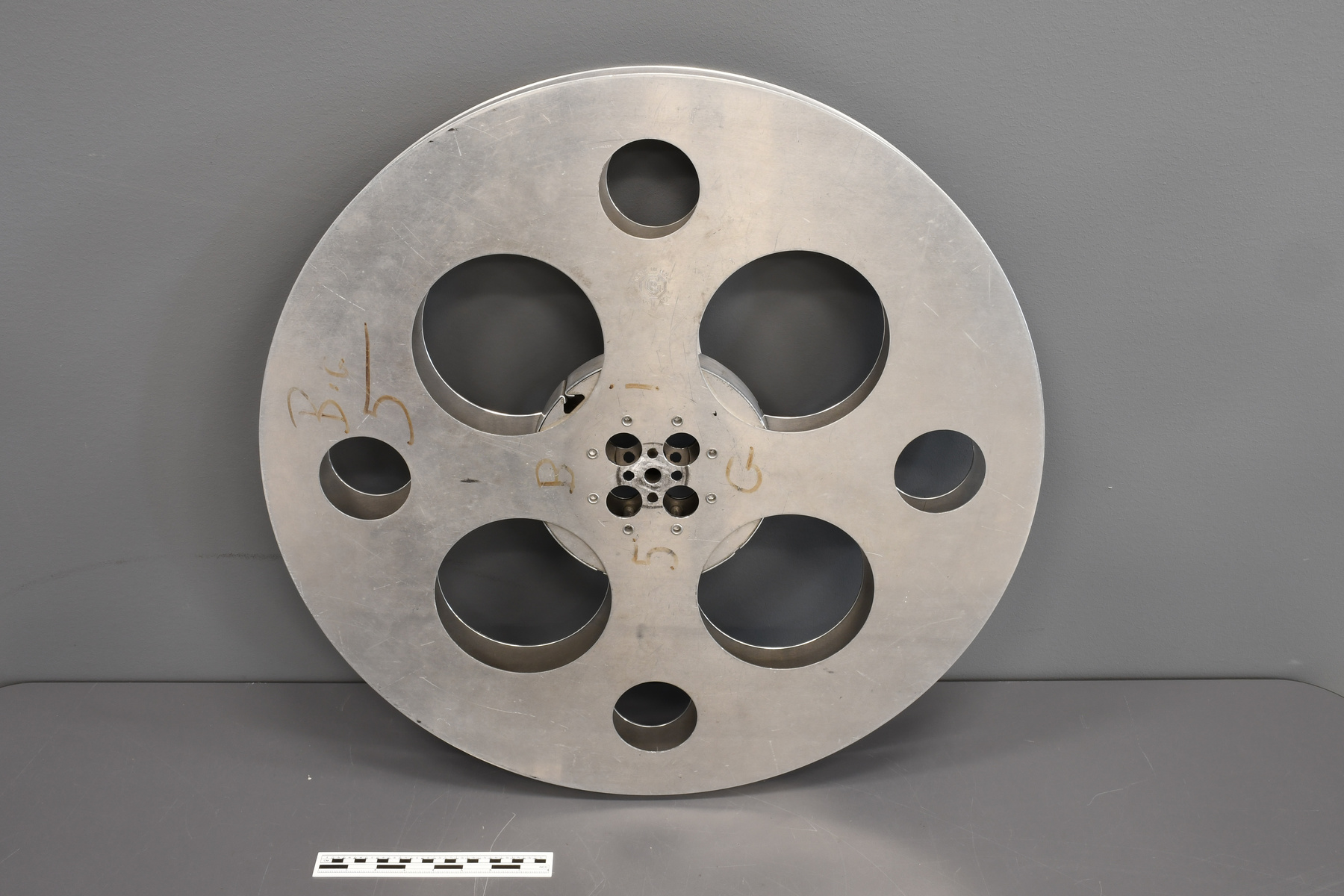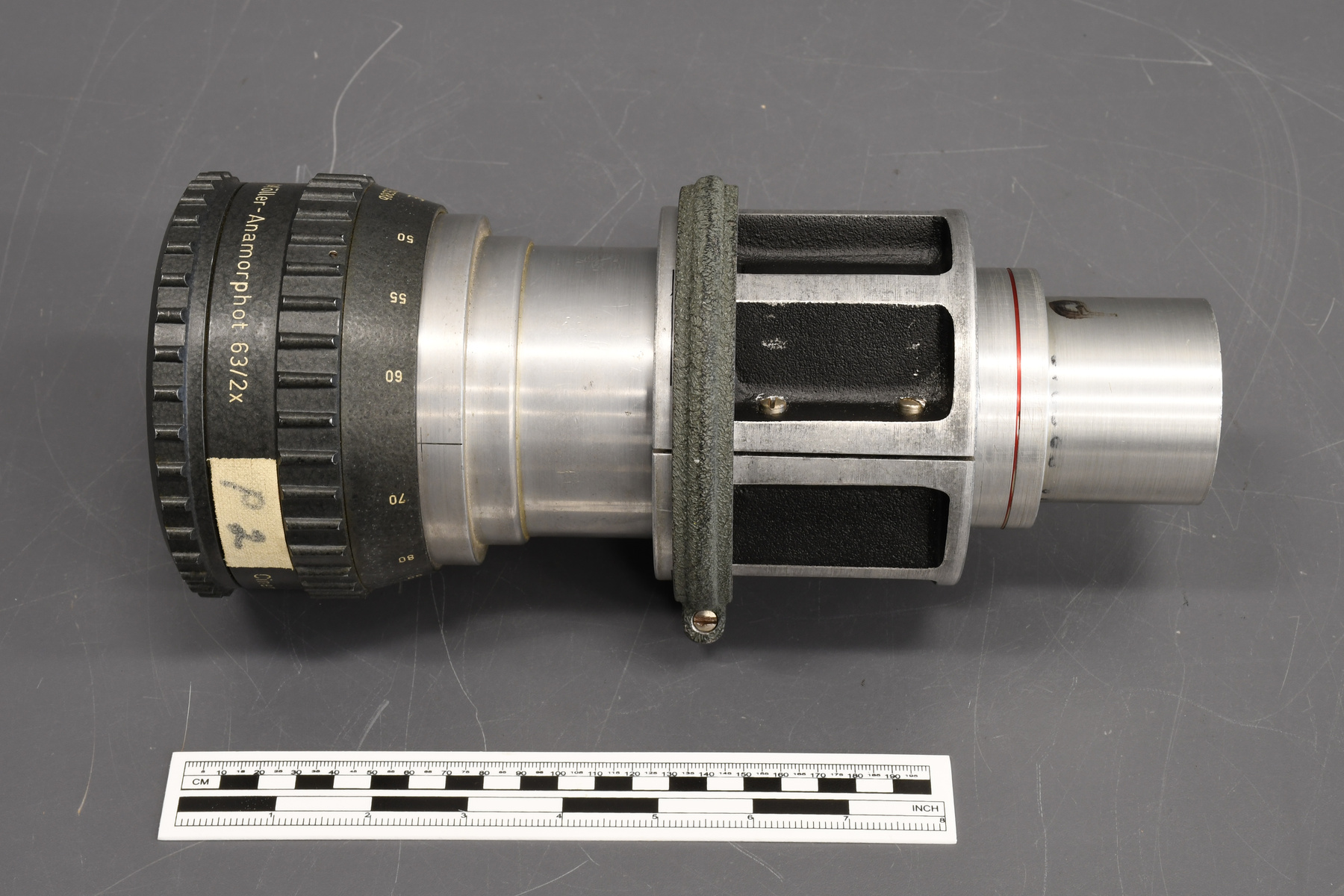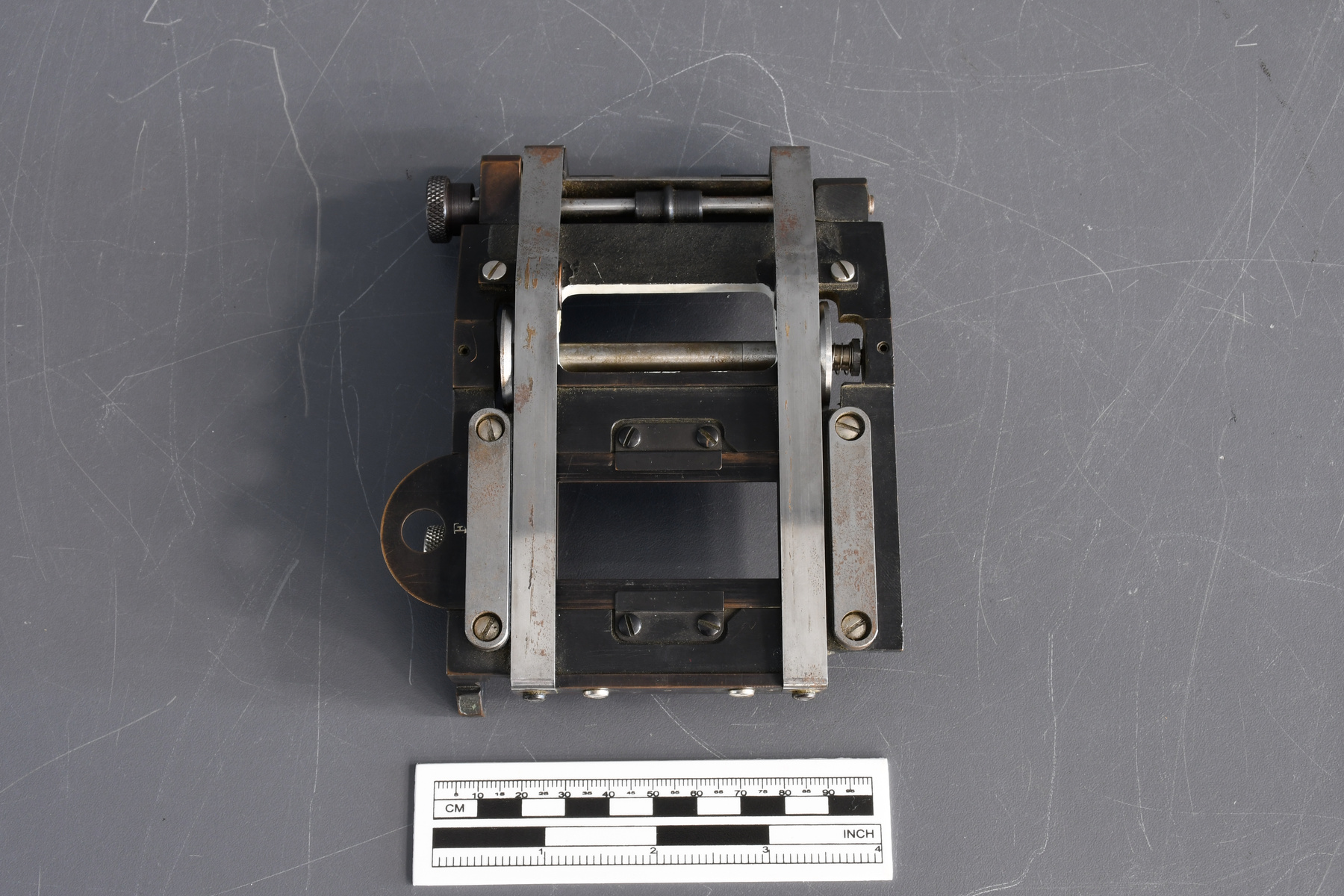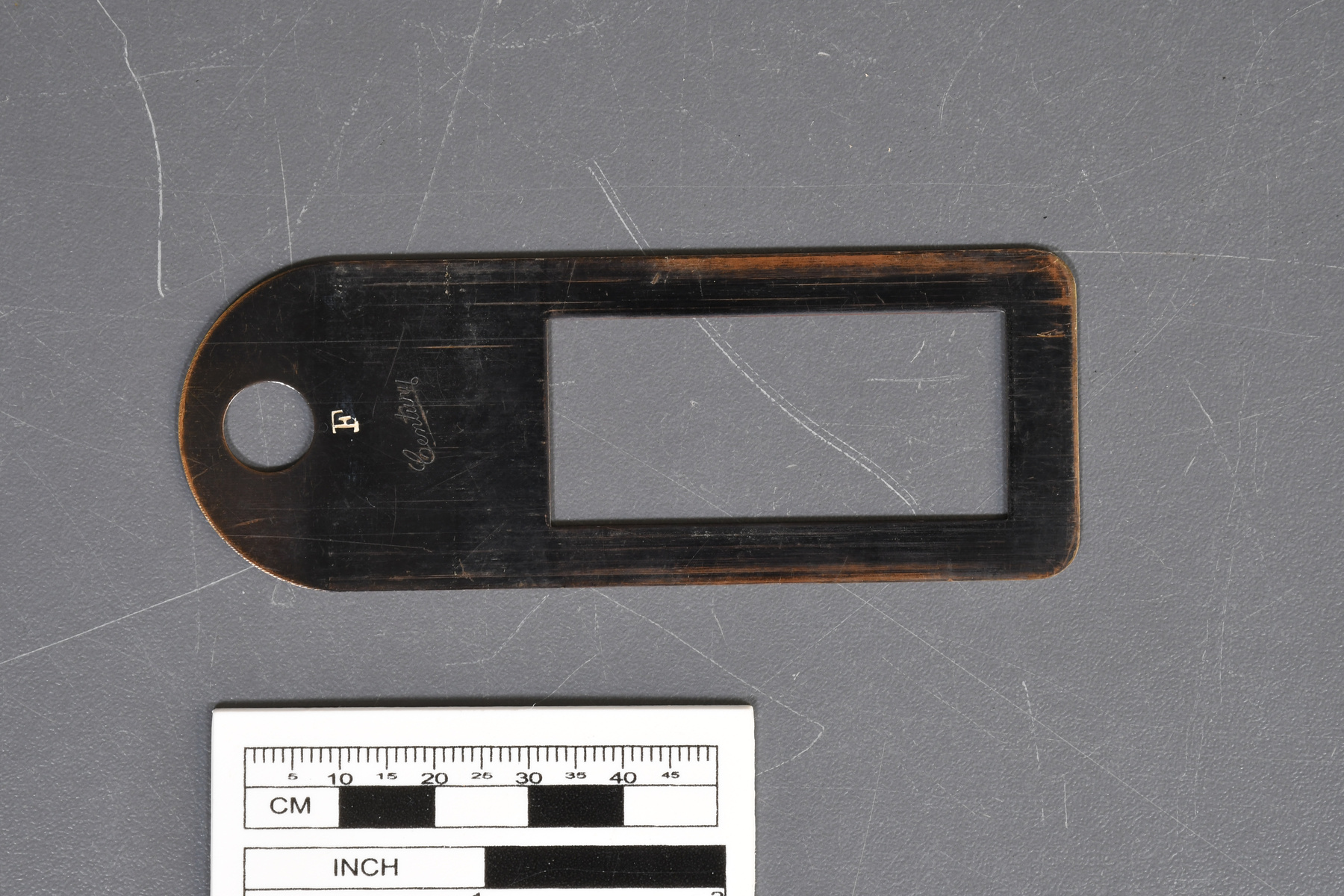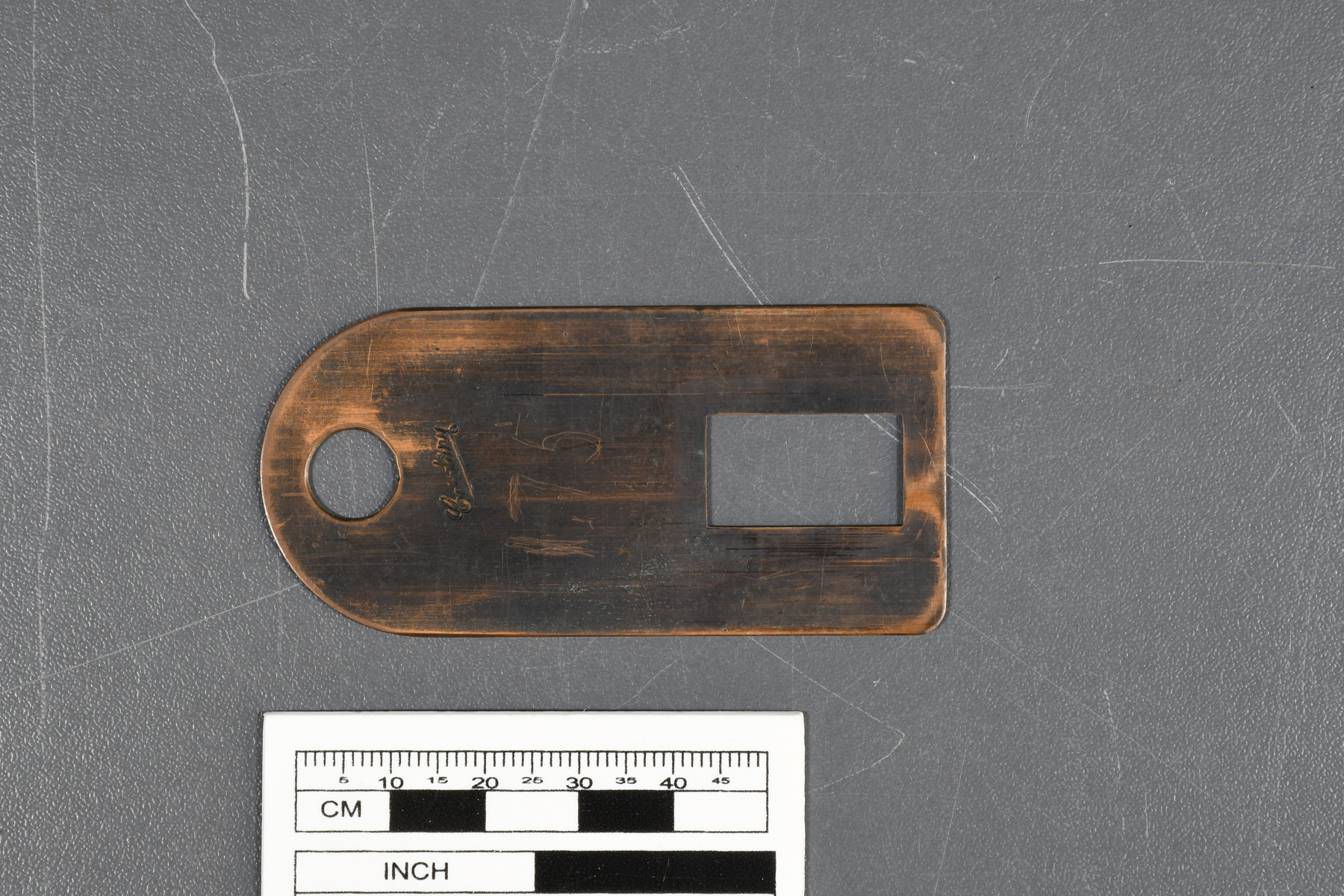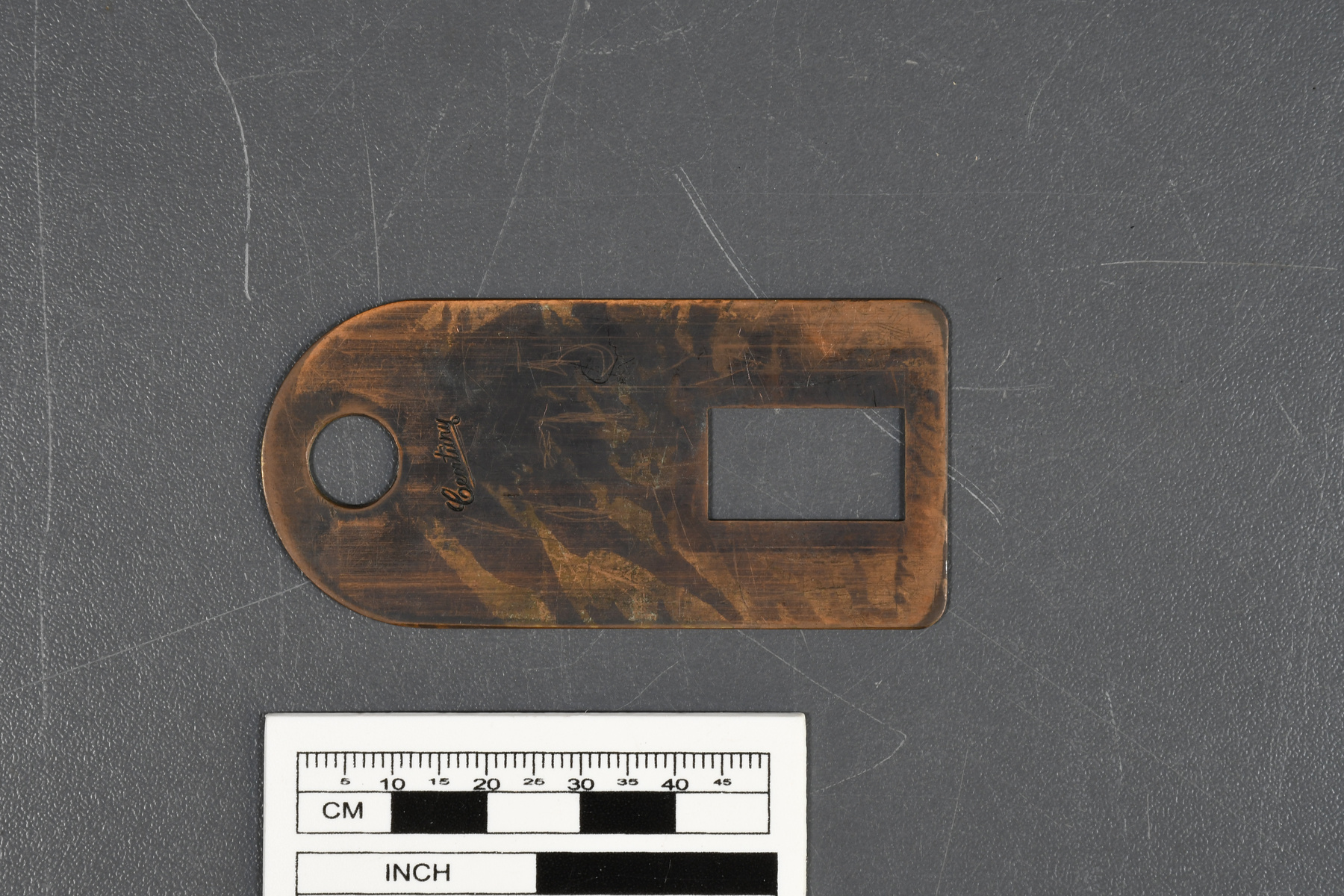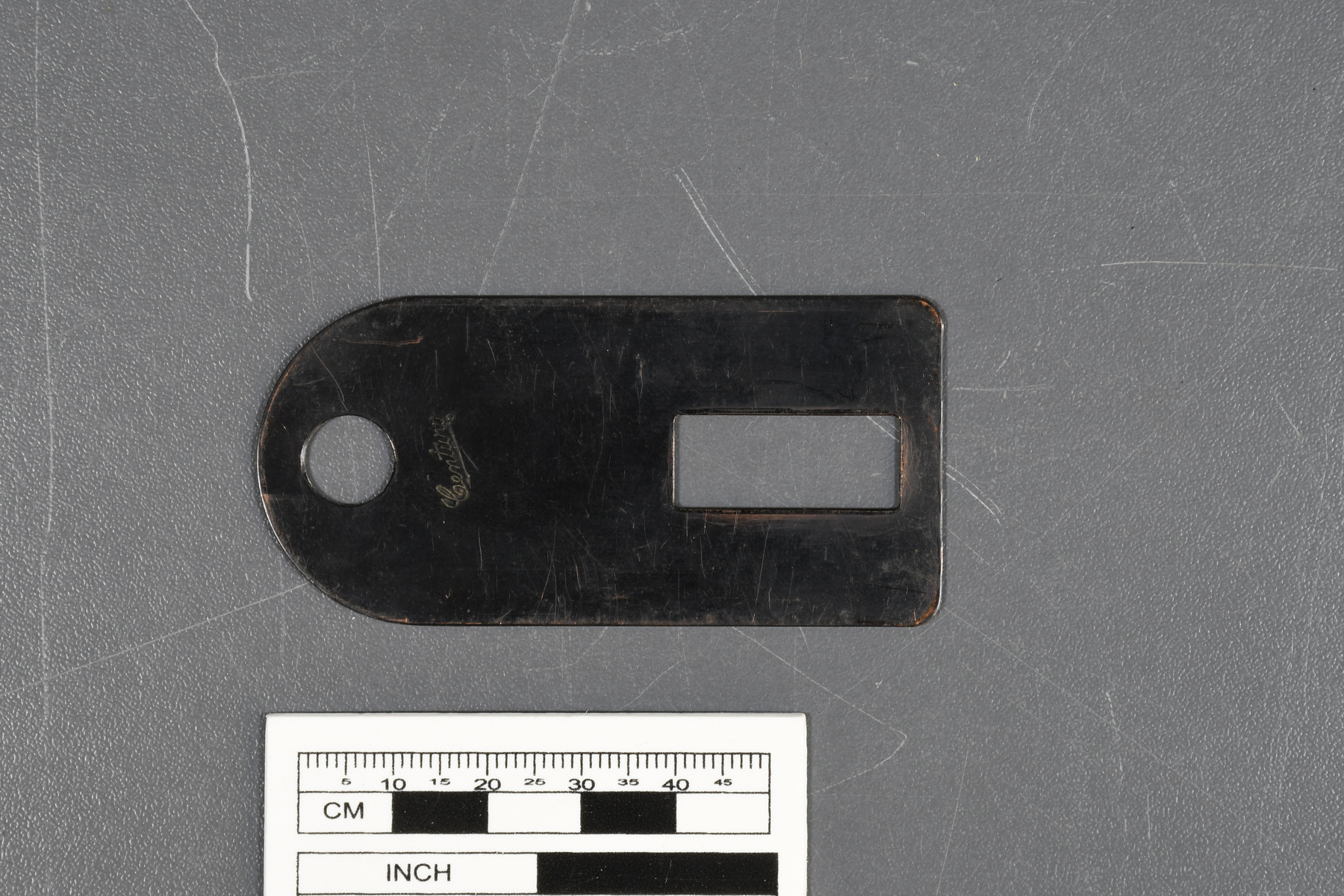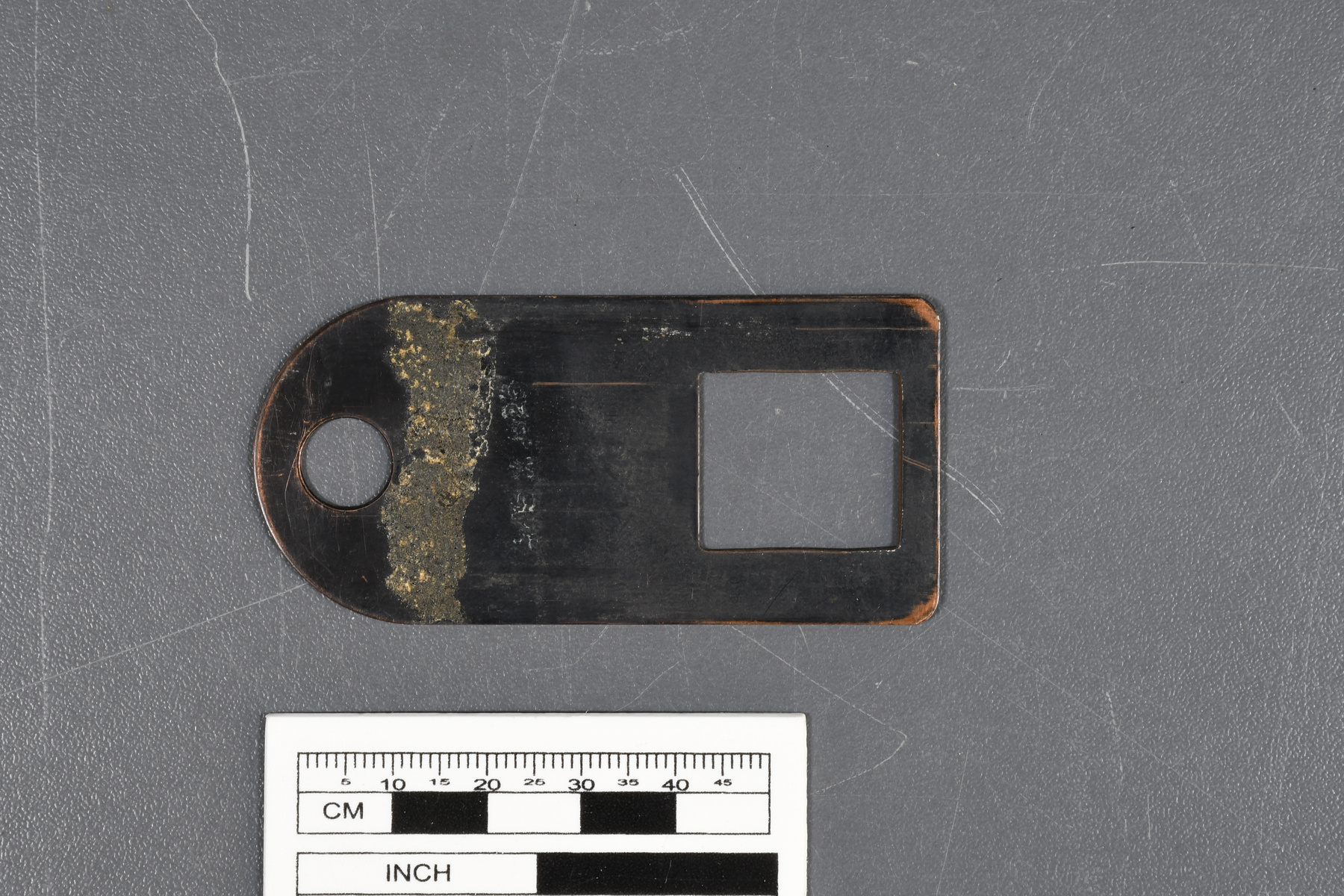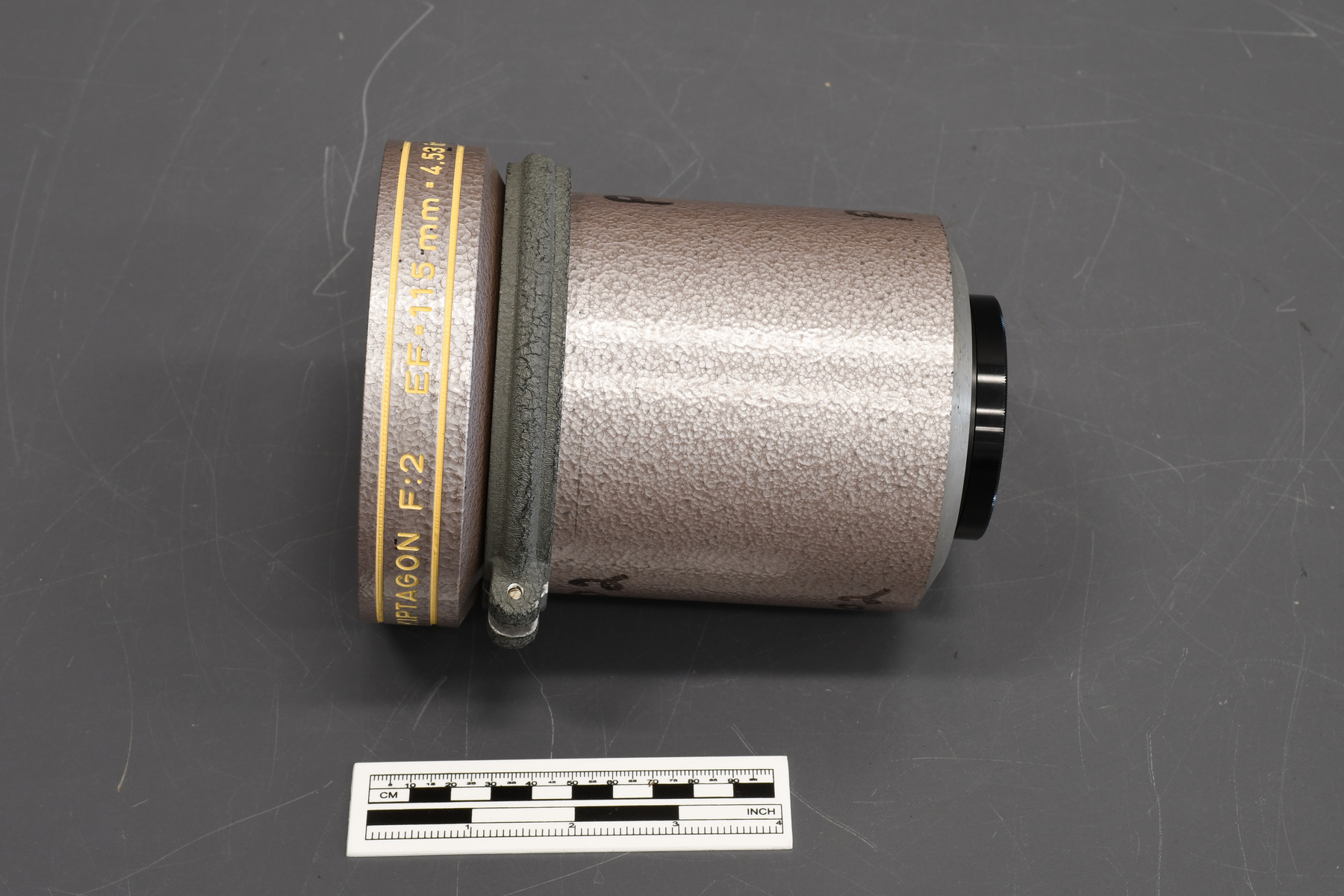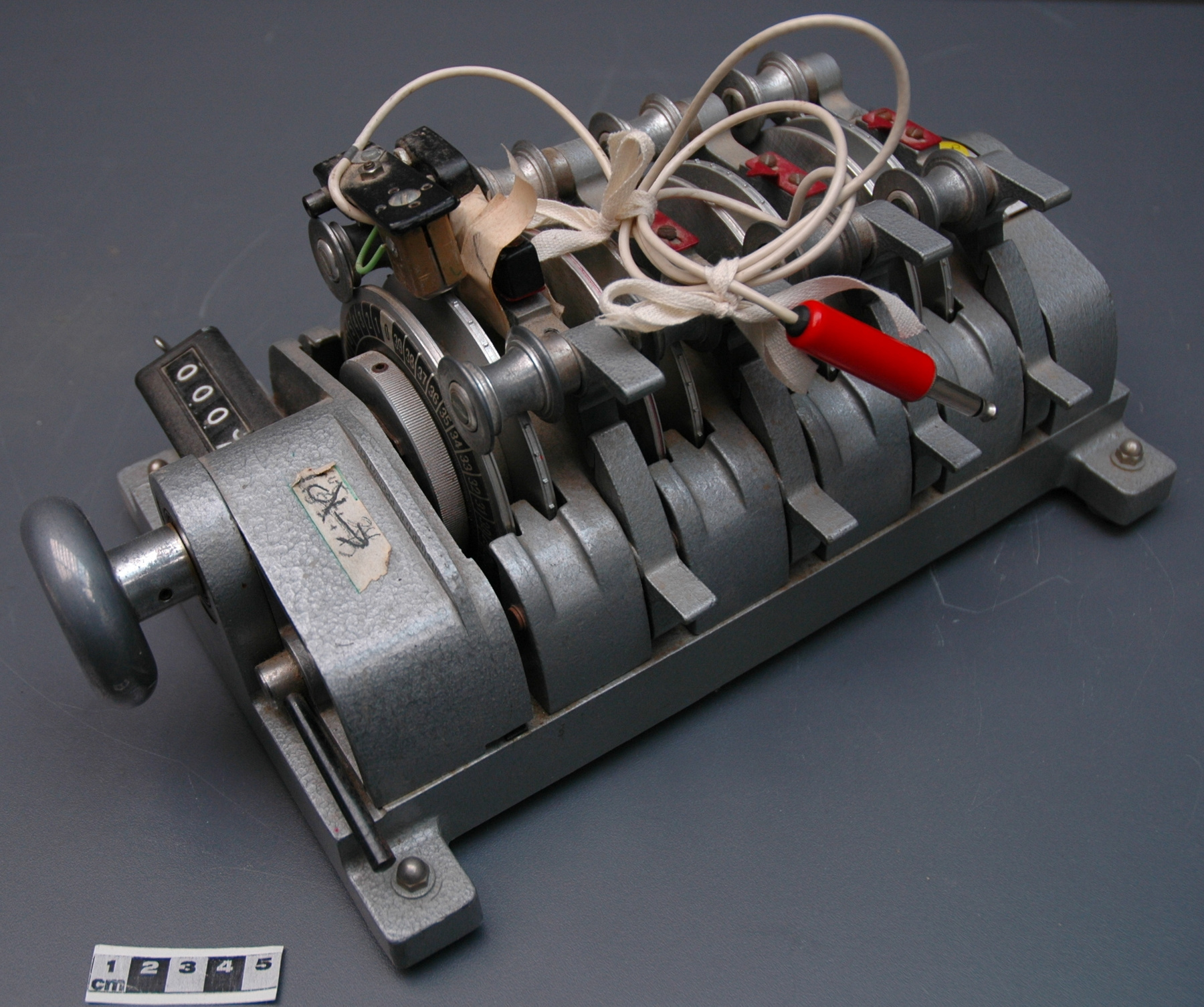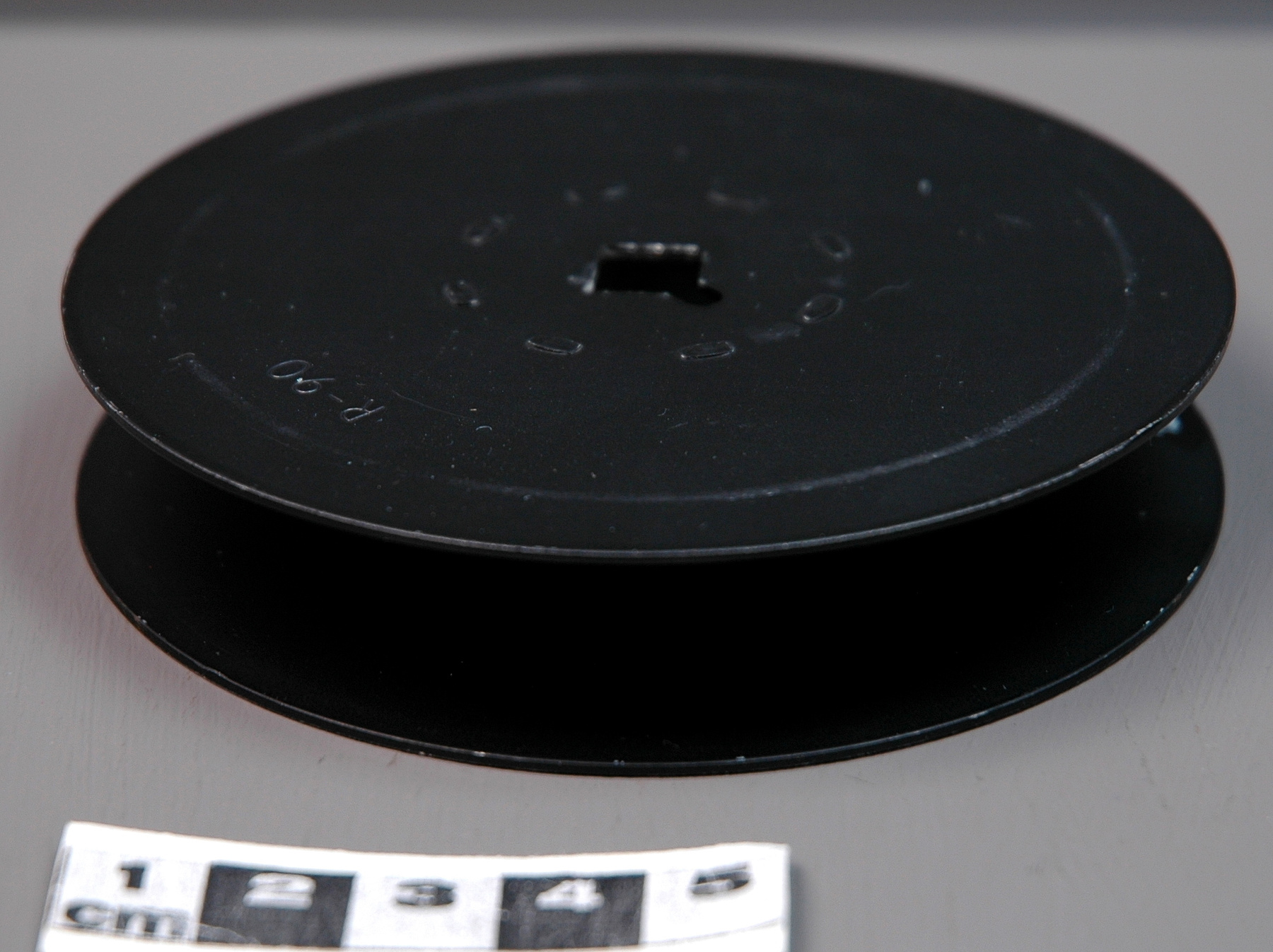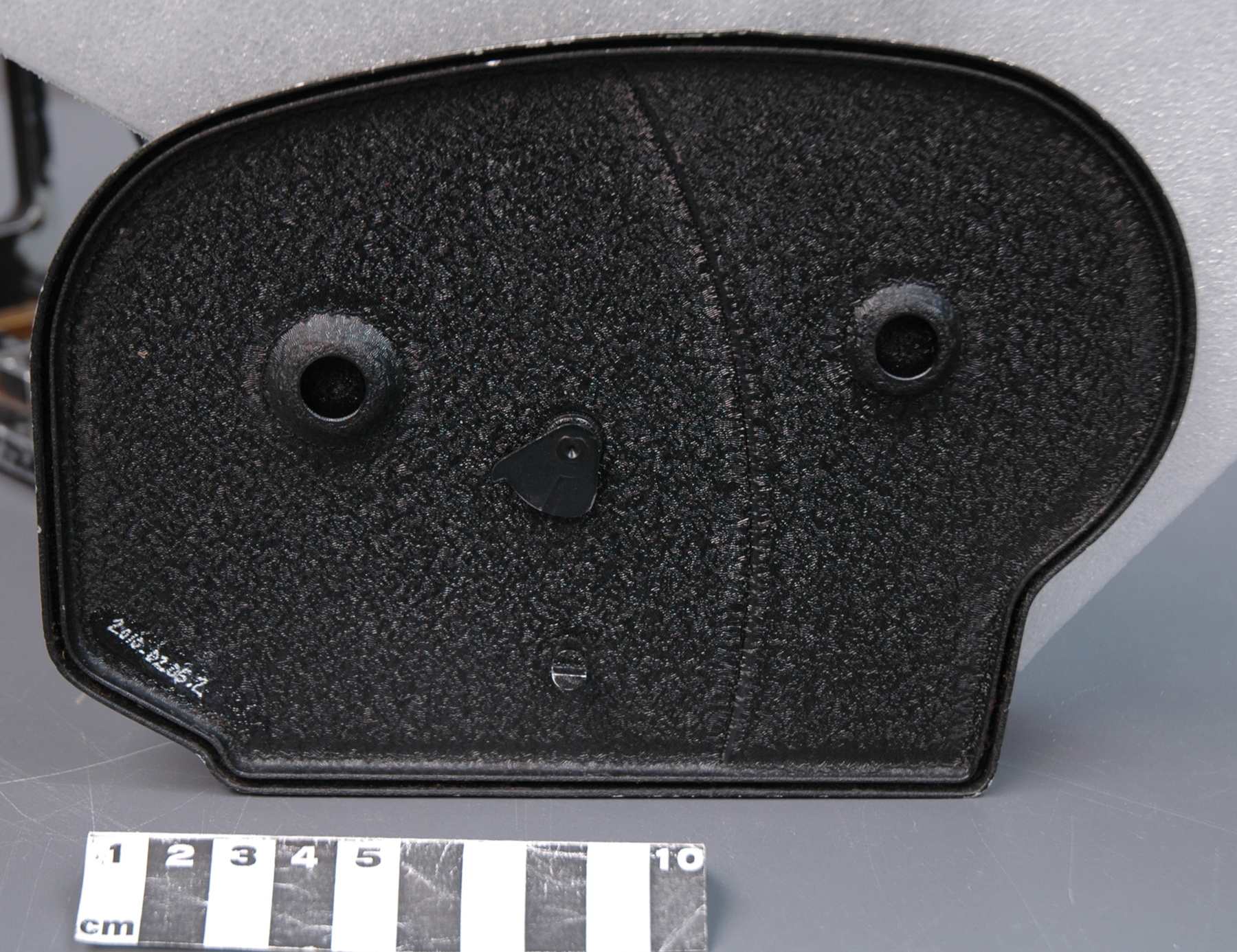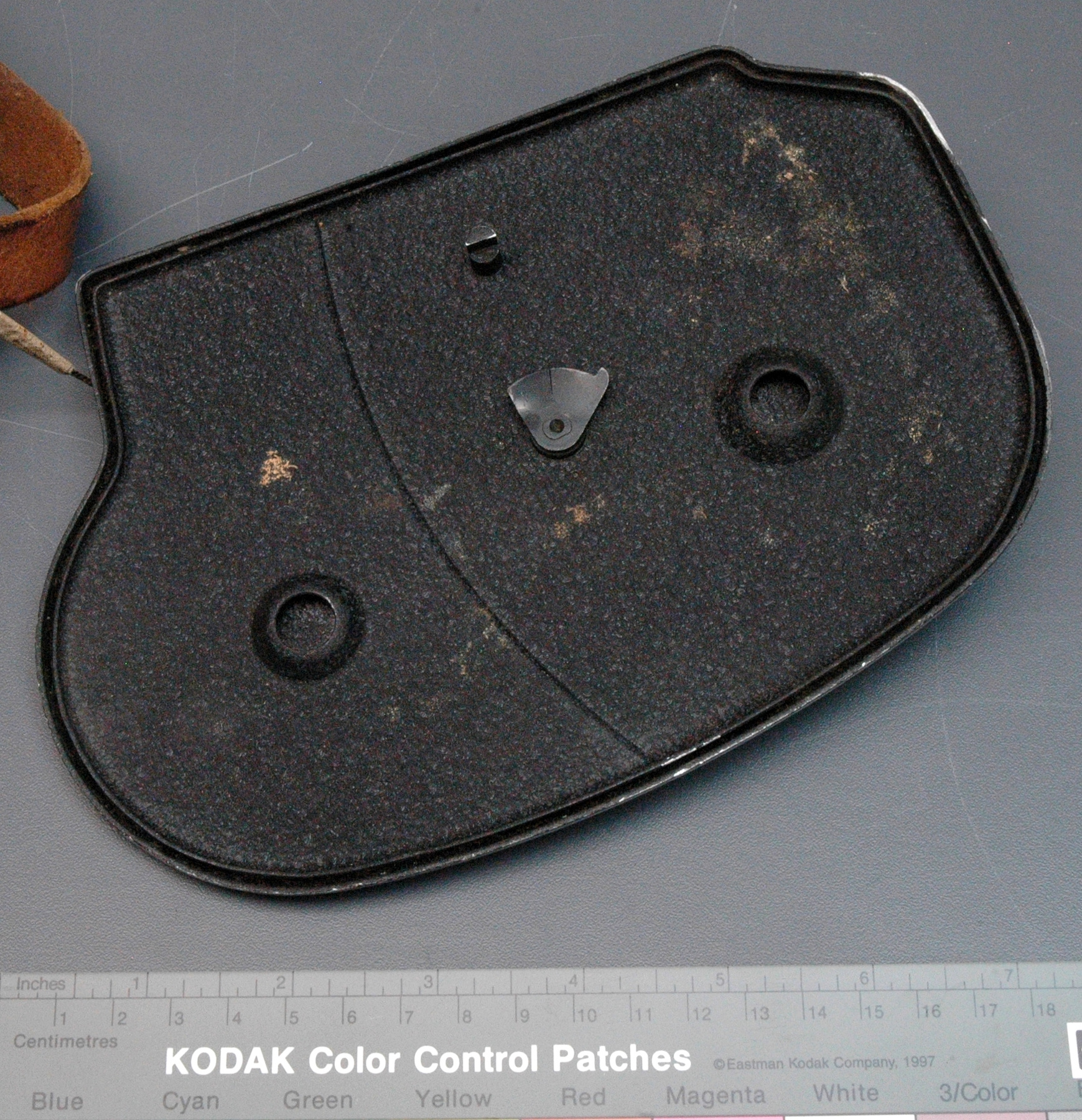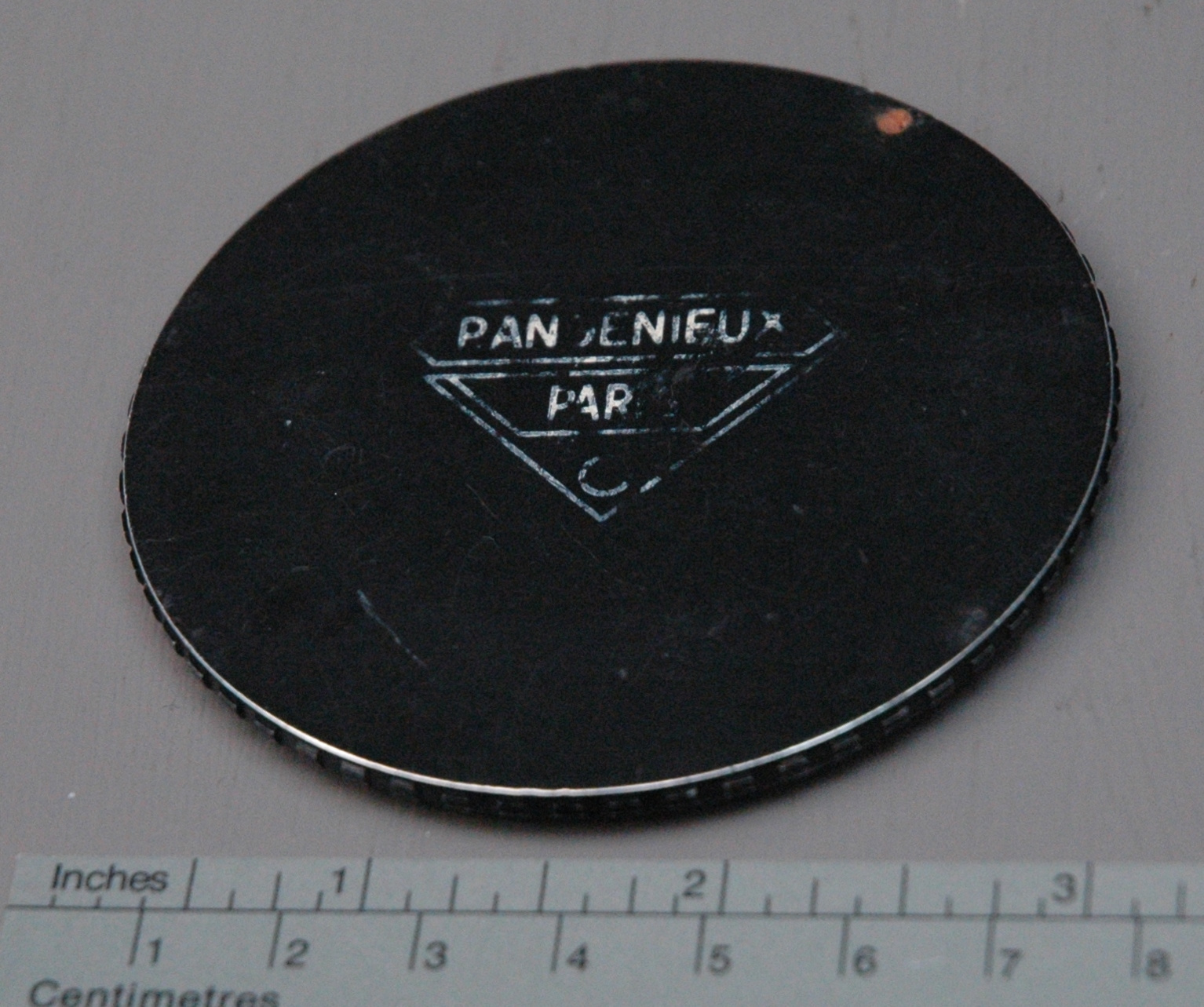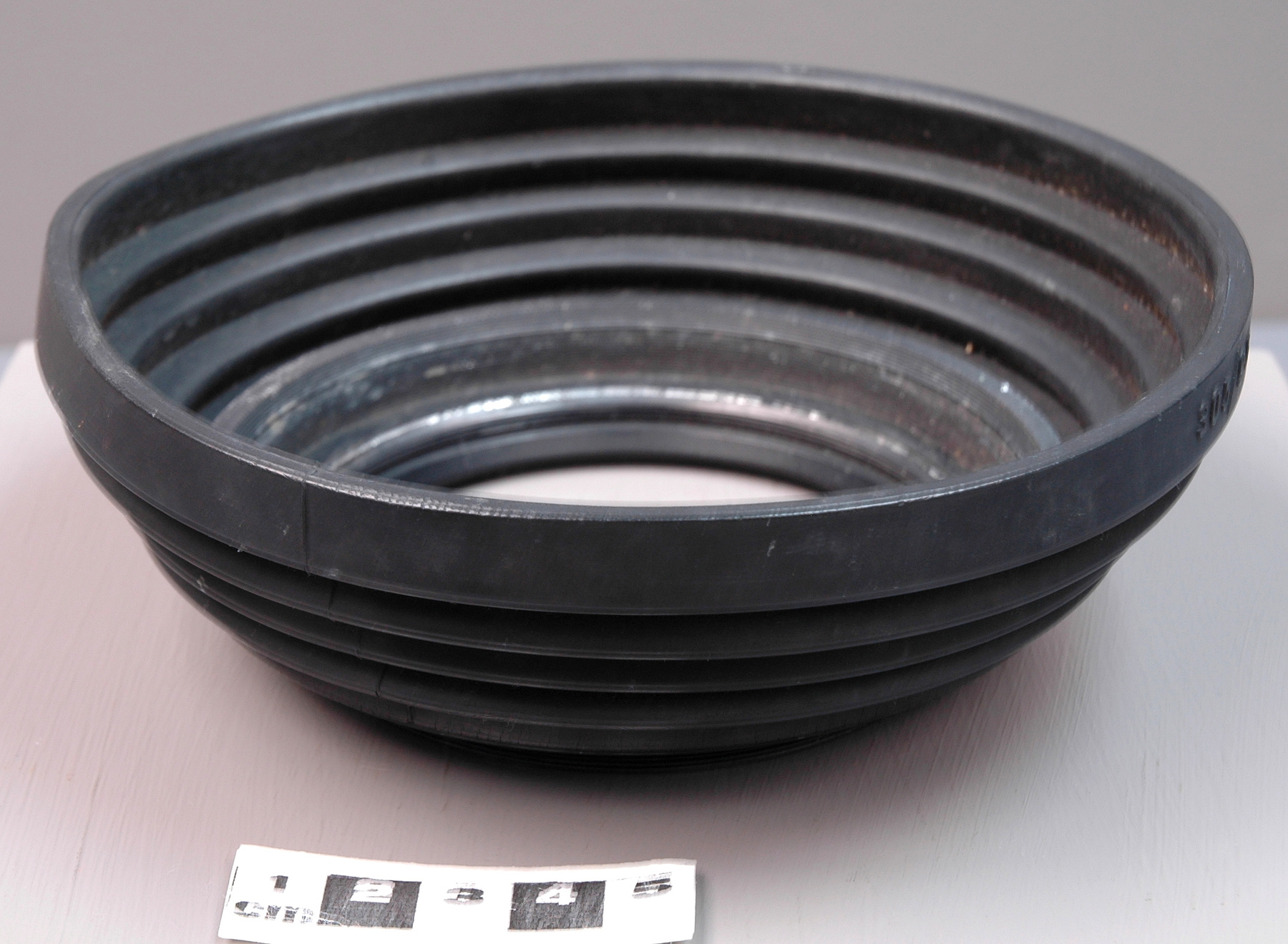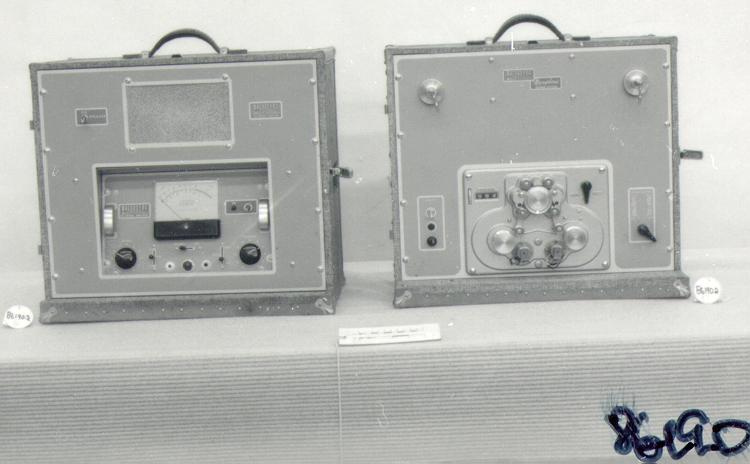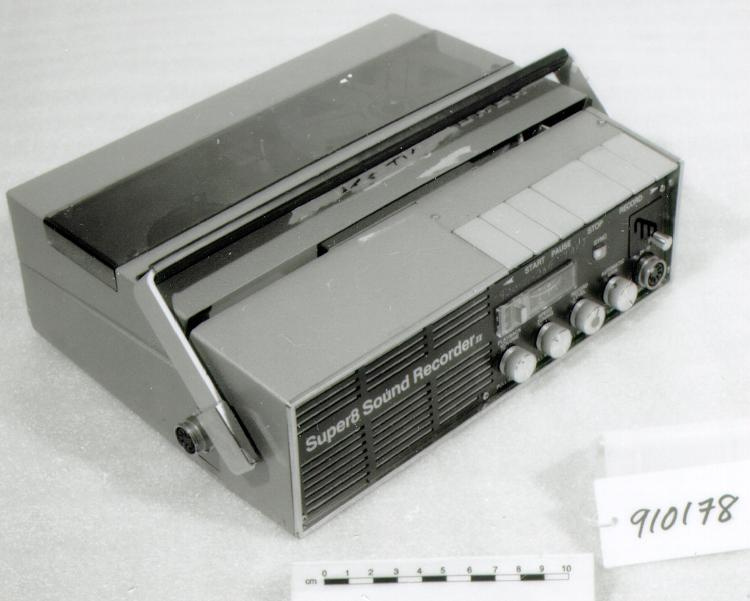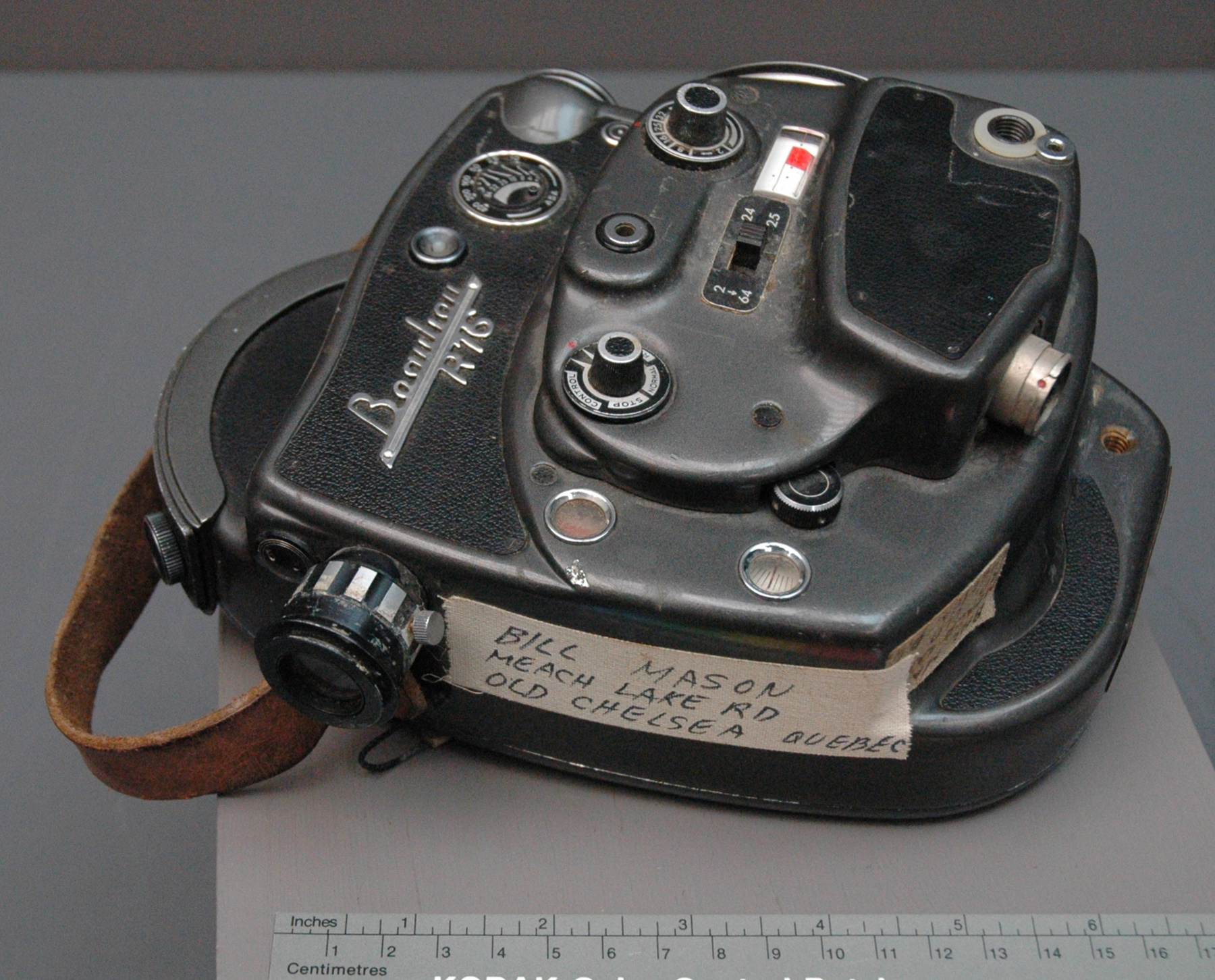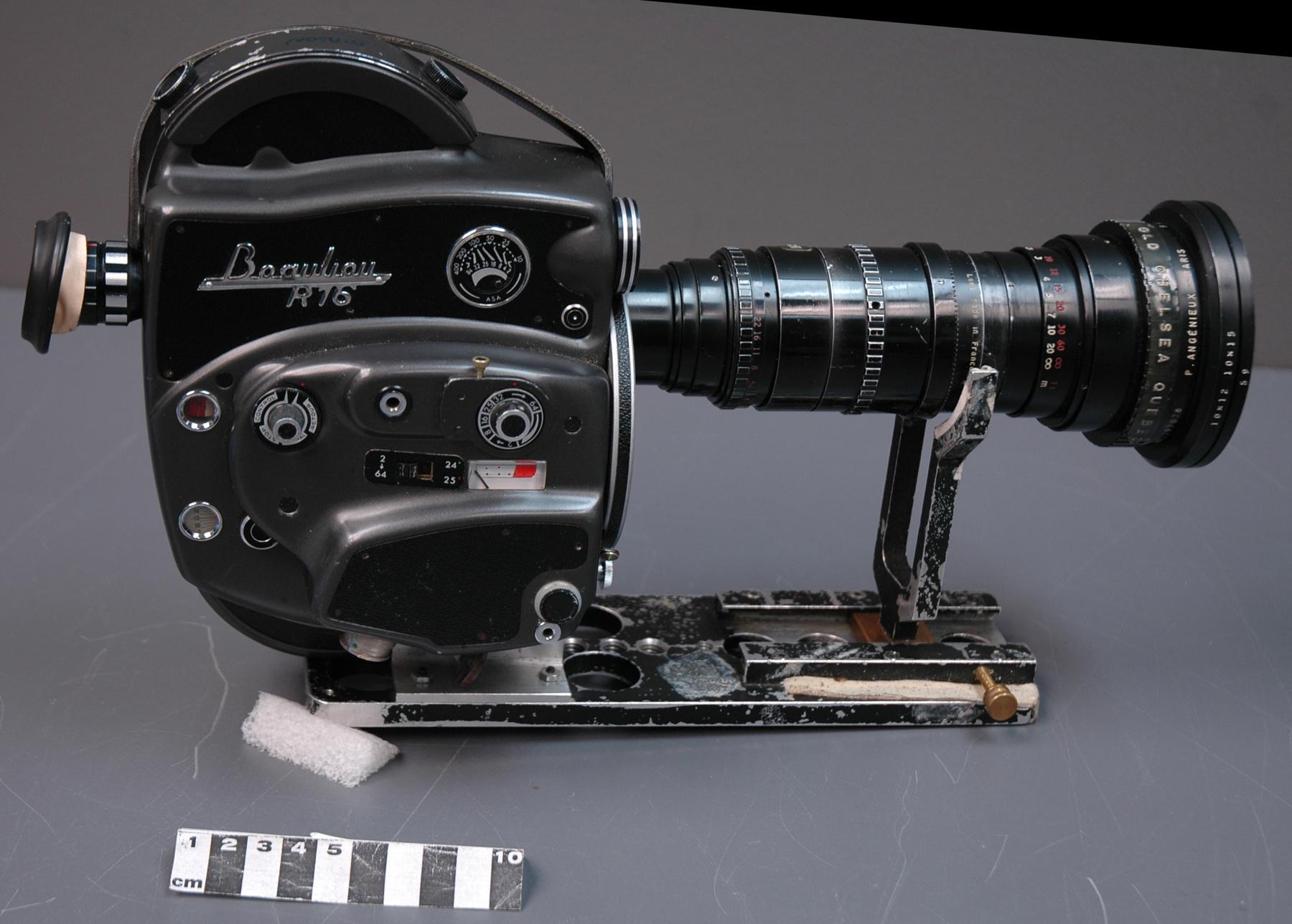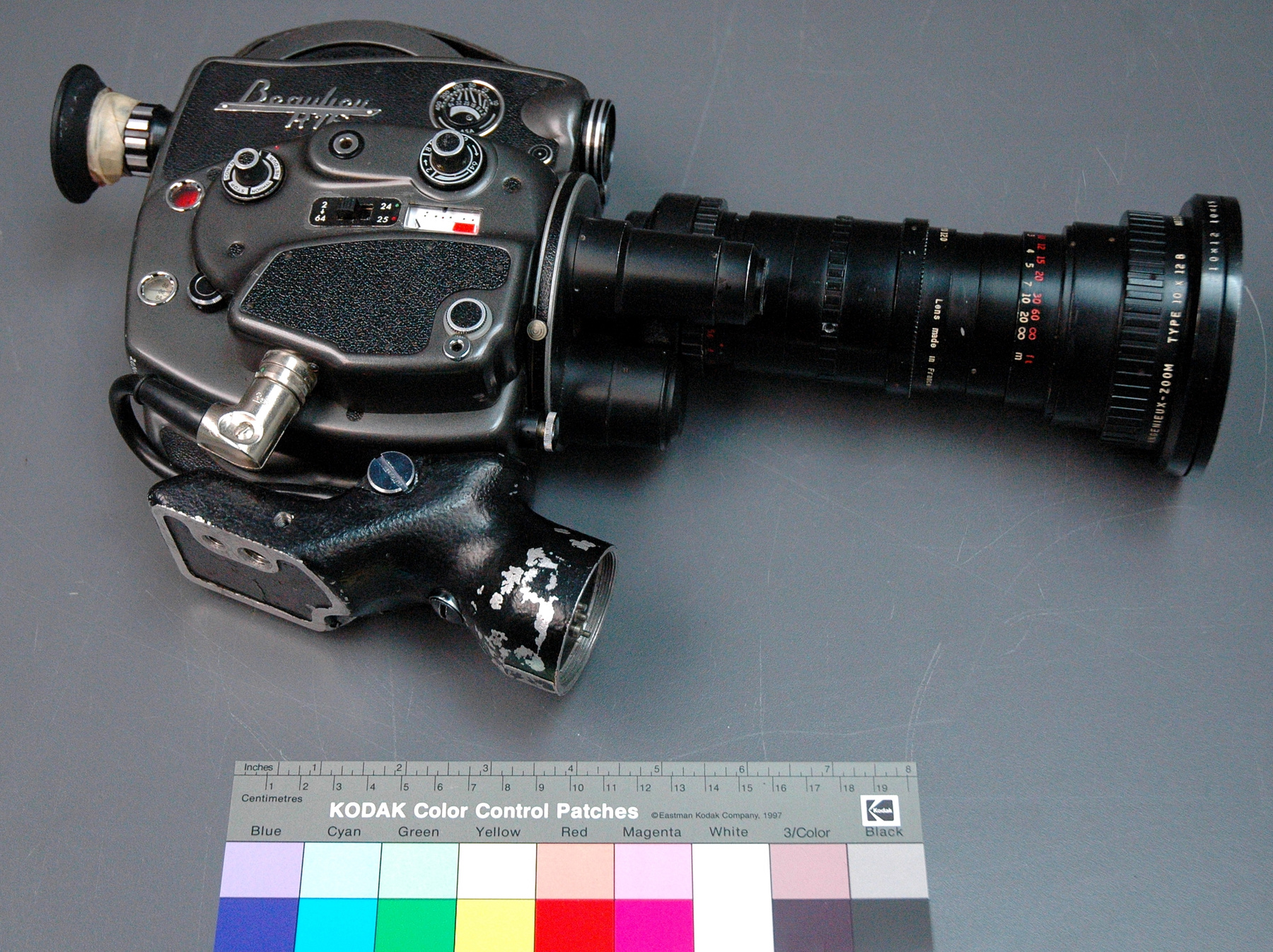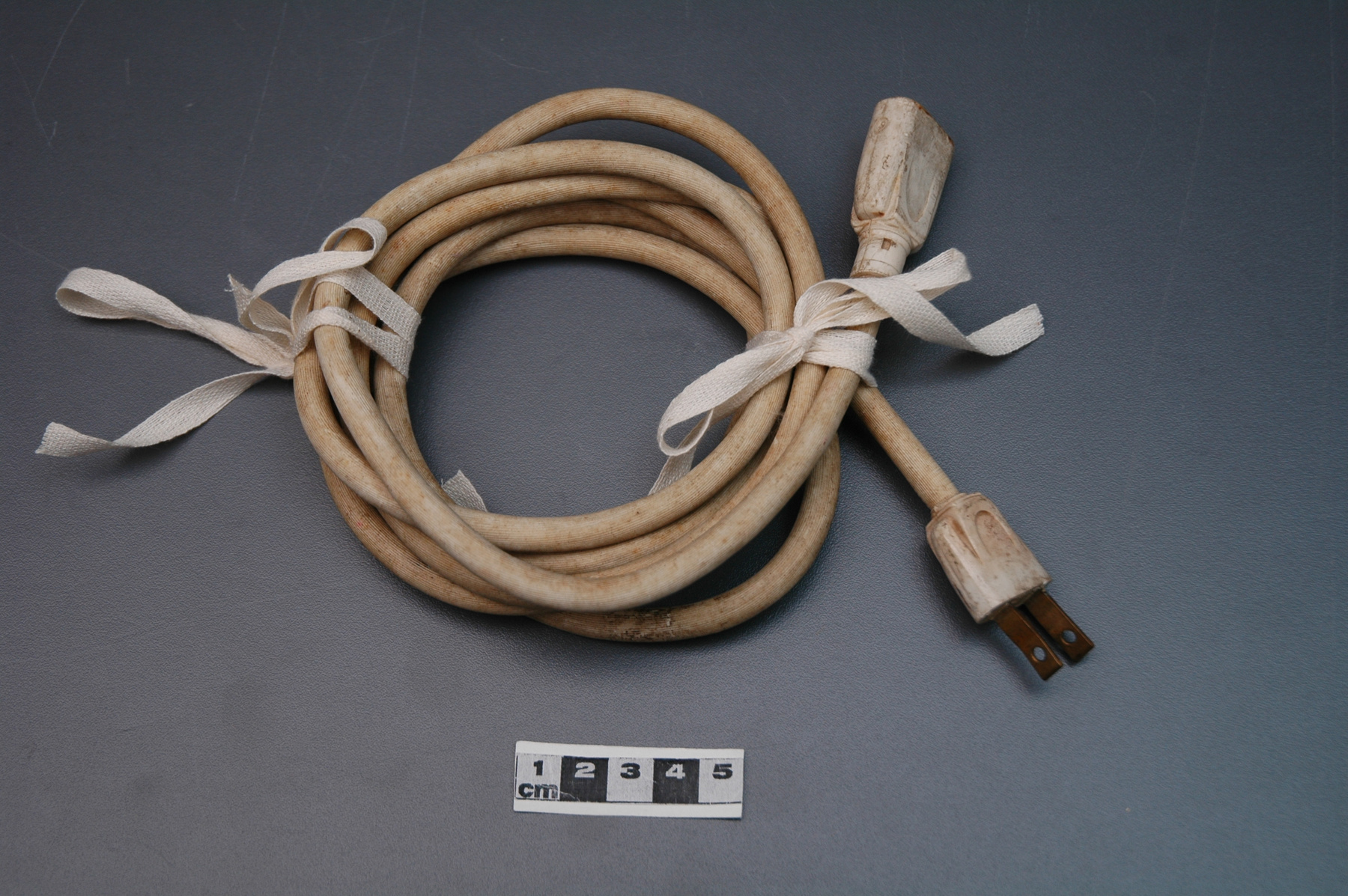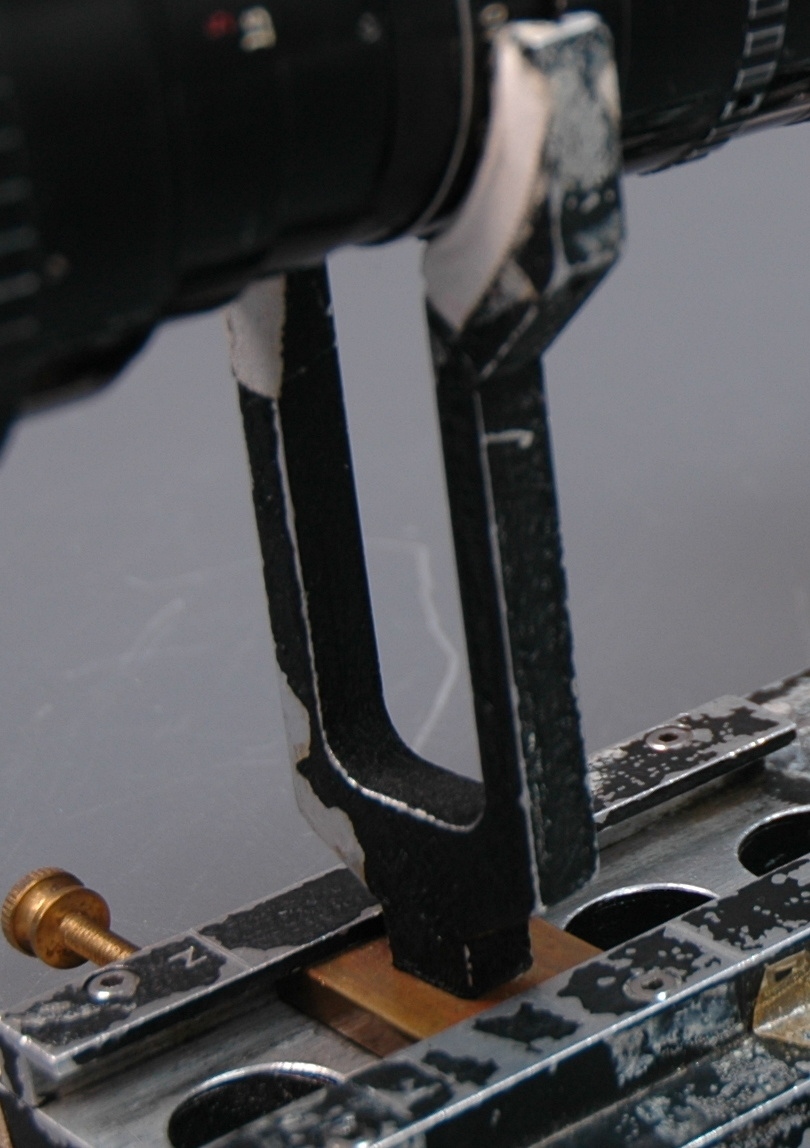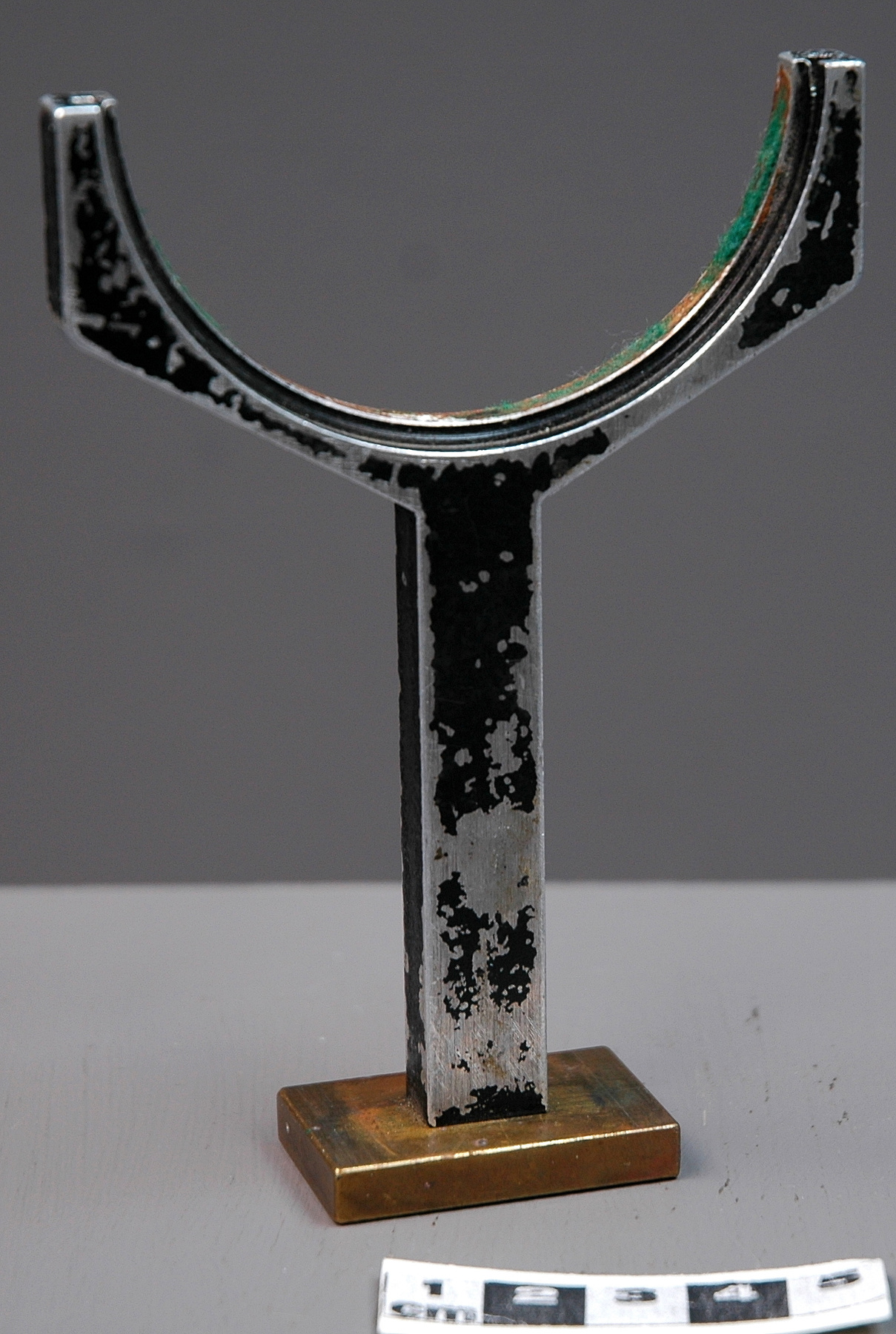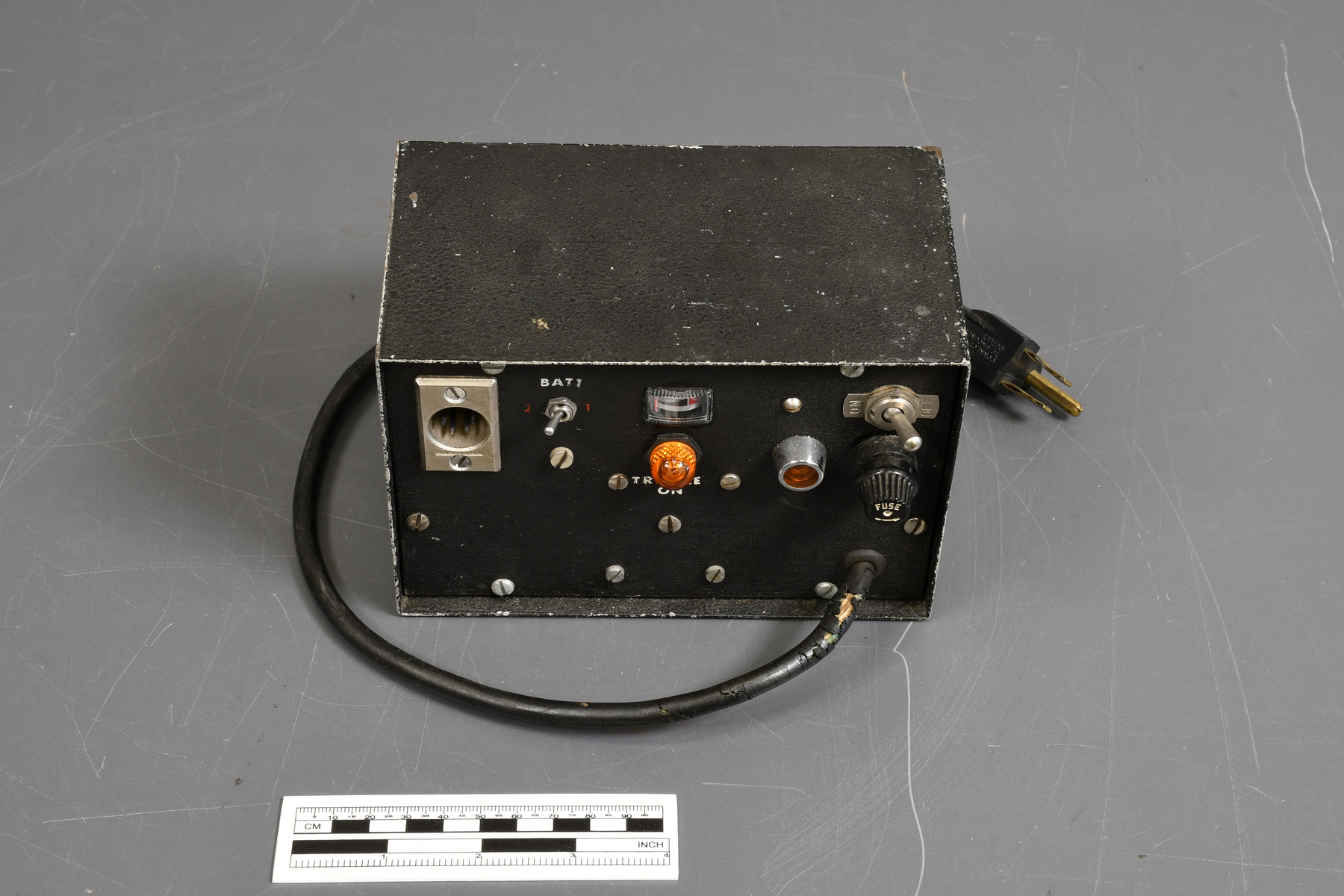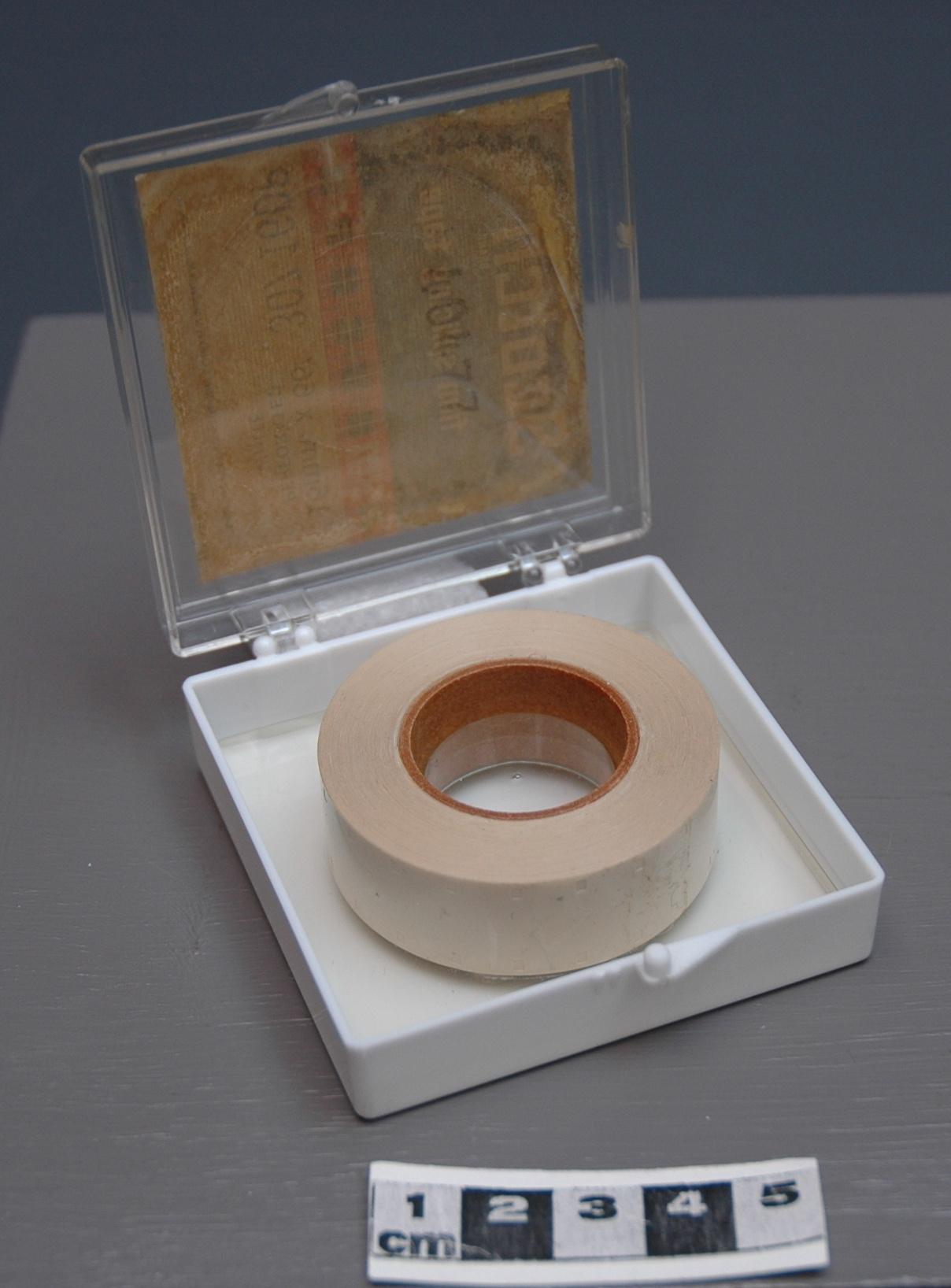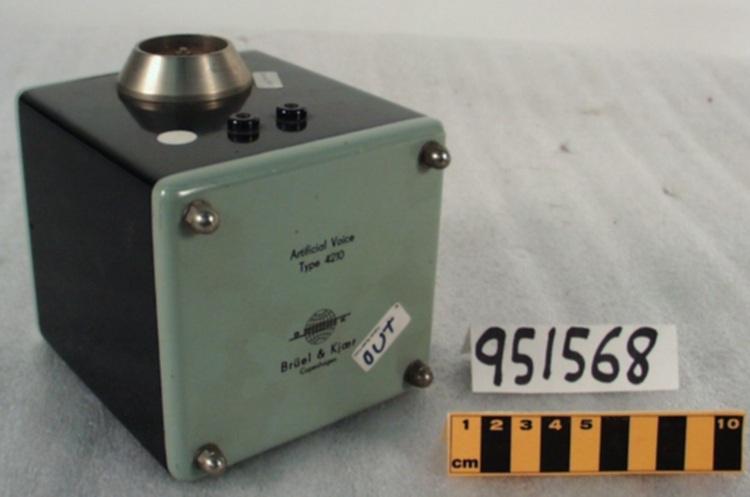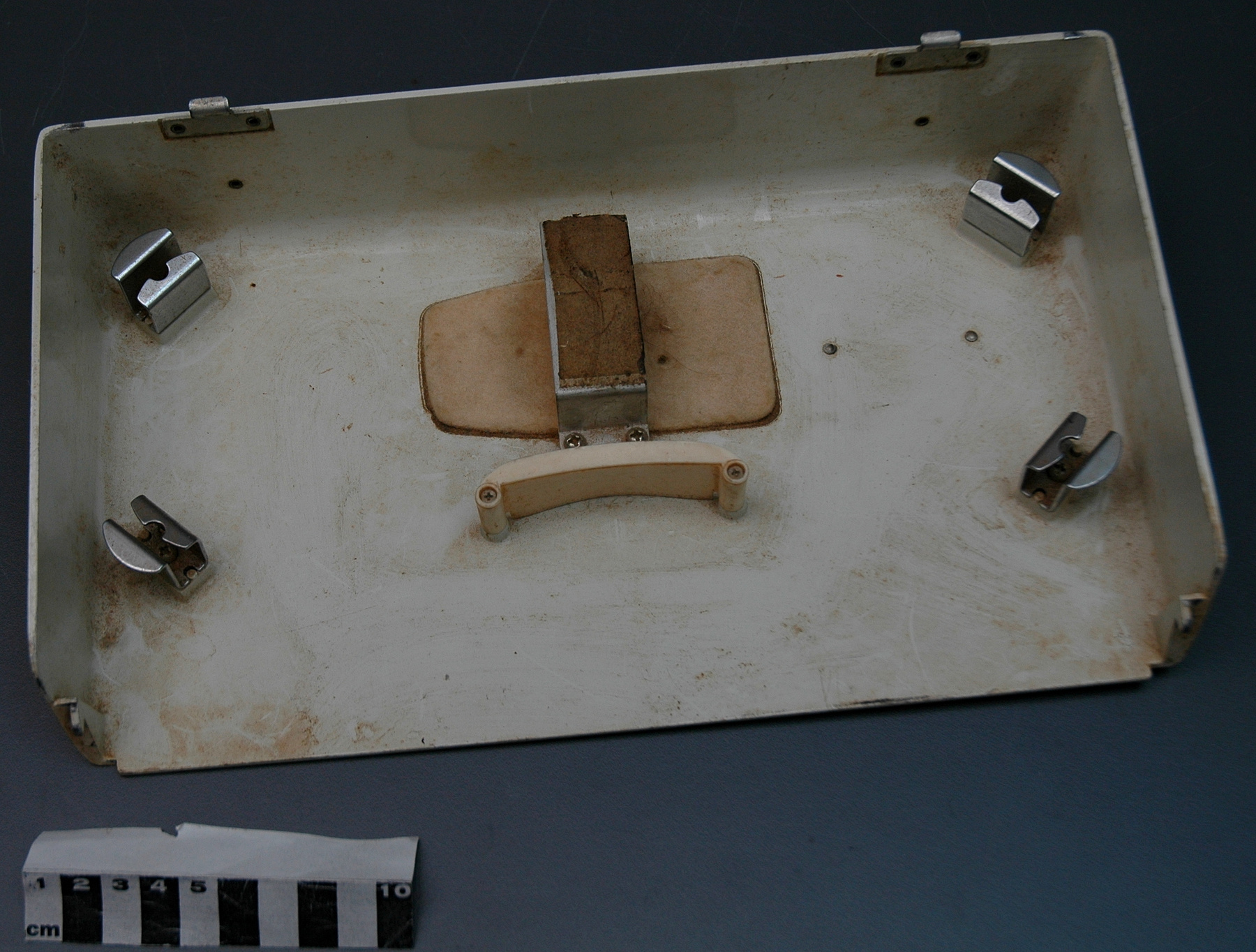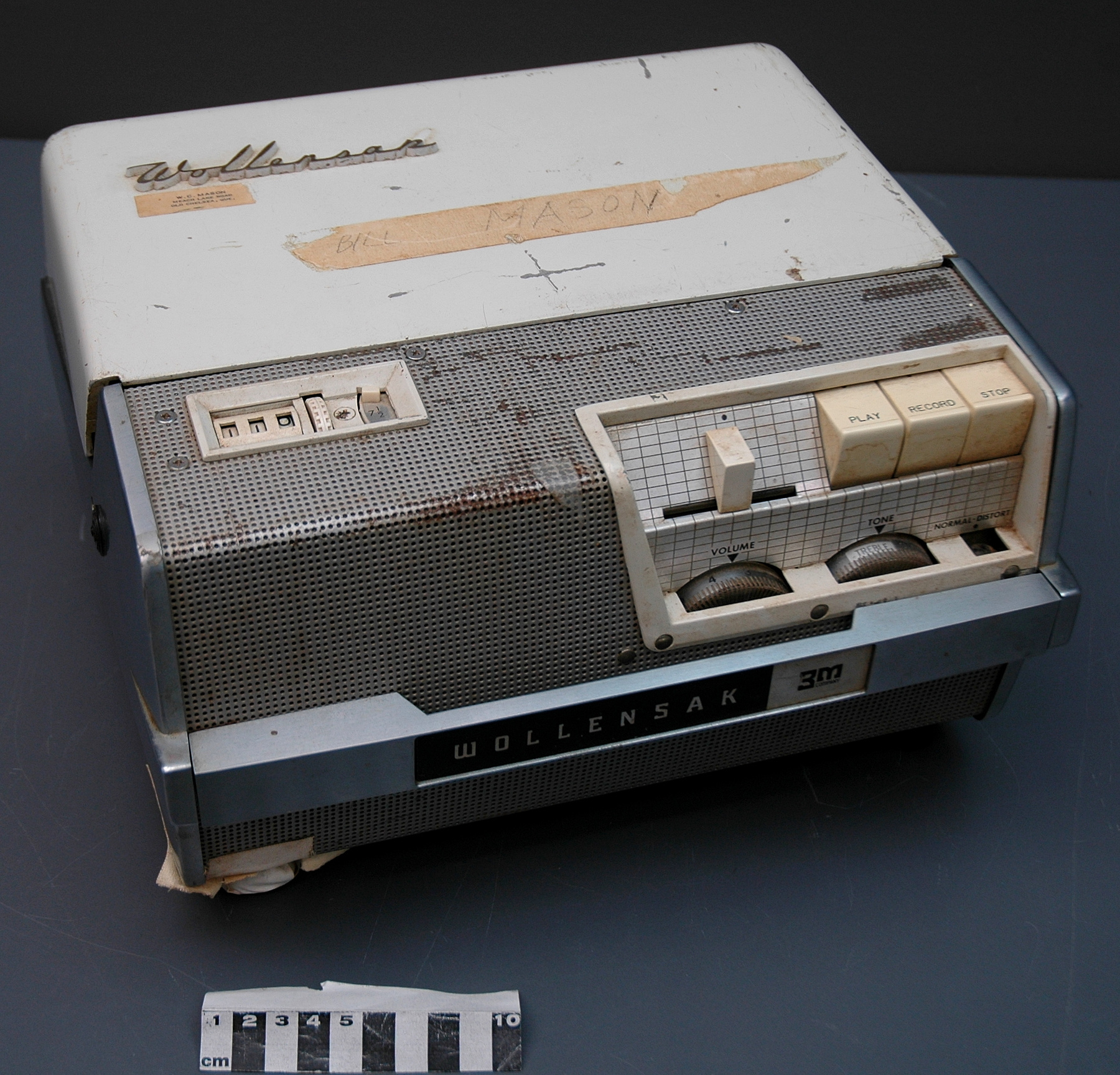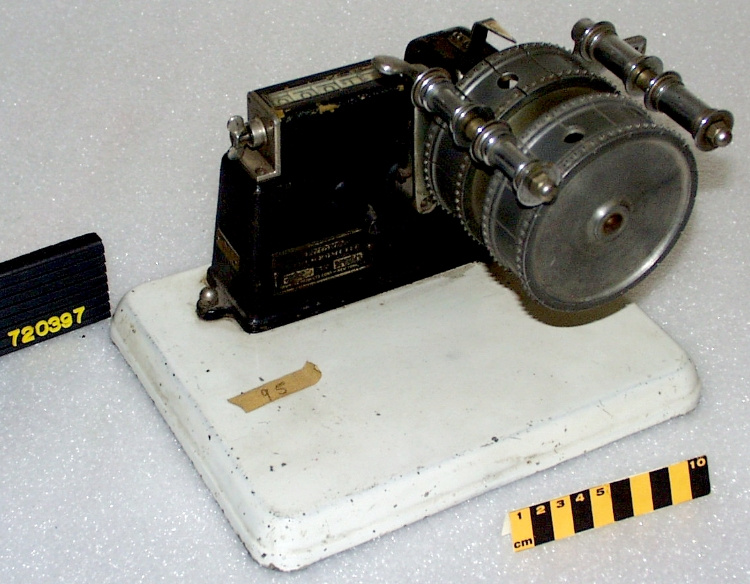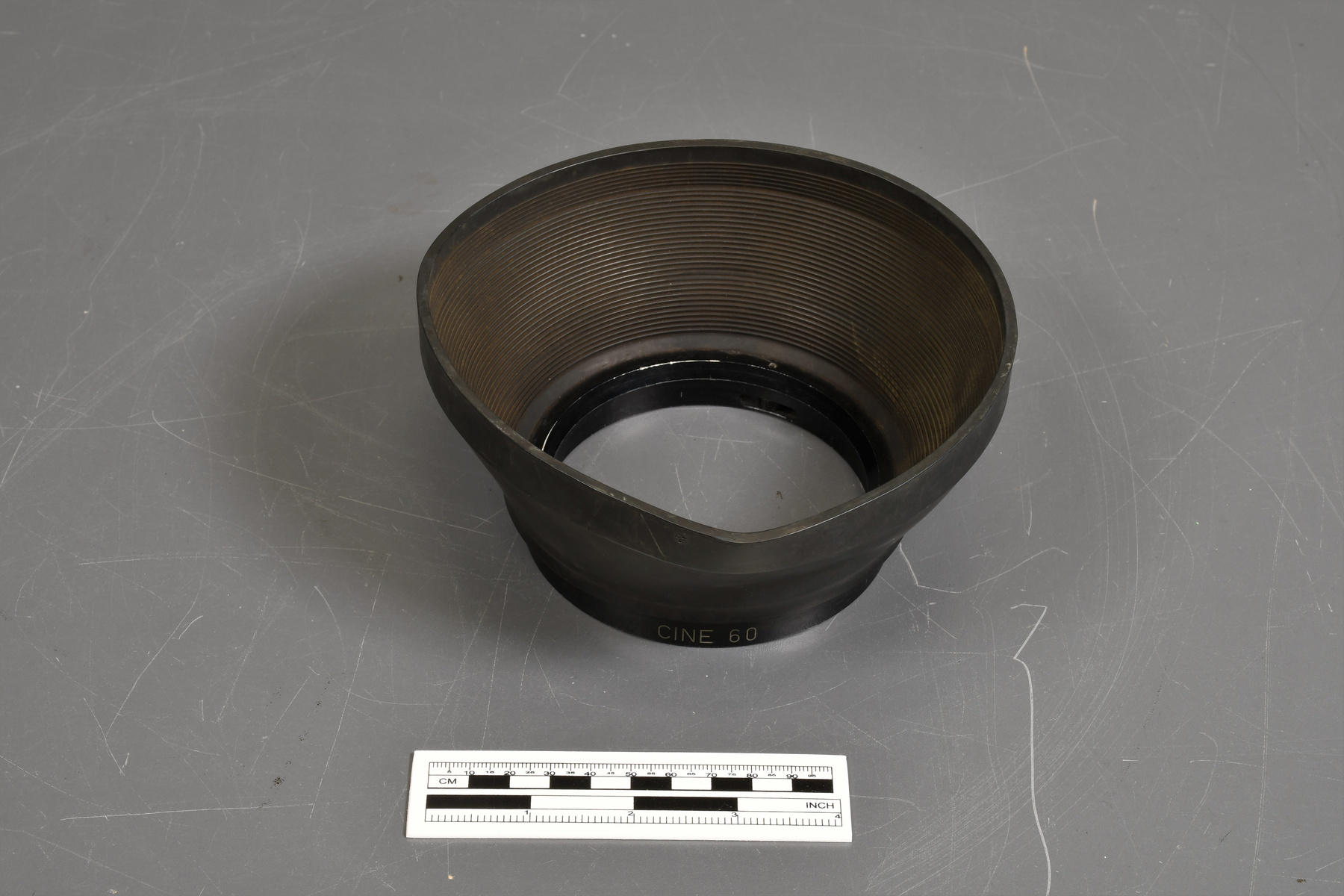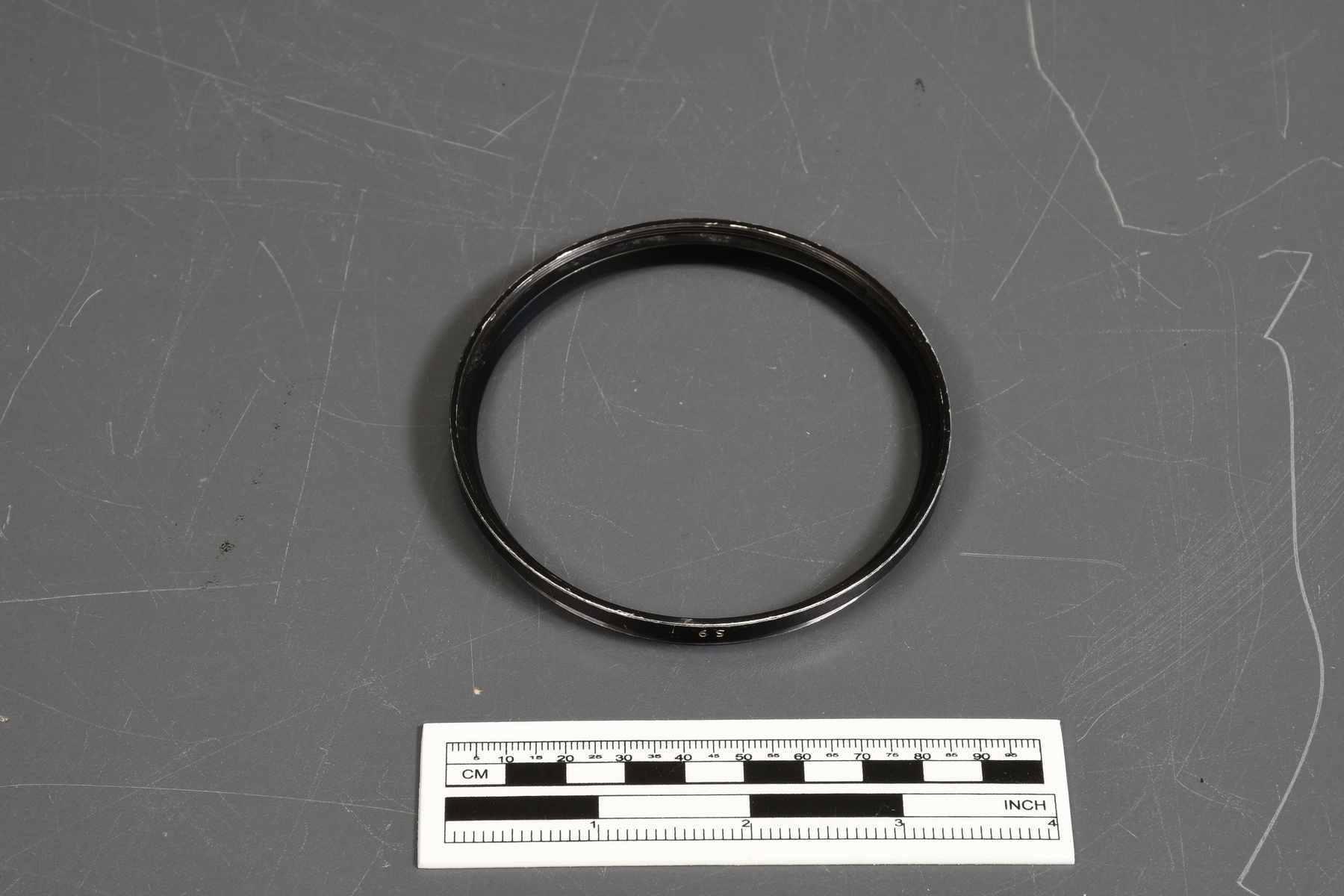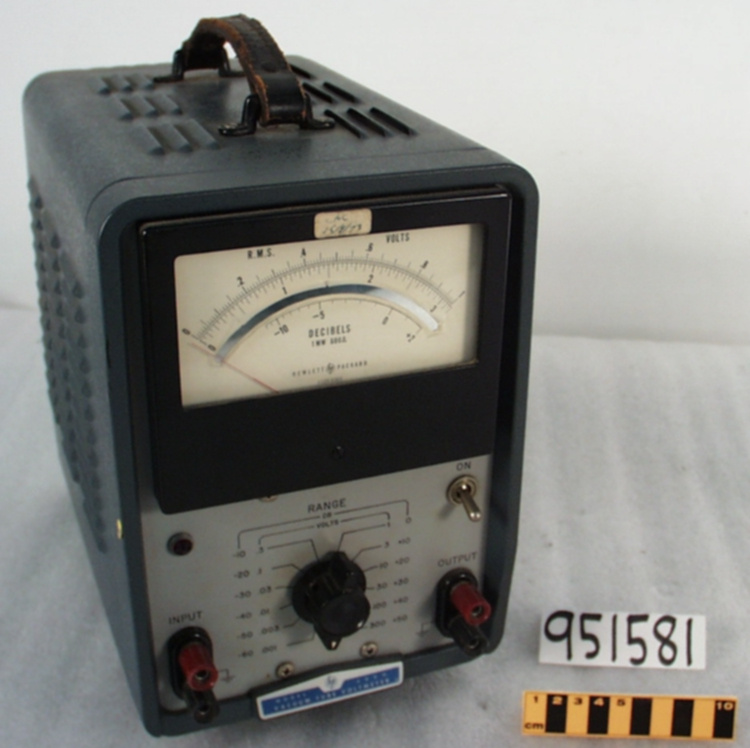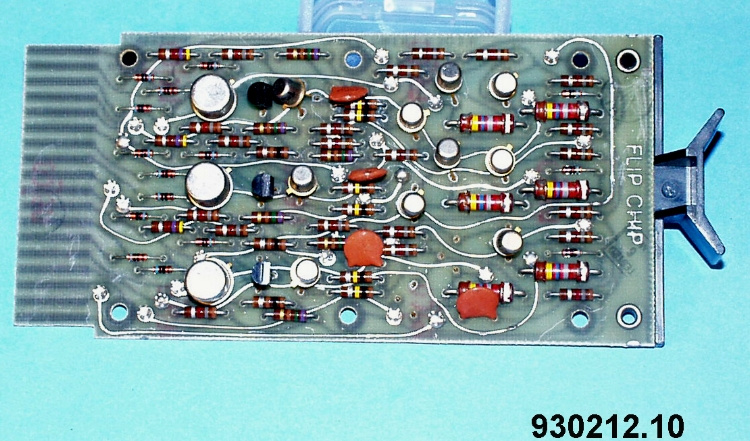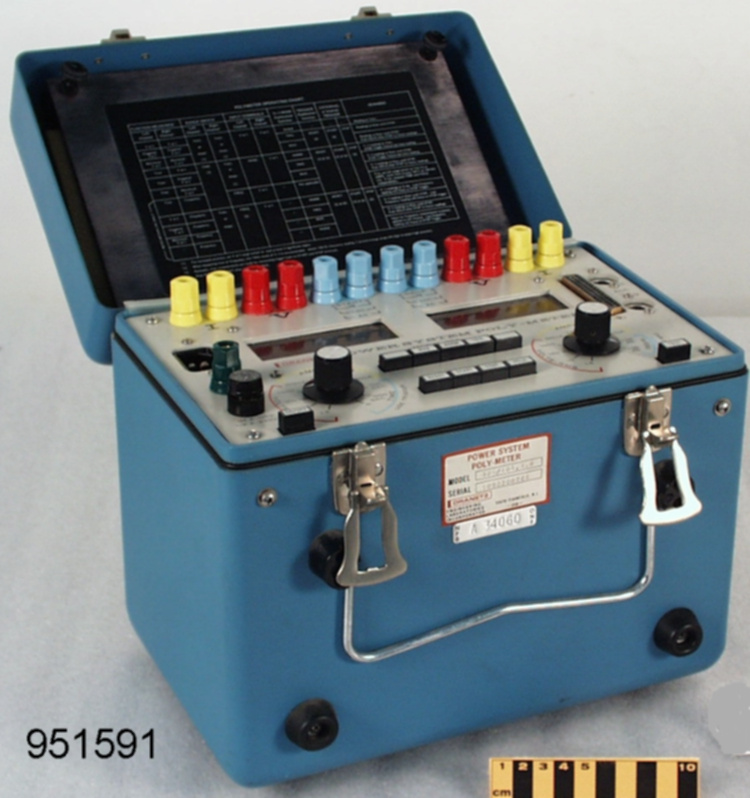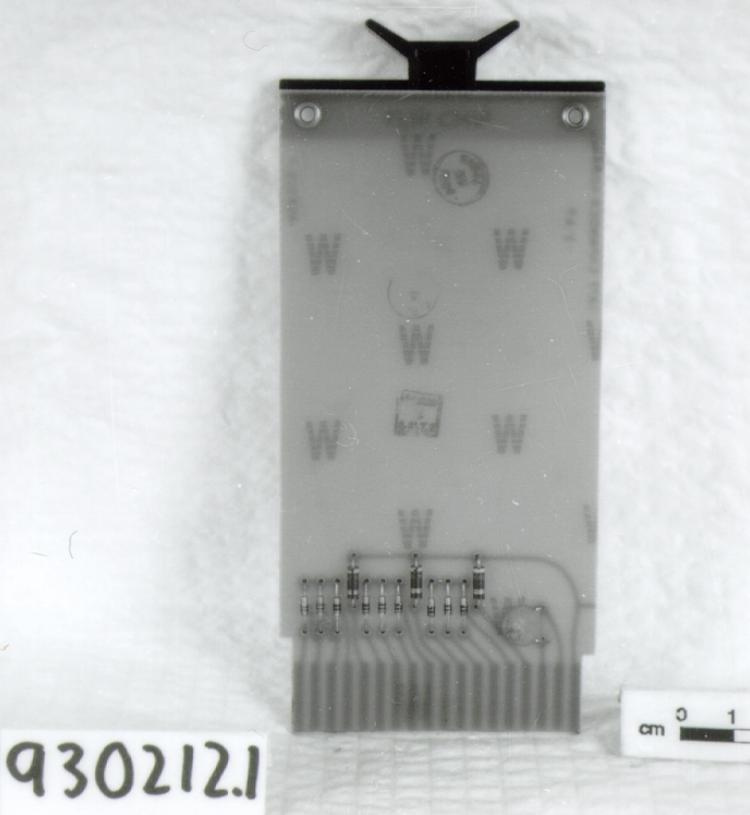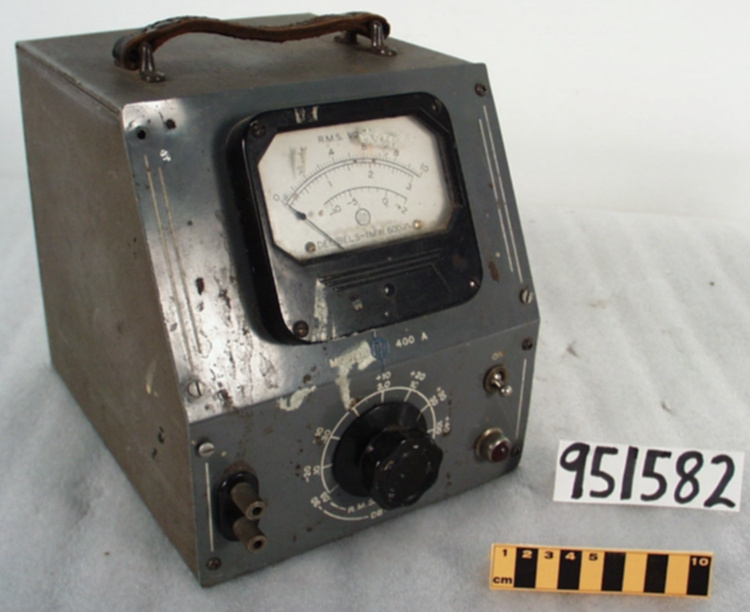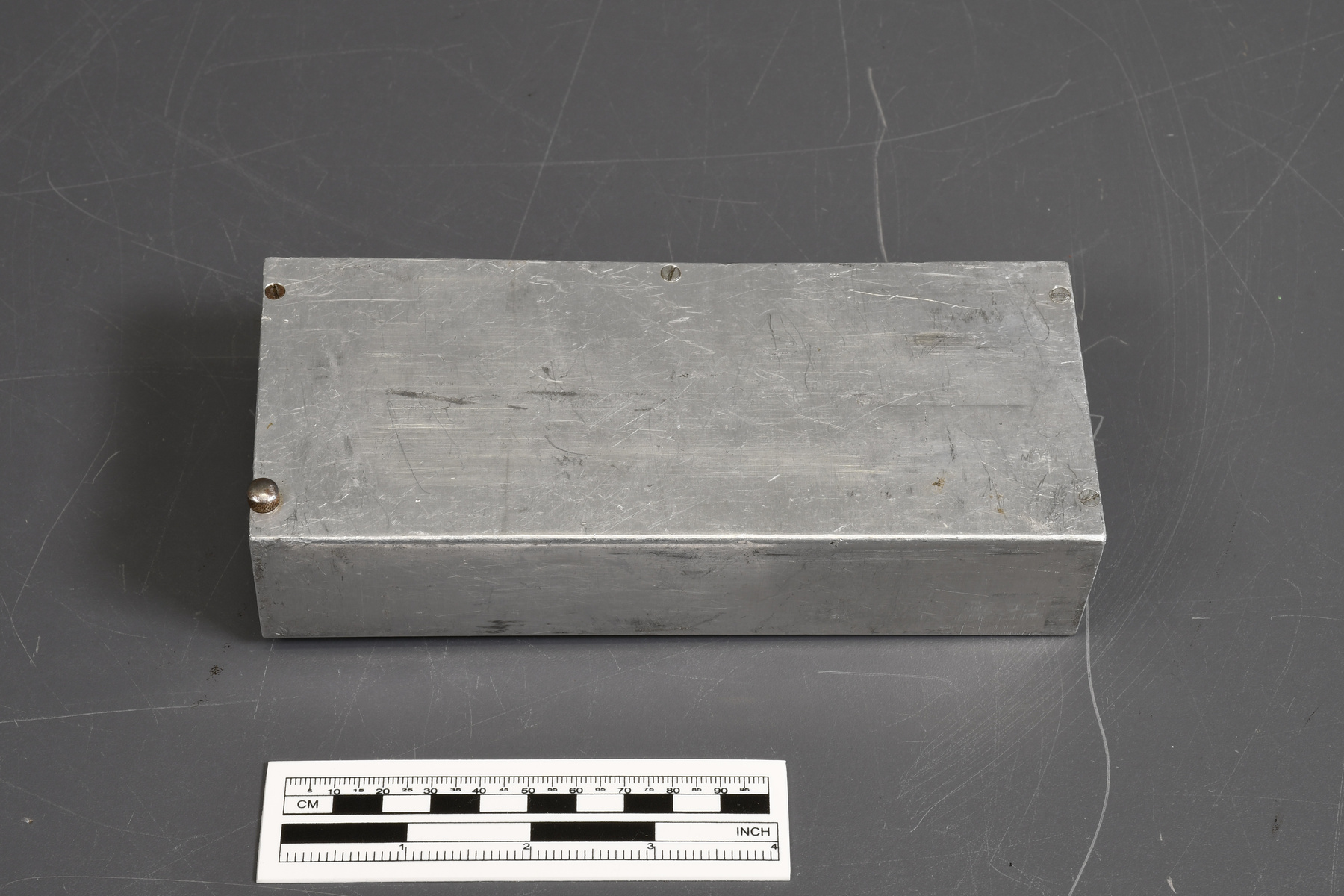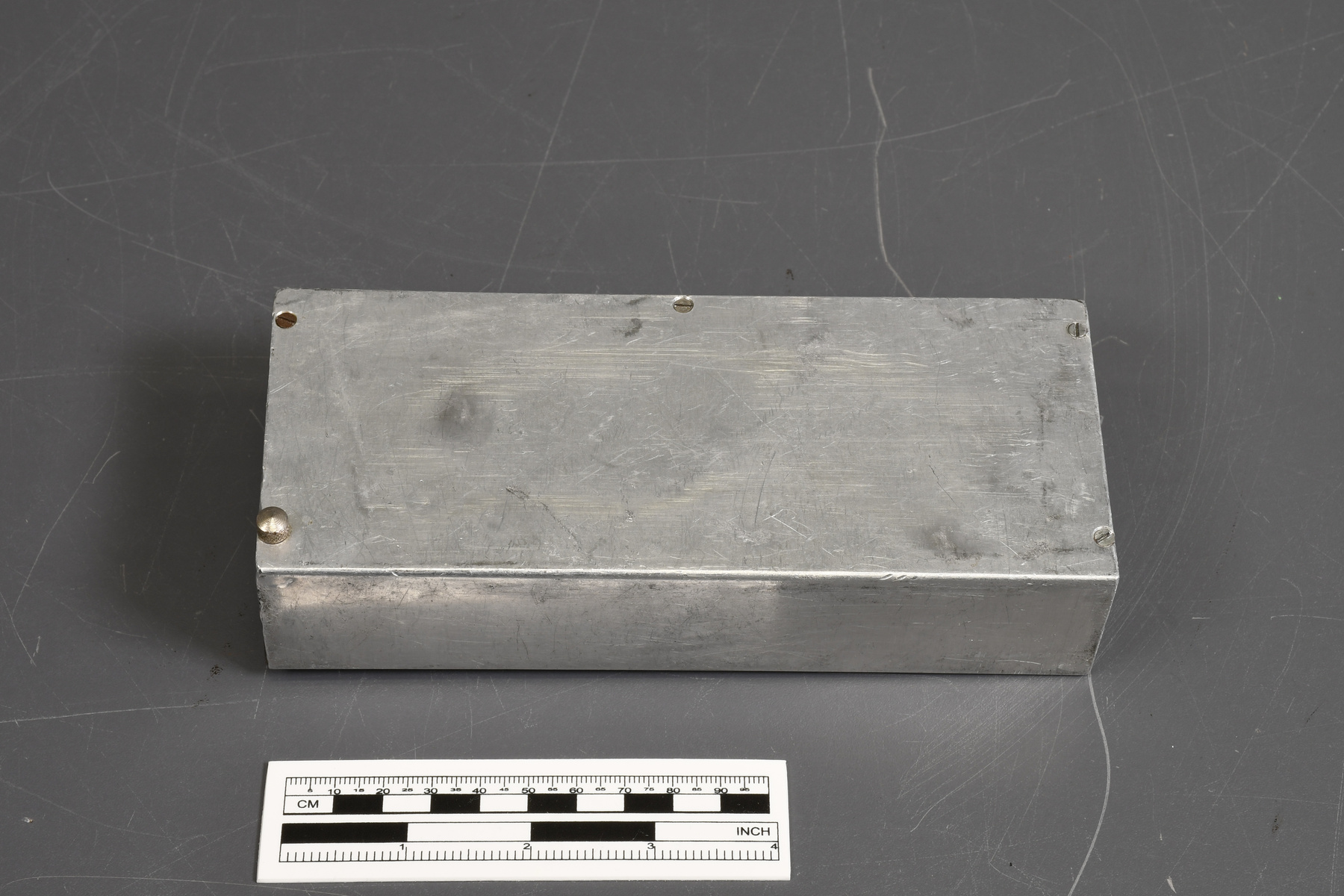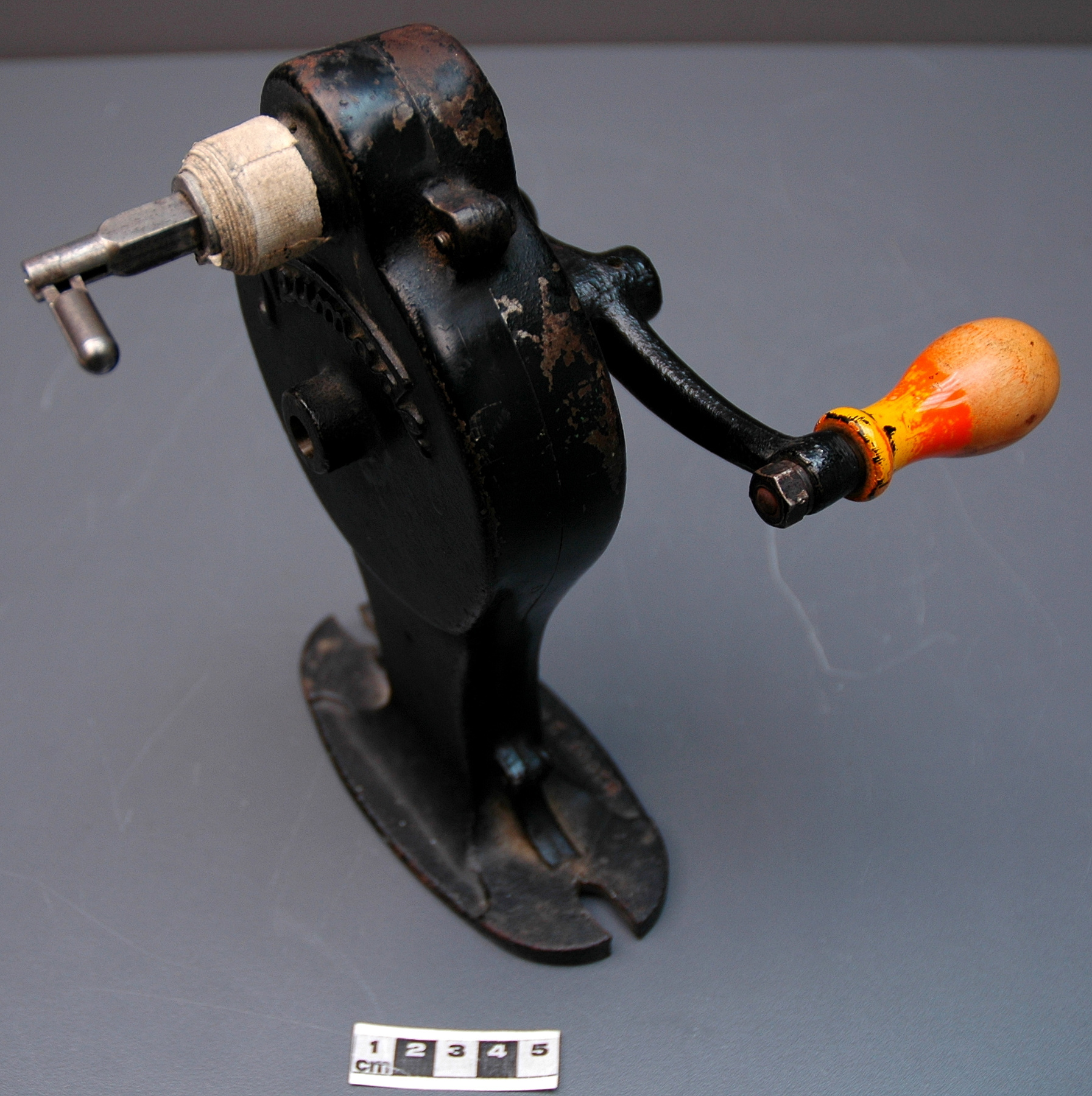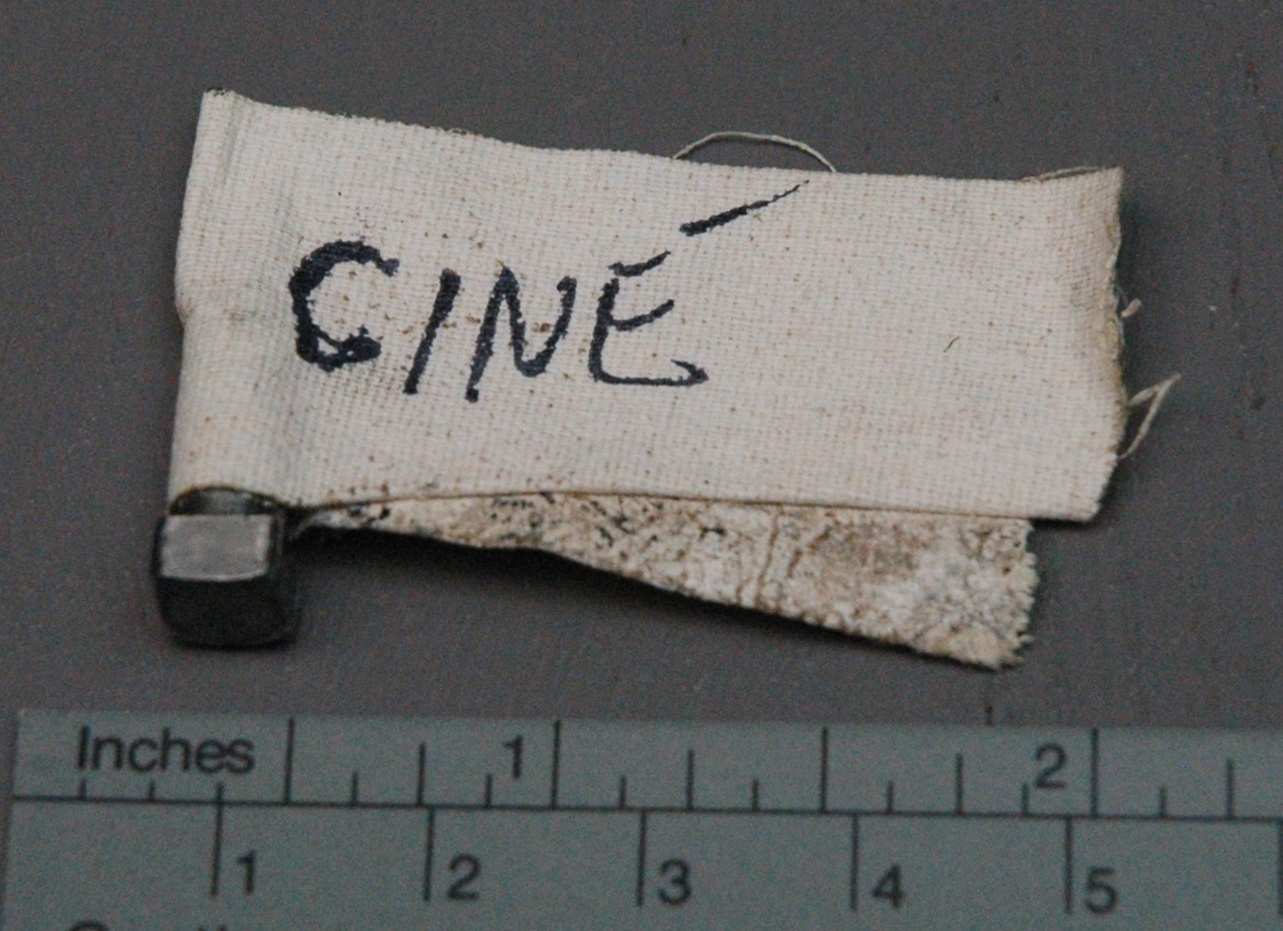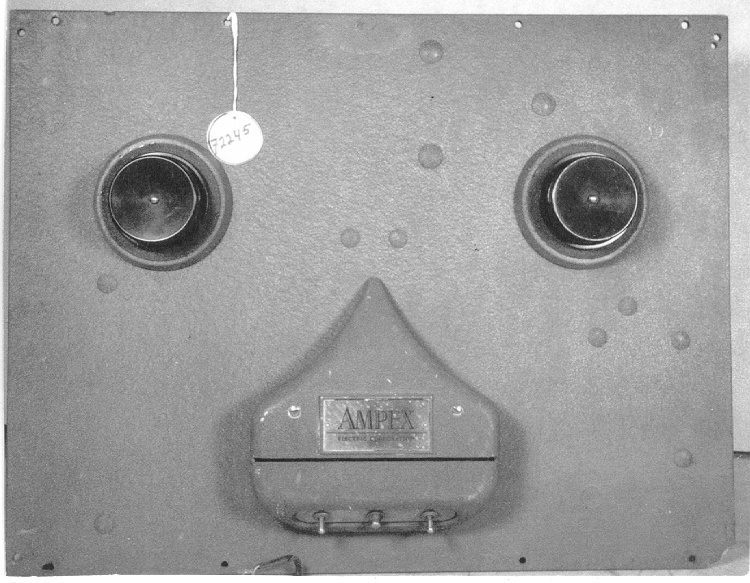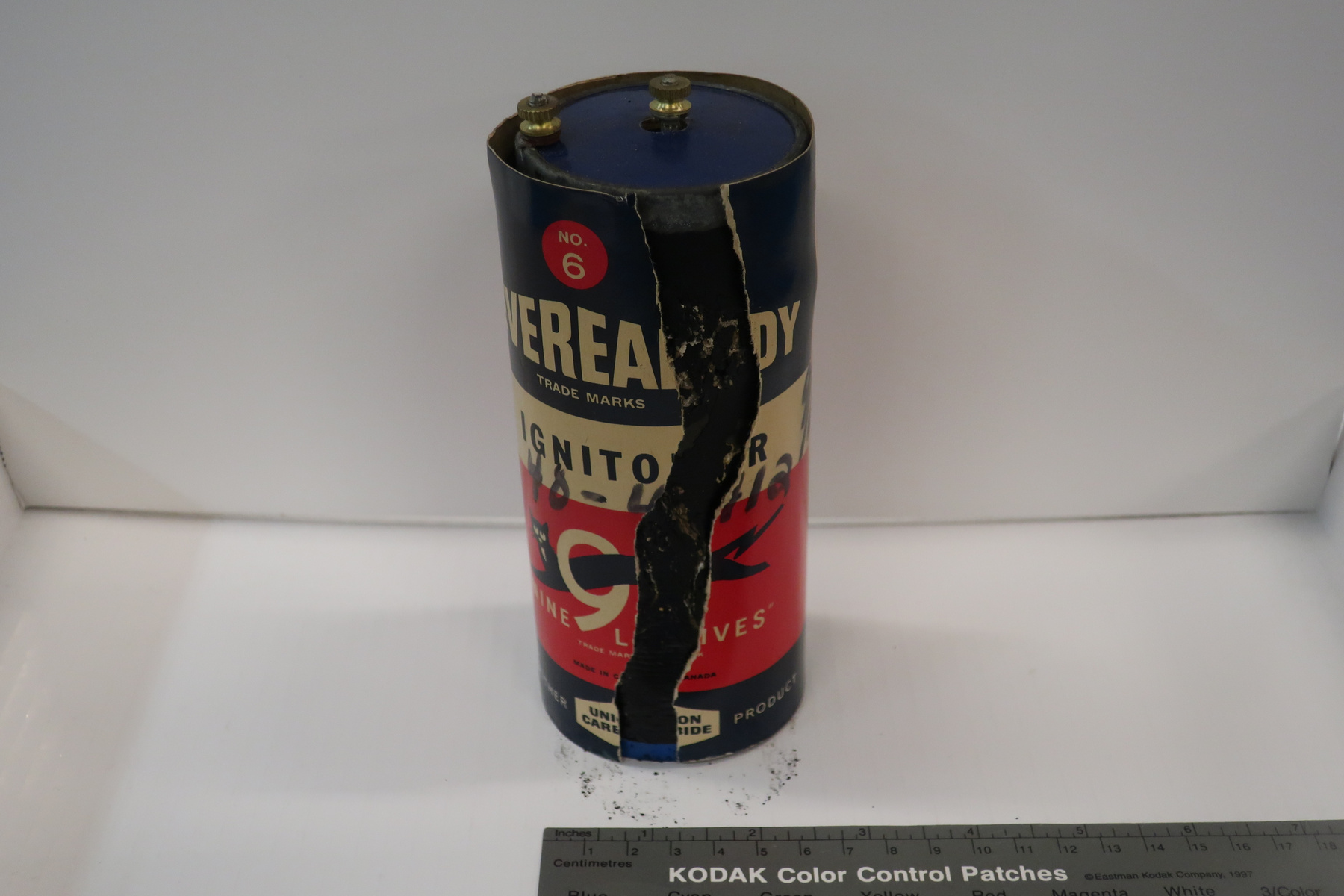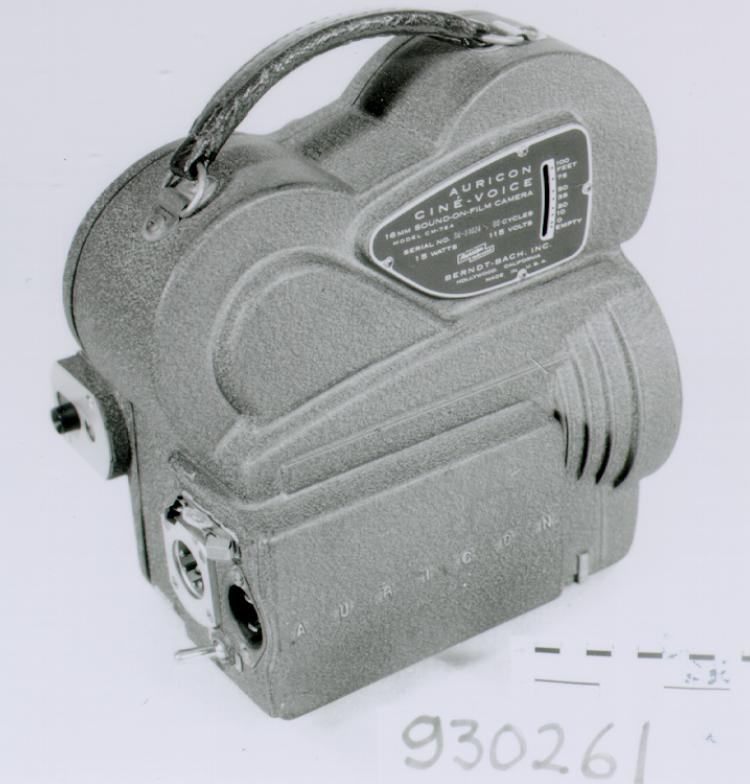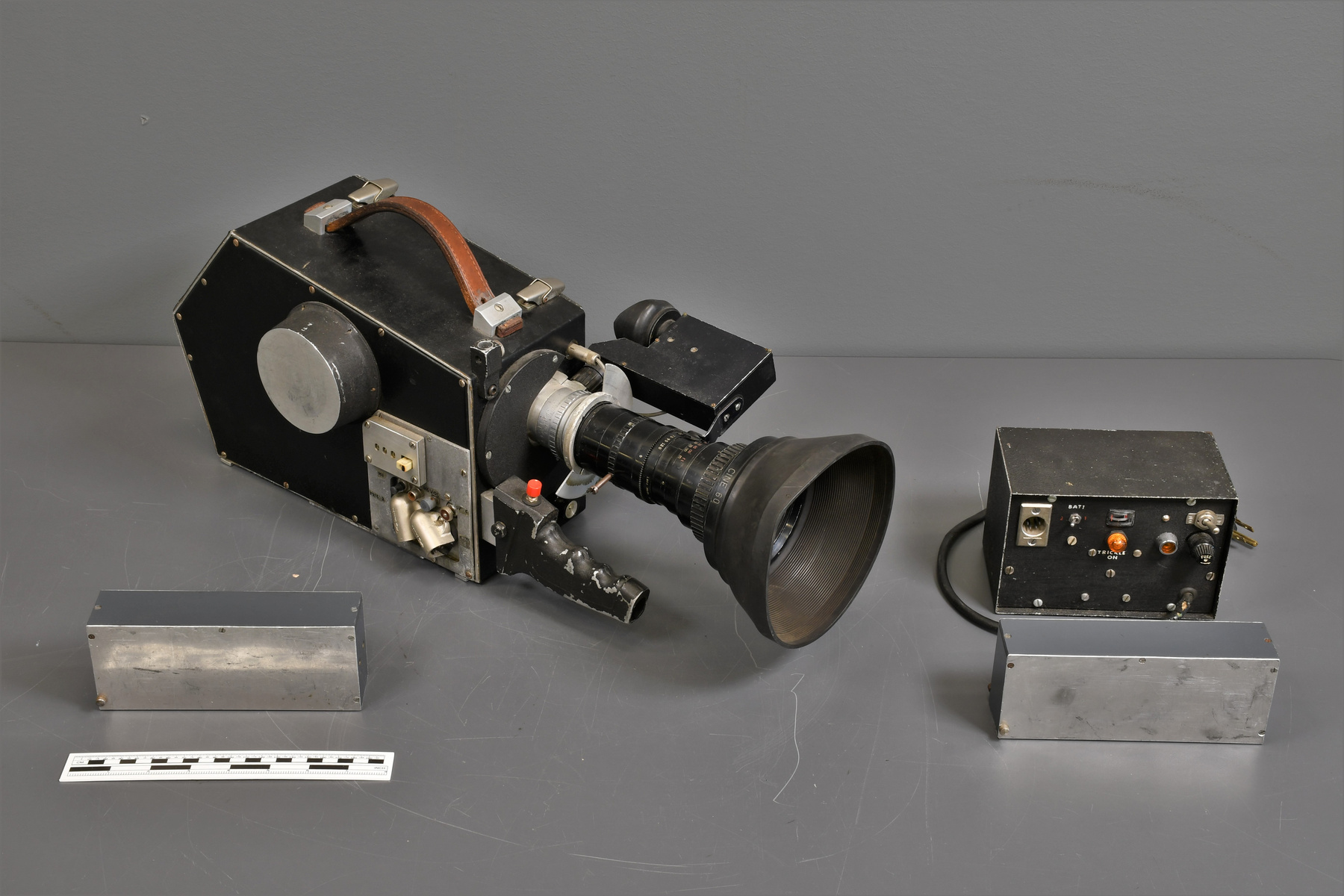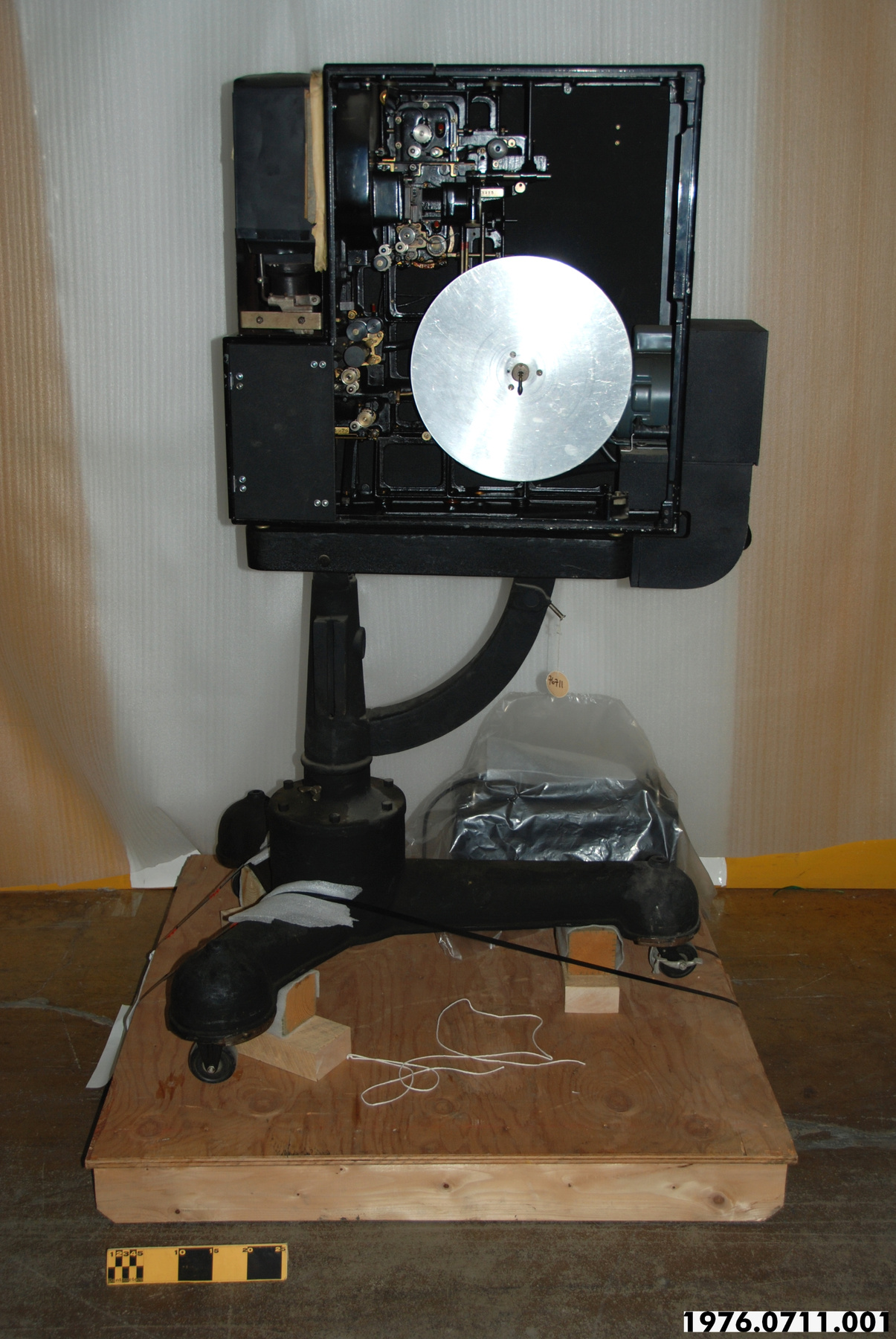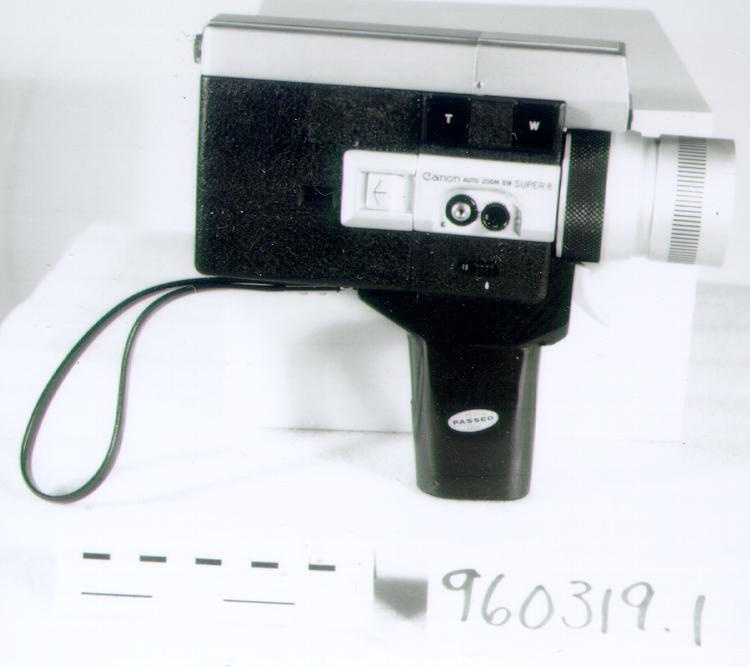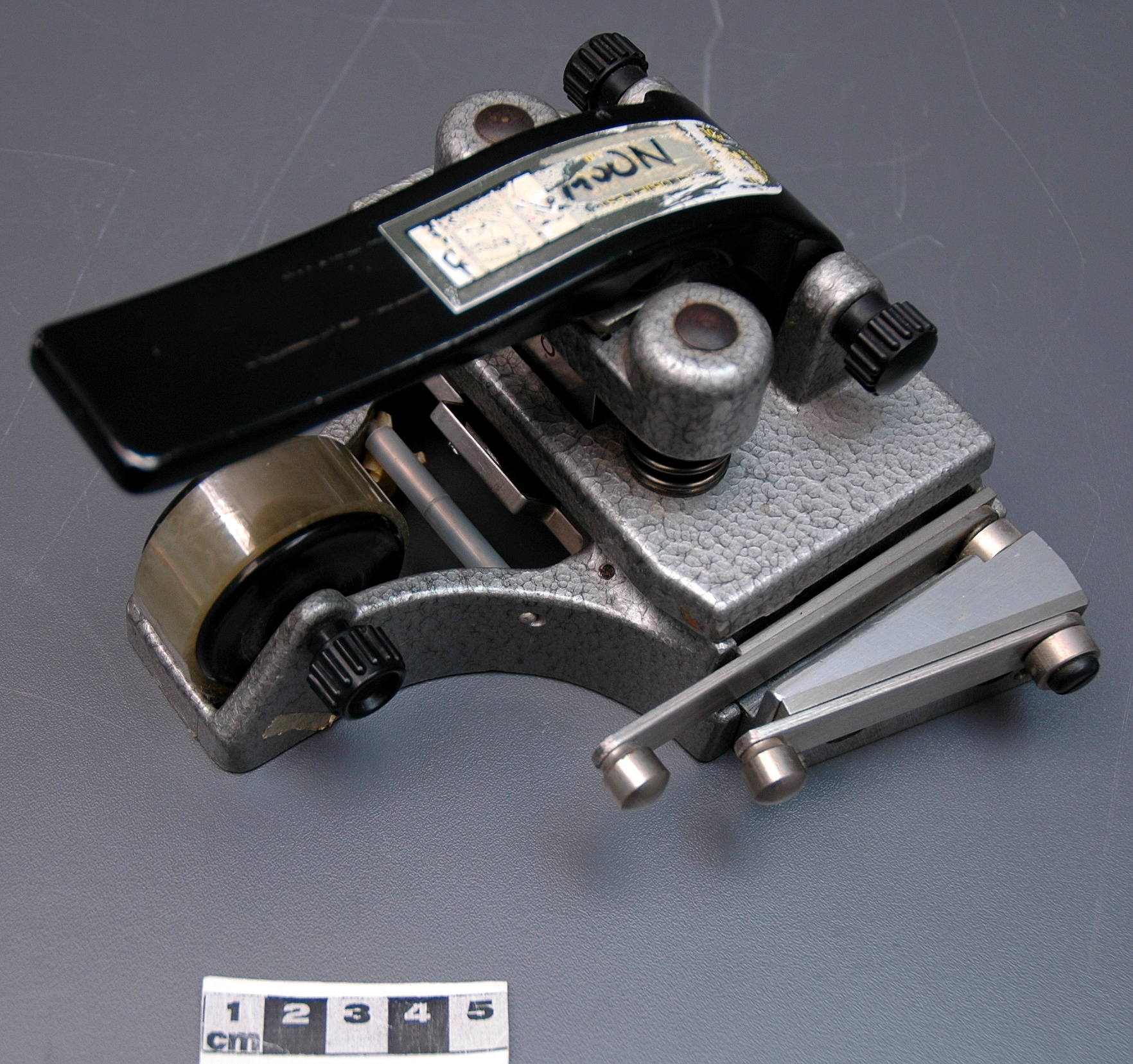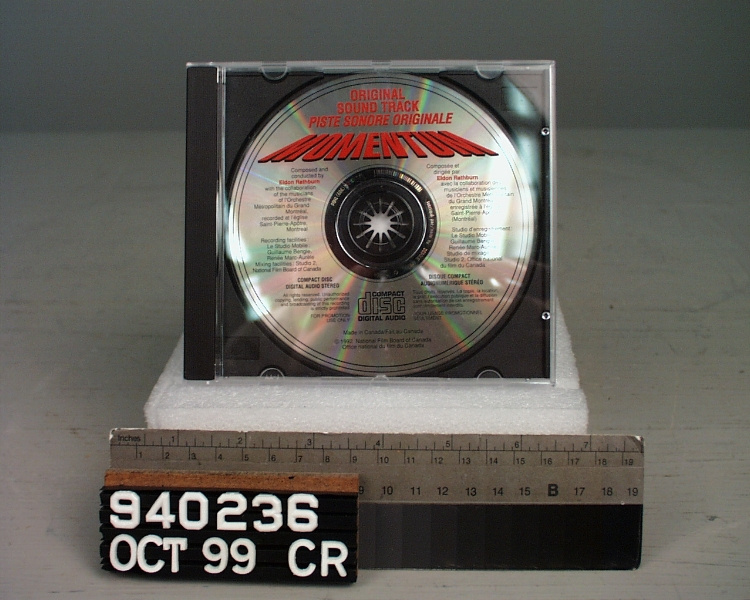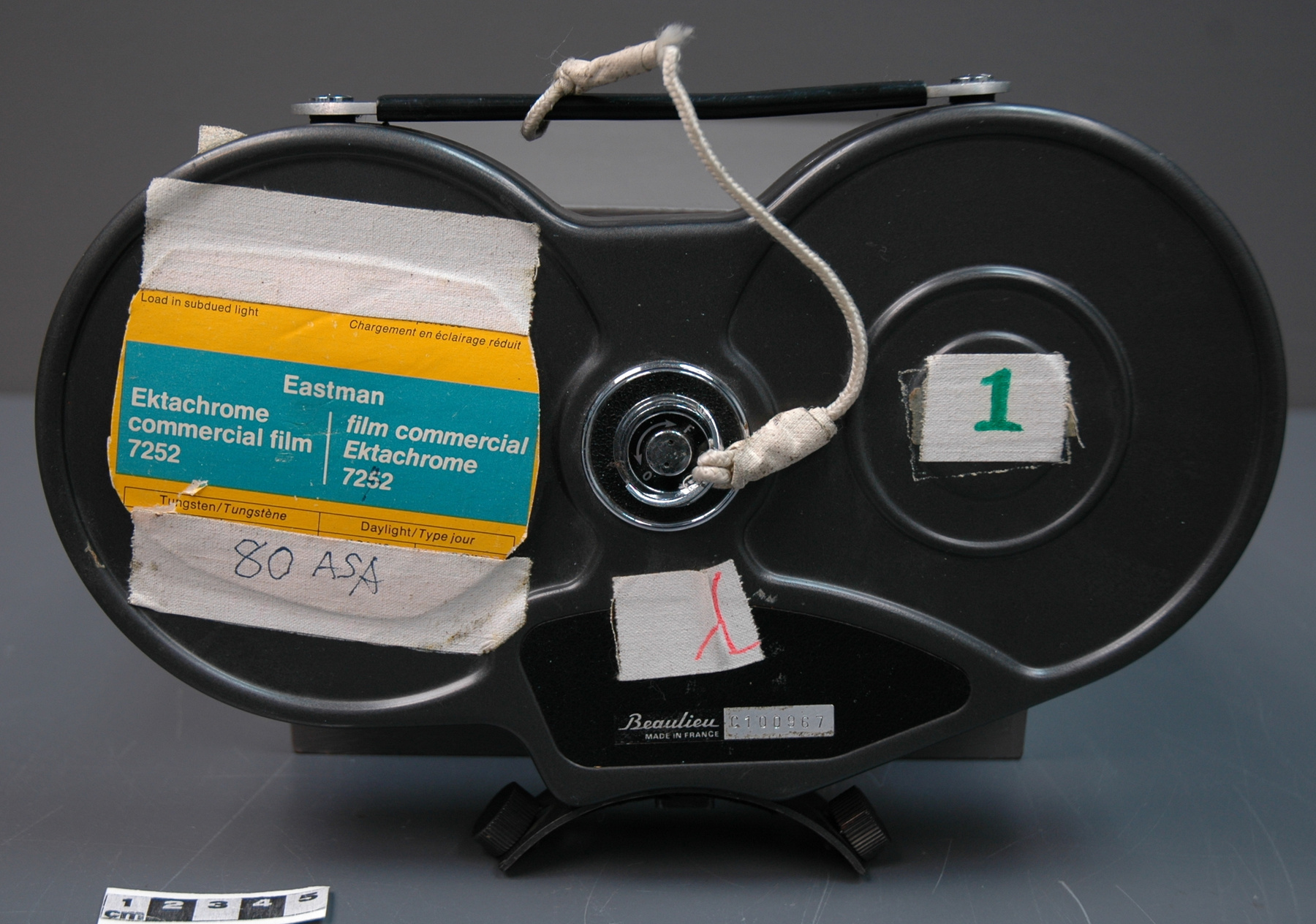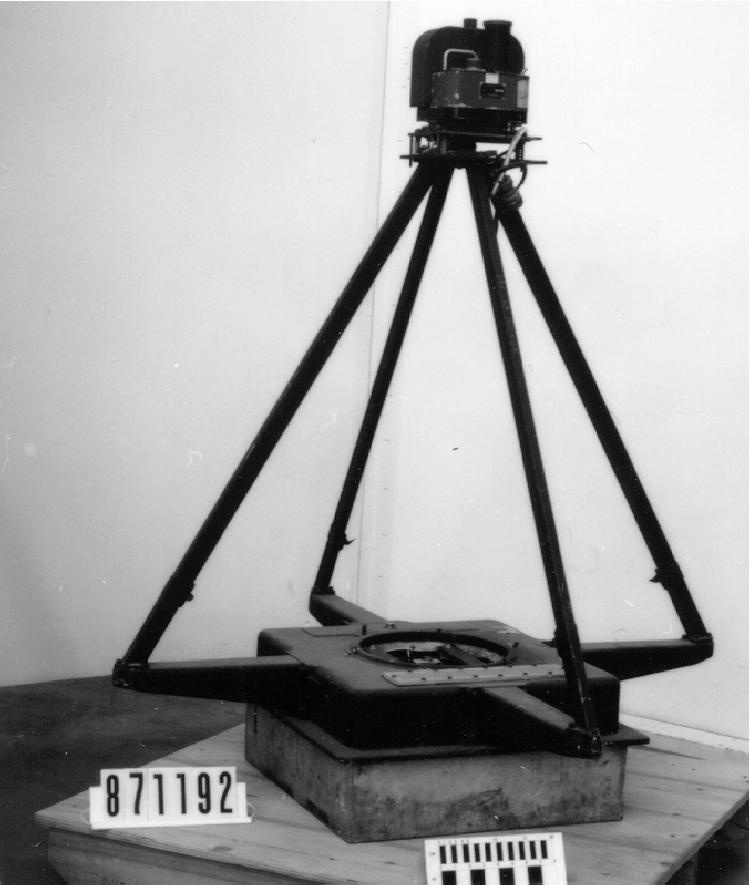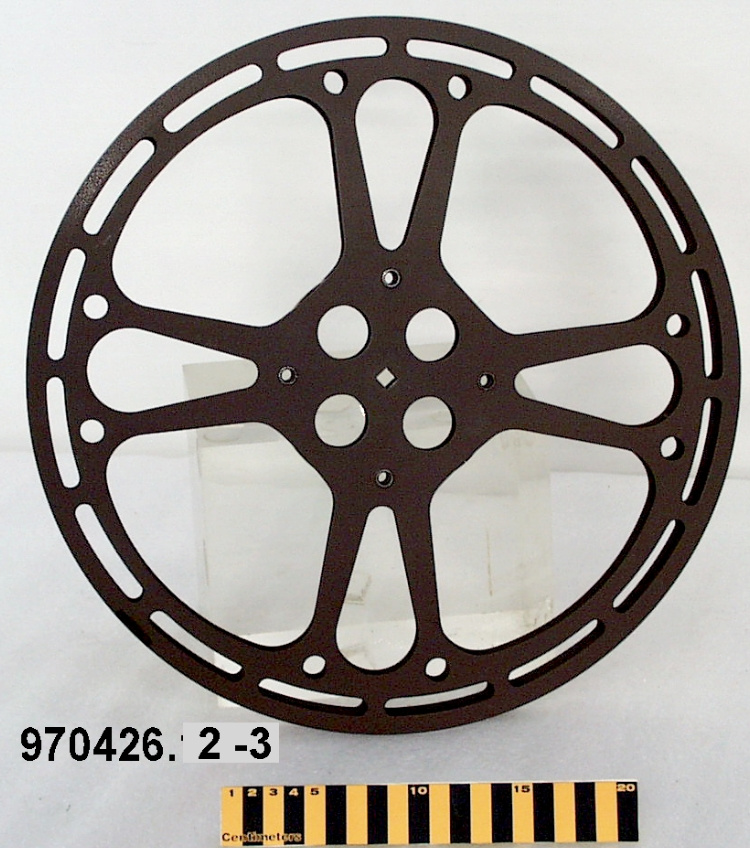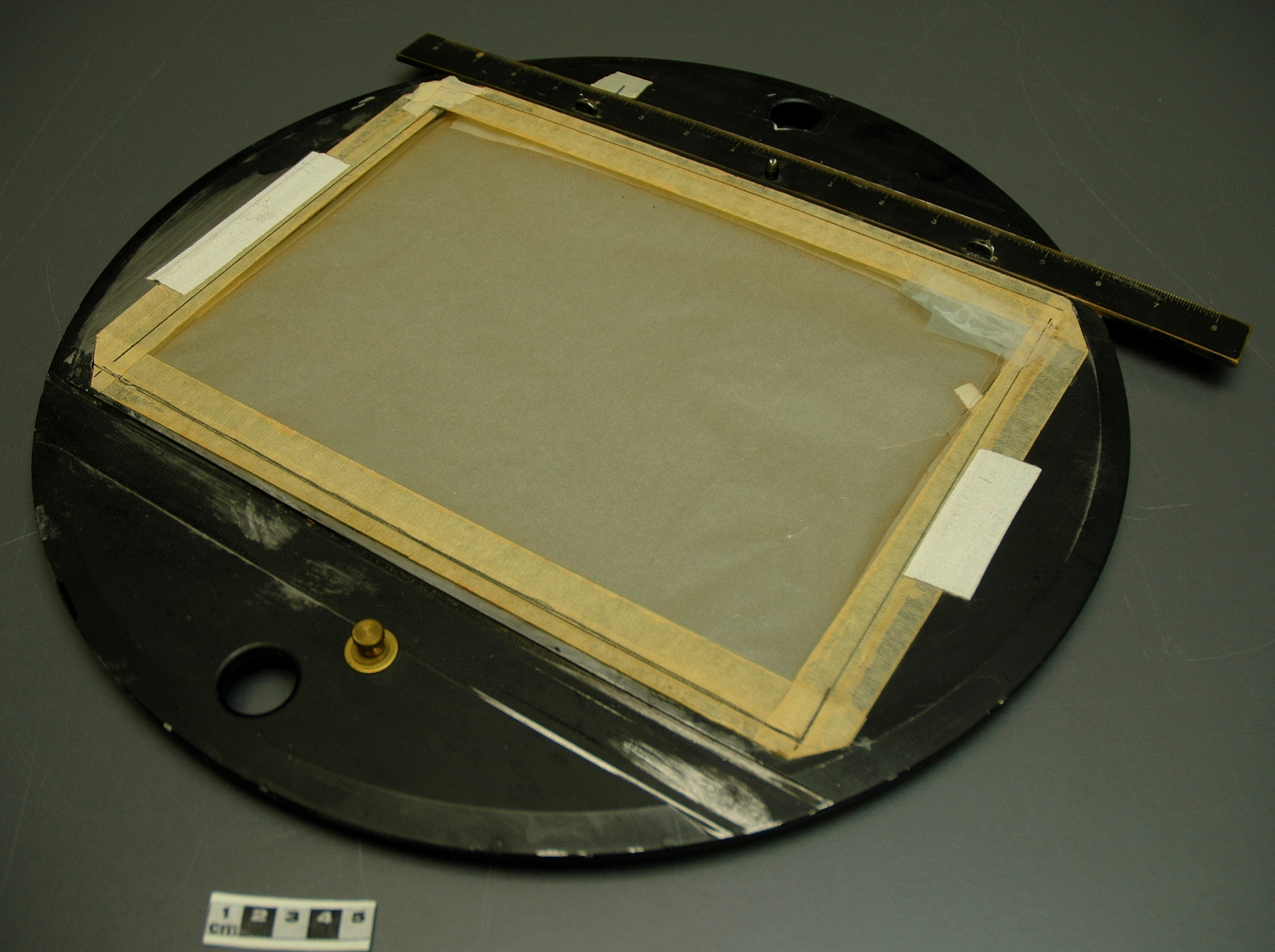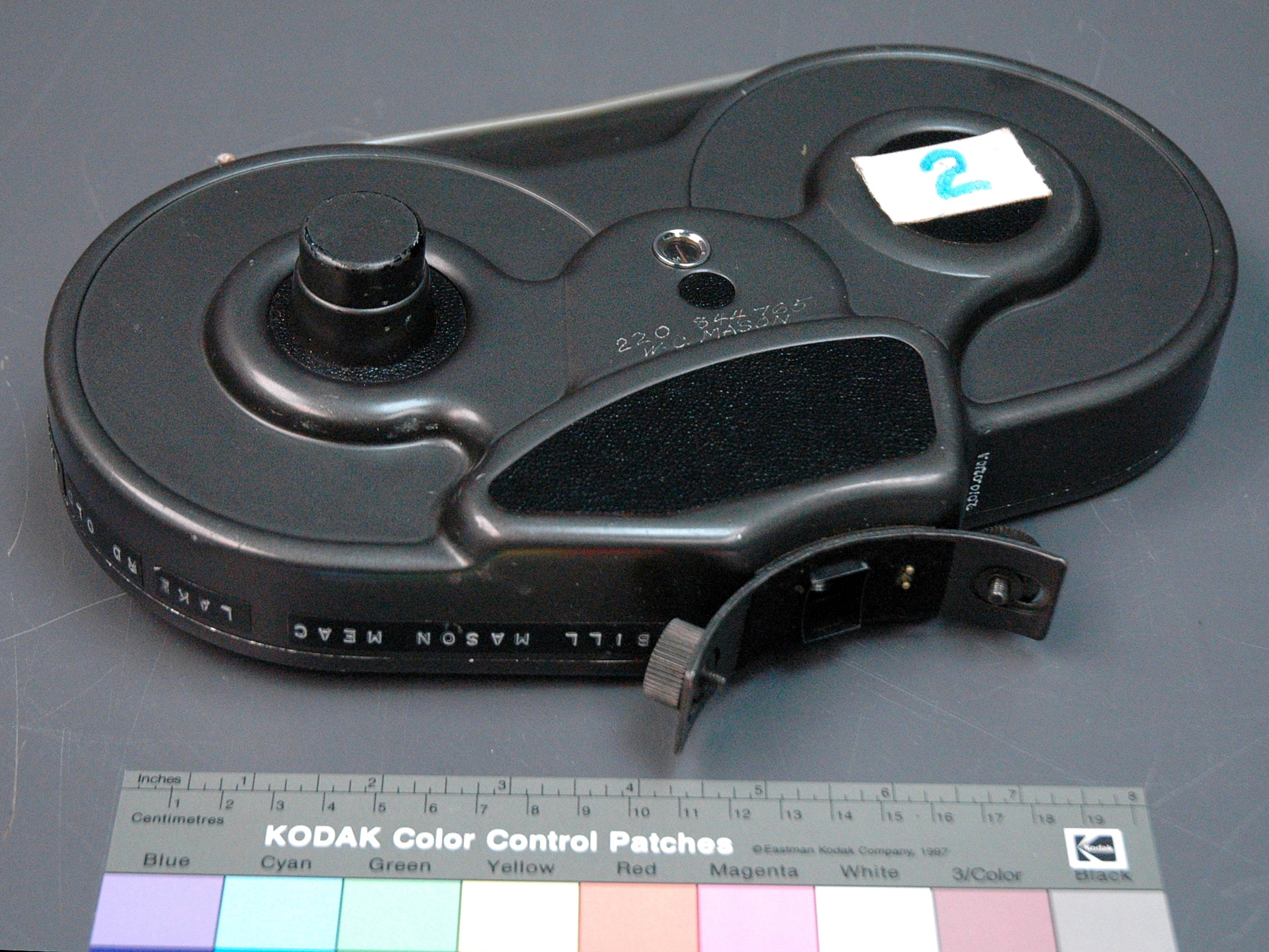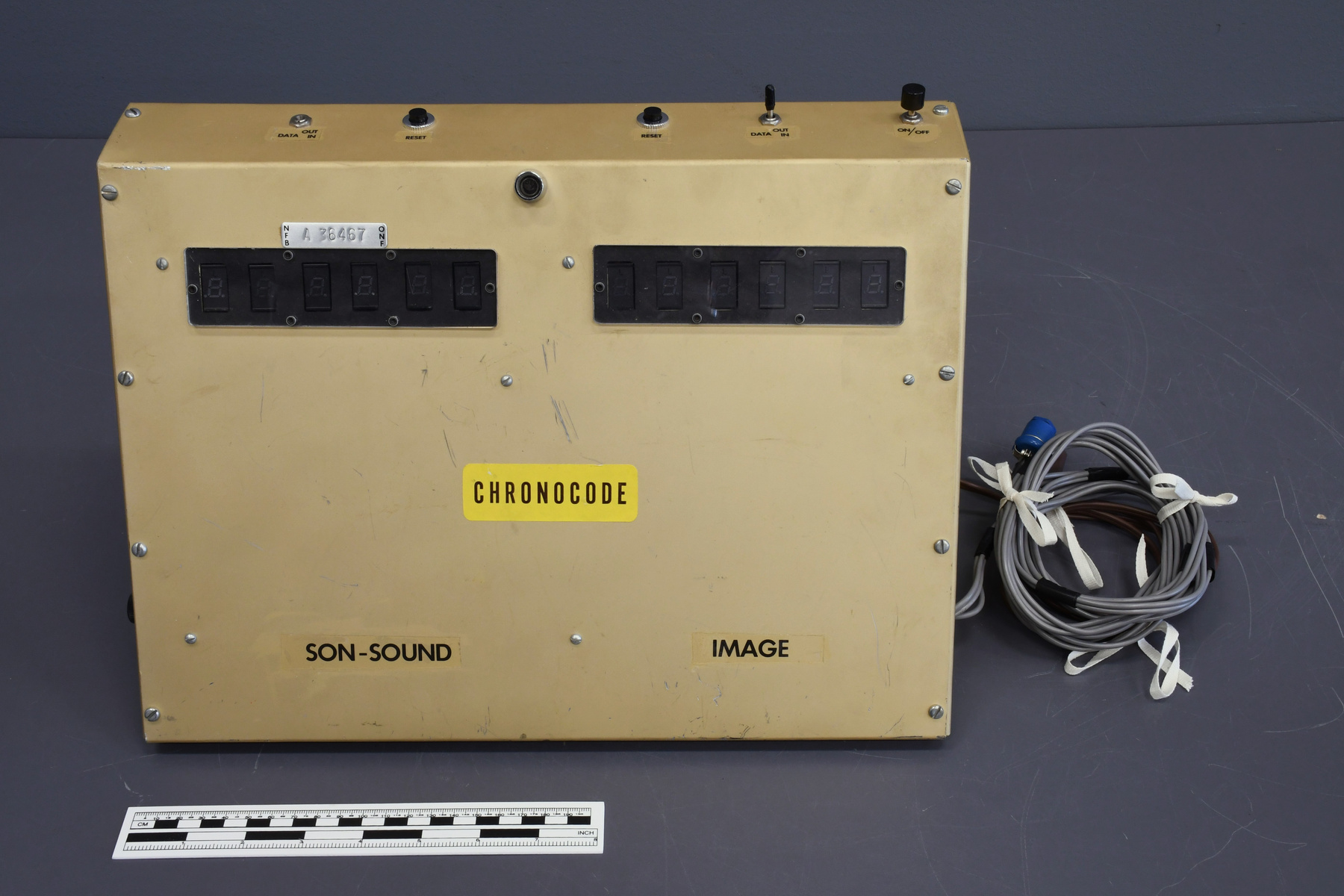Synchronizer
Use this image
Can I reuse this image without permission? Yes
Object images on the Ingenium Collection’s portal have the following Creative Commons license:
Copyright Ingenium / CC BY-NC-ND (Attribution-NonCommercial 4.0 International (CC BY-NC 4.0)
ATTRIBUTE THIS IMAGE
Ingenium,
2011.0305.002
Permalink:
Ingenium is releasing this image under the Creative Commons licensing framework, and encourages downloading and reuse for non-commercial purposes. Please acknowledge Ingenium and cite the artifact number.
DOWNLOAD IMAGEPURCHASE THIS IMAGE
This image is free for non-commercial use.
For commercial use, please consult our Reproduction Fees and contact us to purchase the image.
- OBJECT TYPE
- film/sound/time
- DATE
- 1975
- ARTIFACT NUMBER
- 2011.0305.002
- MANUFACTURER
- National Film Board of Canada
- MODEL
- Chronocode
- LOCATION
- Canada
More Information
General Information
- Serial #
- A-36467
- Part Number
- 2
- Total Parts
- 2
- AKA
- Time Index System
- Patents
- N/A
- General Description
- Metal casing with synthetic cords and parts.
Dimensions
Note: These reflect the general size for storage and are not necessarily representative of the object's true dimensions.
- Length
- 32.0 cm
- Width
- 17.5 cm
- Height
- 22.0 cm
- Thickness
- N/A
- Weight
- N/A
- Diameter
- N/A
- Volume
- N/A
Lexicon
- Group
- Communications
- Category
- Sound
- Sub-Category
- N/A
Manufacturer
- AKA
- NFB
- Country
- Canada
- State/Province
- Unknown
- City
- Unknown
Context
- Country
- Canada
- State/Province
- Quebec
- Period
- ca. 1970s
- Canada
-
For decades after its founding in 1941 the National Film Board was Canada’s largest centre for the production of films, the training of filmmakers, and the development of new film technology. Unlike the CBC, much of whose production was broadcast live, recorded on video tape, purchased from other sources, or limited to ephemeral news films, the NFB was dedicated to the production of original films for exhibition largely in the film medium. Due to its freedom from commercial pressures, its large permanent staff and its possession of its own studios and laboratories, the NFB was able to maintain high technical standards and encourage technical and stylistic innovation by its staff. From the early 1950s through the early 1960s, the National Film Board enjoyed a "golden age" with a string of award-winning documentaries and innovative animated films. Expo 67 and the NFB's showcase Labyrinth pavilion marked the apogee of the institution's political and financial fortunes. By the end of the 1960s, however, there was growing public and political disenchantment with the NFB over unsuccessful forays into feature films, a number of controversial documentaries and a decline in its output of educational and sponsored factual films. Over the next two decades, the federal government promoted the development of a commercial film industry by taking away the NFB's lucrative sponsored work (done for government departments) and providing grants and tax incentives for privately produced feature films. Henceforth the Board would increasingly limit itself to research and experimentation, the training of young filmmakers, and provision of technical and distribution services for independent producers. Board staff produced a steady supply of award-winning documentaries, dramas and animated films through the 1970s and 1980s, yet its role within the Canadian film landscape was steadily diminishing. In the last two decades, it has sharpened its focus on “social issue documentaries, auteur animation and alternative dramas” and has brought its distribution system into the digital age. Increasingly, its films are realized through a diverse range of community-based projects, programs for emerging filmmakers, and joint productions with independent producers and directors. - Function
-
Part of a system that facilitates synchronizing post-production of images and sound on separate cameras and tape recorders. - Technical
-
Consisting of two units, this was an early electronic time index system developed at the NFB to facilitate post-production synchronization of images and sound recorded on separate and unconnected cameras and tape recorders. Described by Leo O’Donnell at the Society of Motion Picture and Television Engineers technical conference in 1972, it was the first ever use of machine-readable coding for cinema film. Calibrated by a quartz clock, the system used LEDs to print binary coded time and date information on the film edge while the camera was in operation. At the same time a second calibrated signal generator recorded an identical code as sound pulses on the audio tape. Chronocode was used during the 1976 Olympic Games in Montreal to synchronize several cameras and sound recorders. The NFB film by Jean-Claude Labrecque, Jeux de la XXIe olympiade/Games of the XXI Olympiad, was the first ever Olympic feature shot with synchronized sound. This system is covered by two Canadian patents, #971412 and #995508. - Area Notes
-
Unknown
Details
- Markings
- On switch labels on the proper top: "DATA OUT/ IN/ RESET/ RESET/ DATA OUT/ IN/ ON/OFF"/ On the plate on the proper front: "NFB A36467 ONF"/ Labels on the proper front: "CHRONOCODE/ SON-SOUND/ IMAGE"
- Missing
- Appears complete
- Finish
- Gold-coloured finished metal casing with black number display, buttons and switches, silver-coloured metal switches and serial number plate, a yellow label with black text, and grey and brown cords.
- Decoration
- N/A
CITE THIS OBJECT
If you choose to share our information about this collection object, please cite:
National Film Board of Canada, Synchronizer, circa 1975, Artifact no. 2011.0305, Ingenium – Canada’s Museums of Science and Innovation, http://collections.ingeniumcanada.org/en/id/2011.0305.002/
FEEDBACK
Submit a question or comment about this artifact.
More Like This
